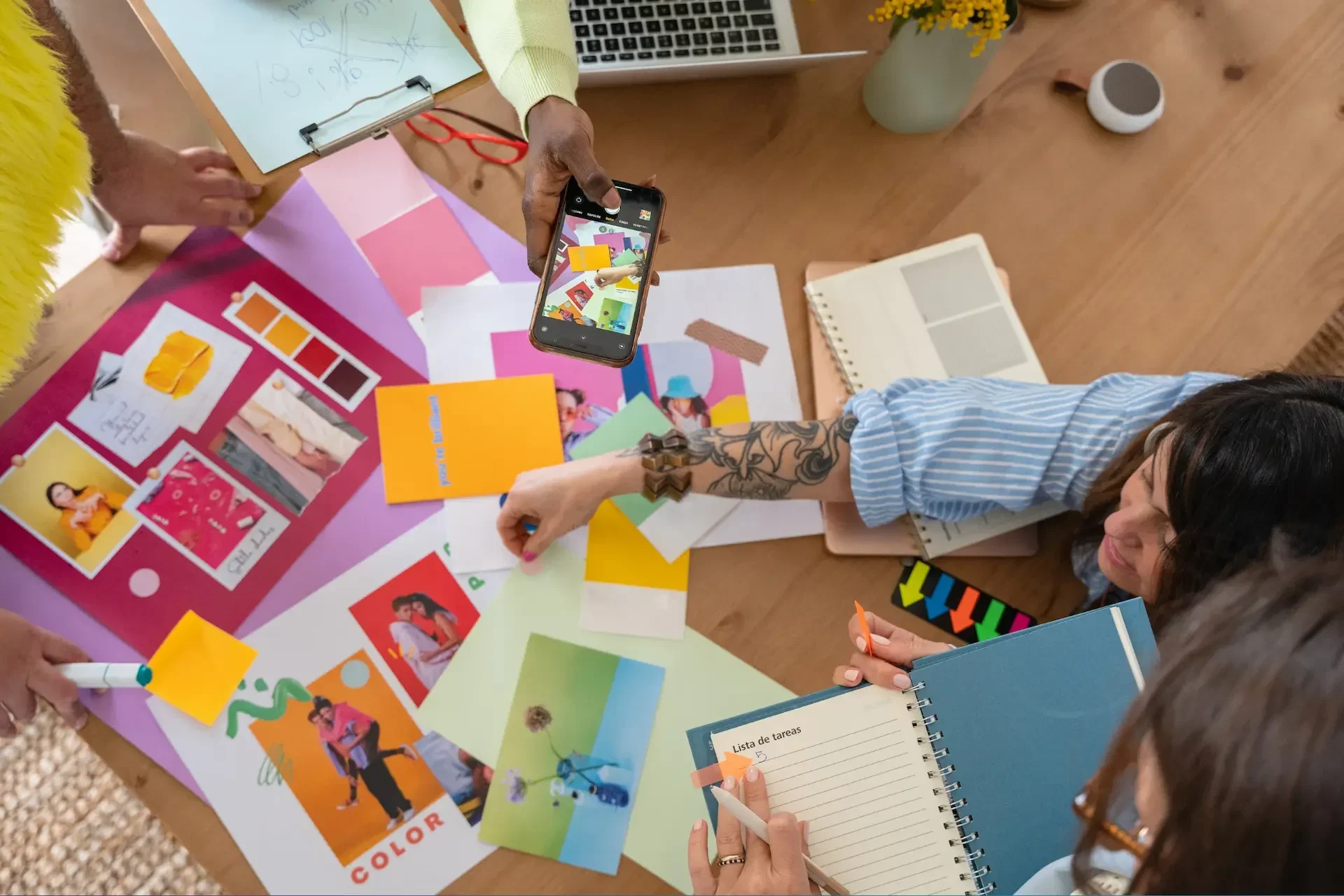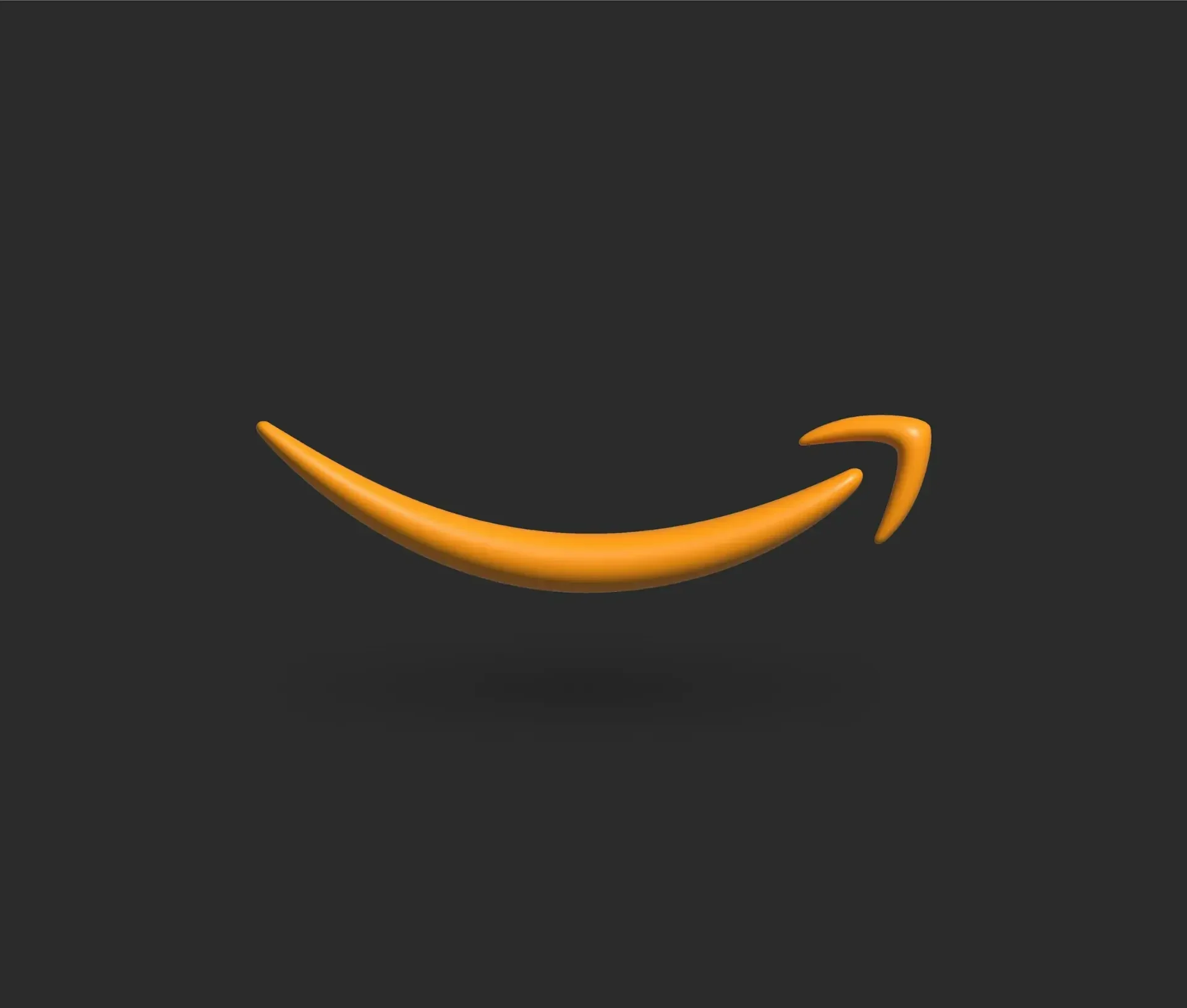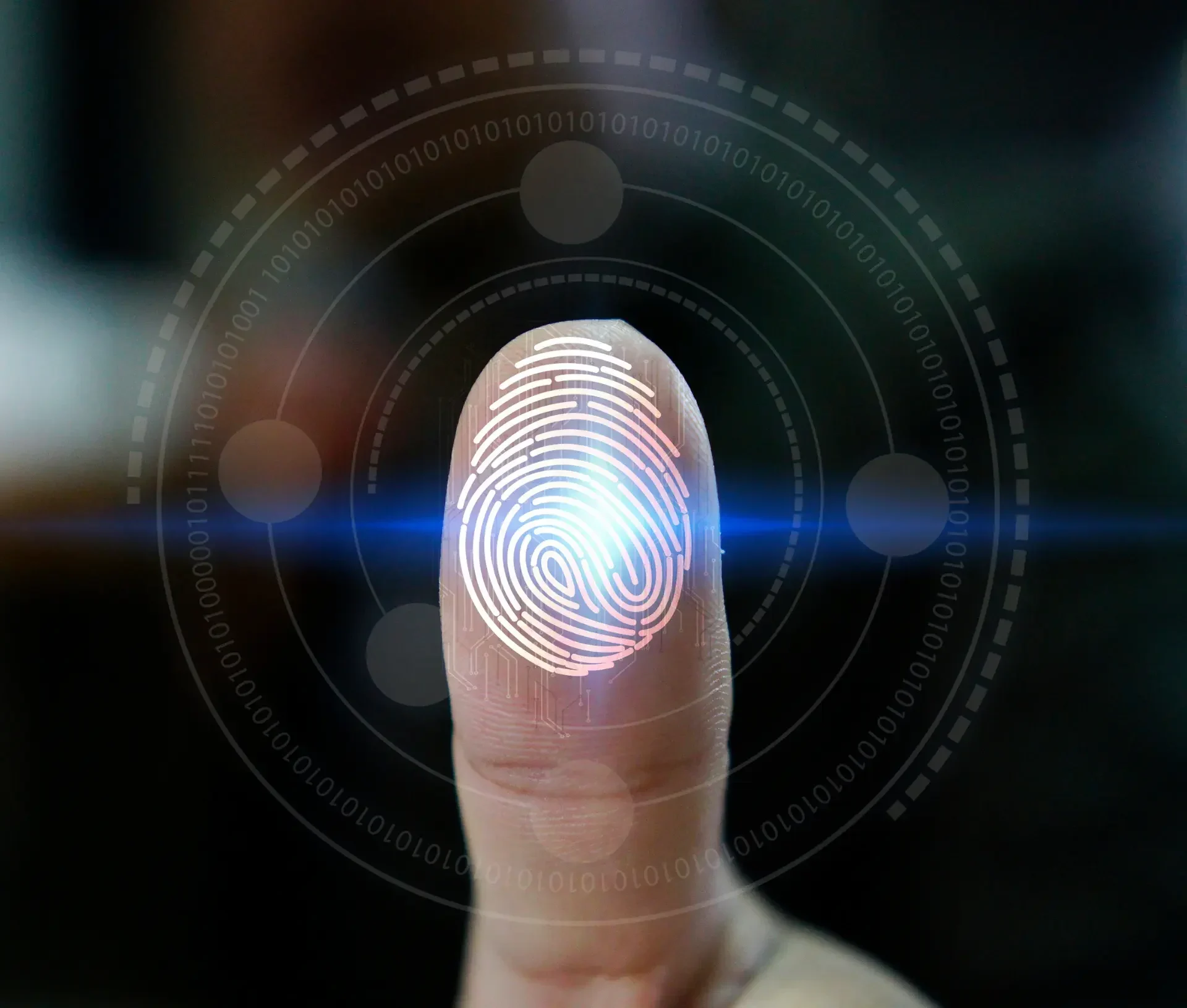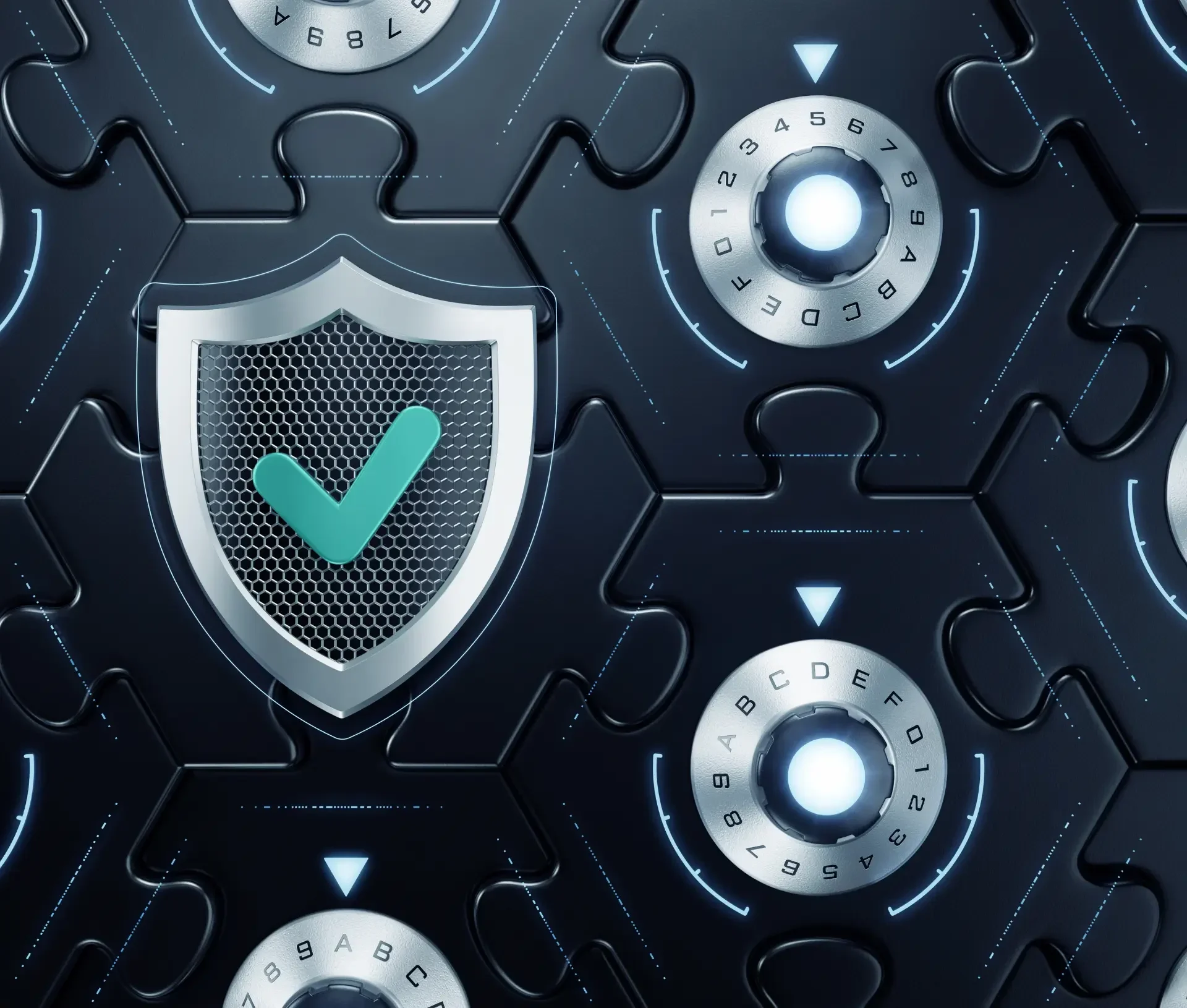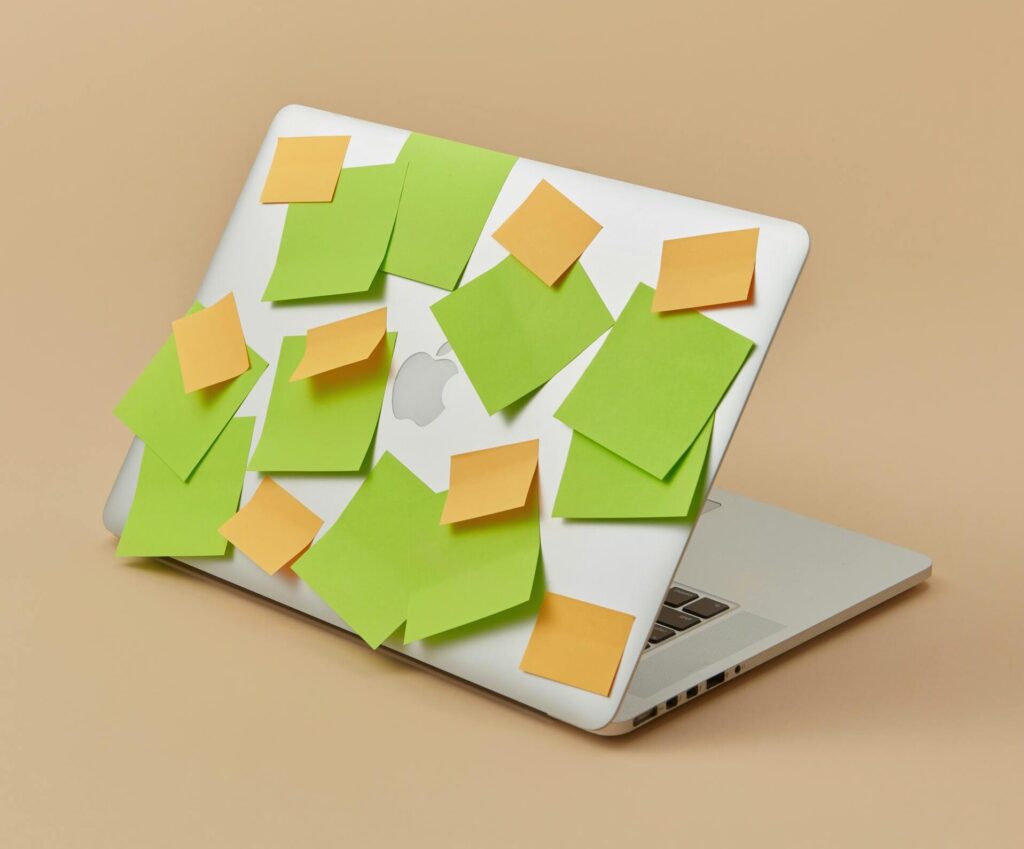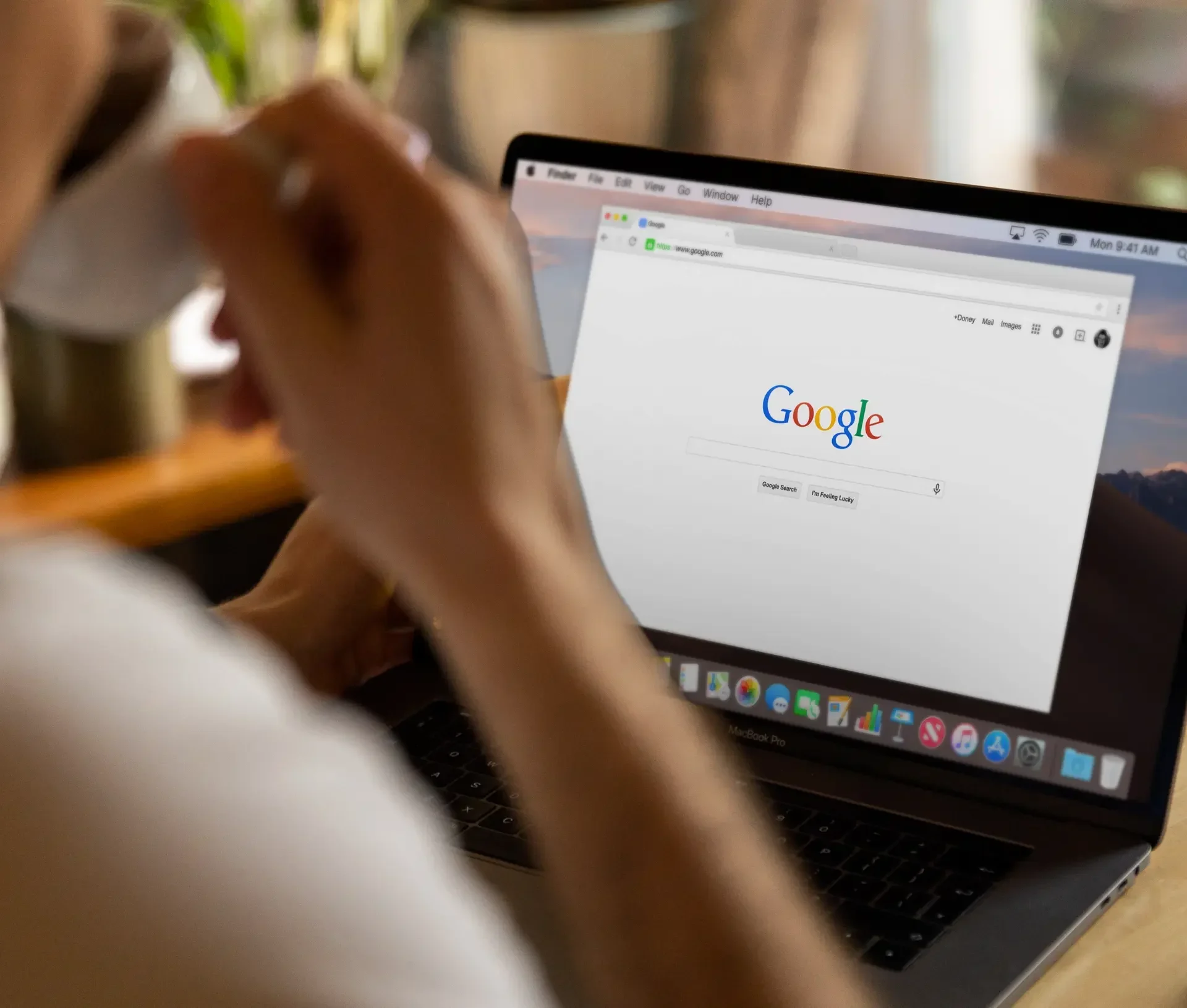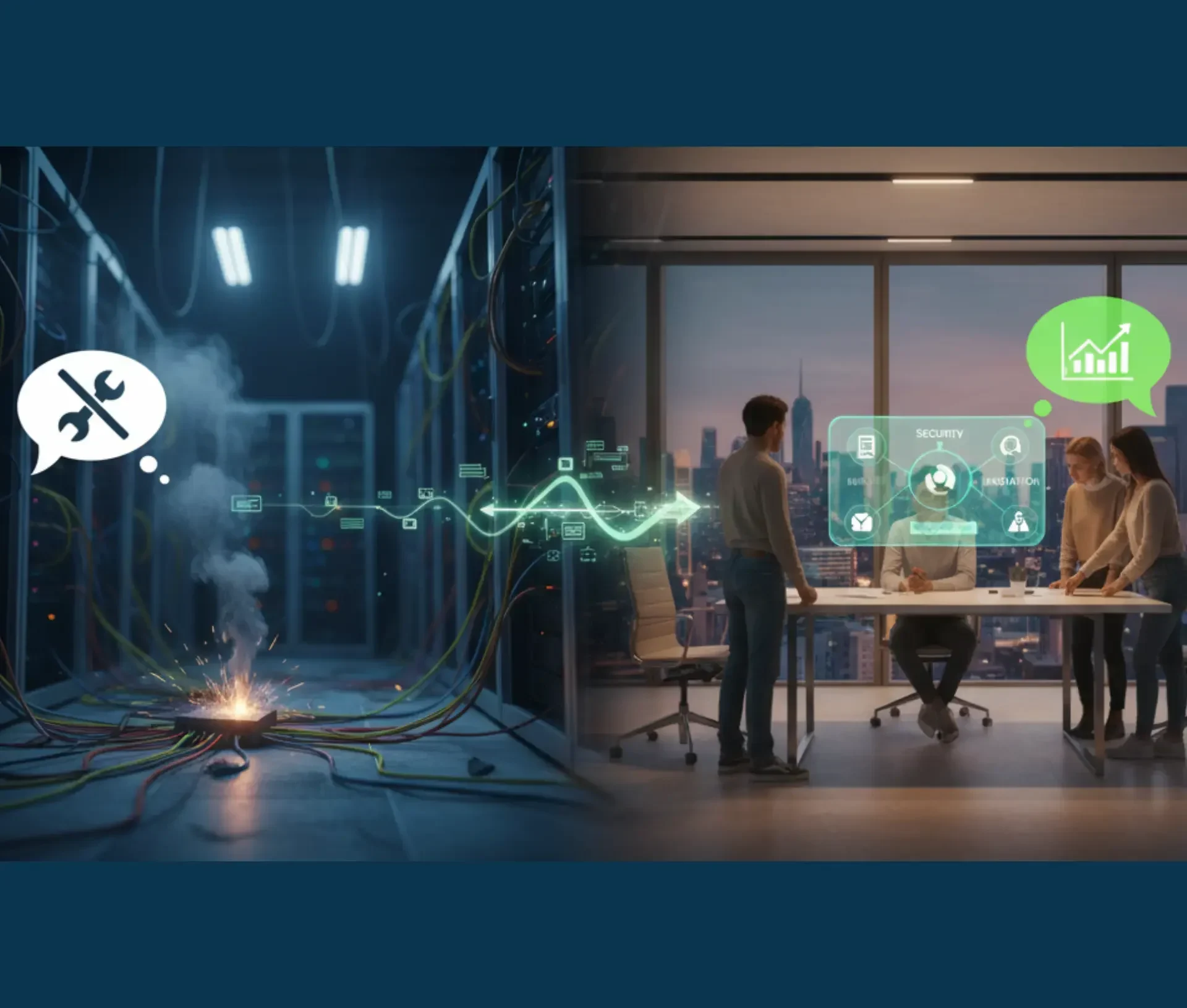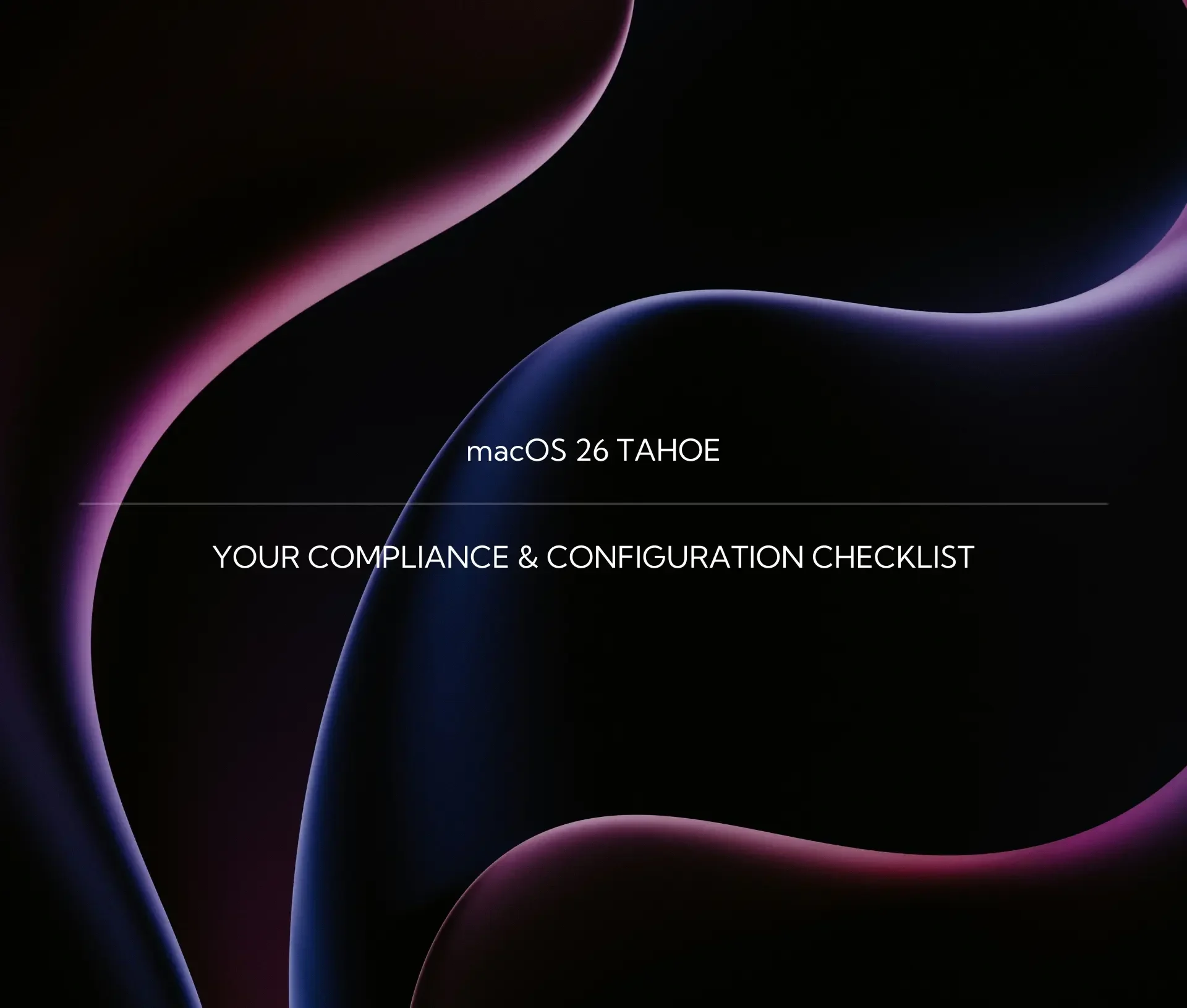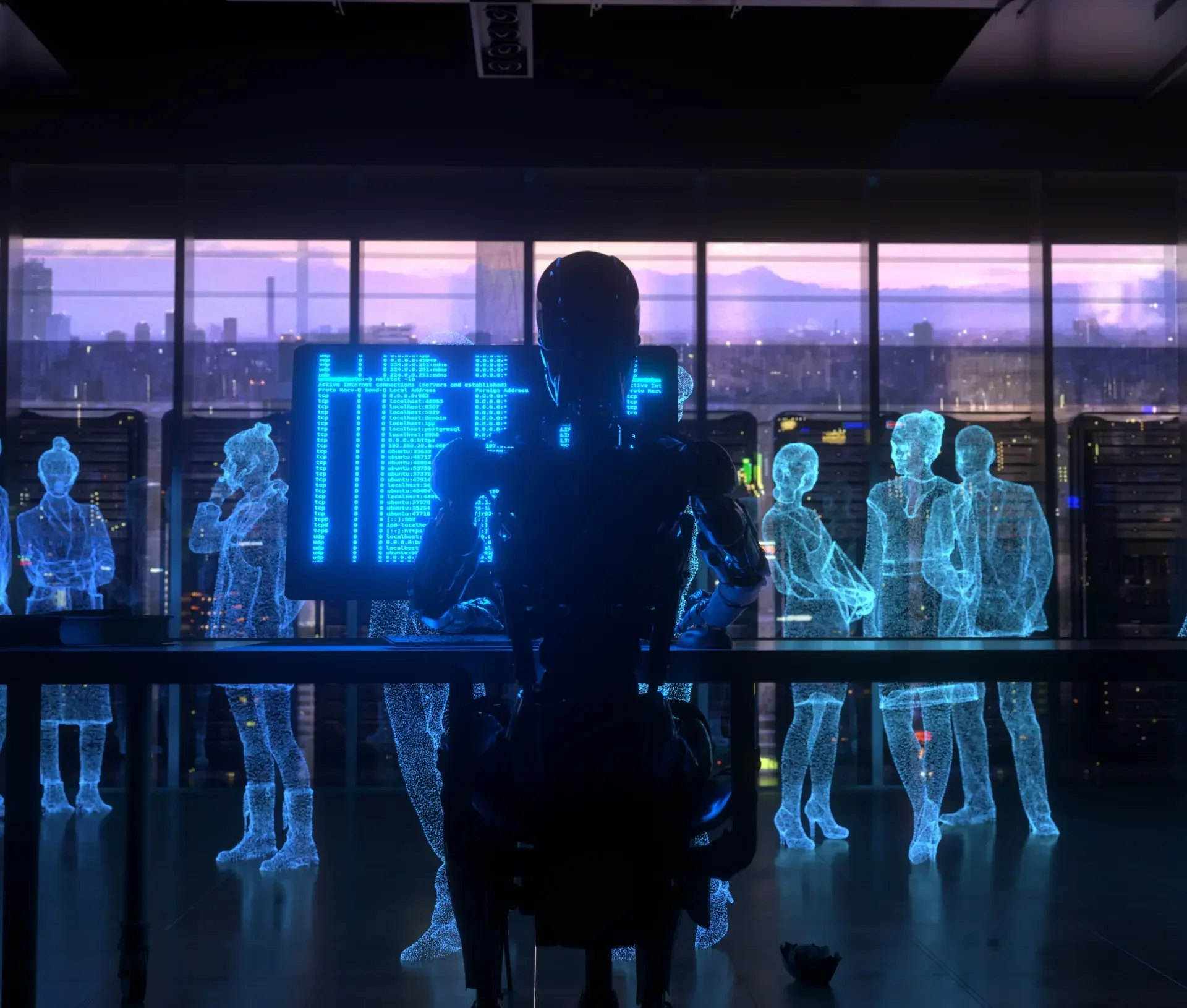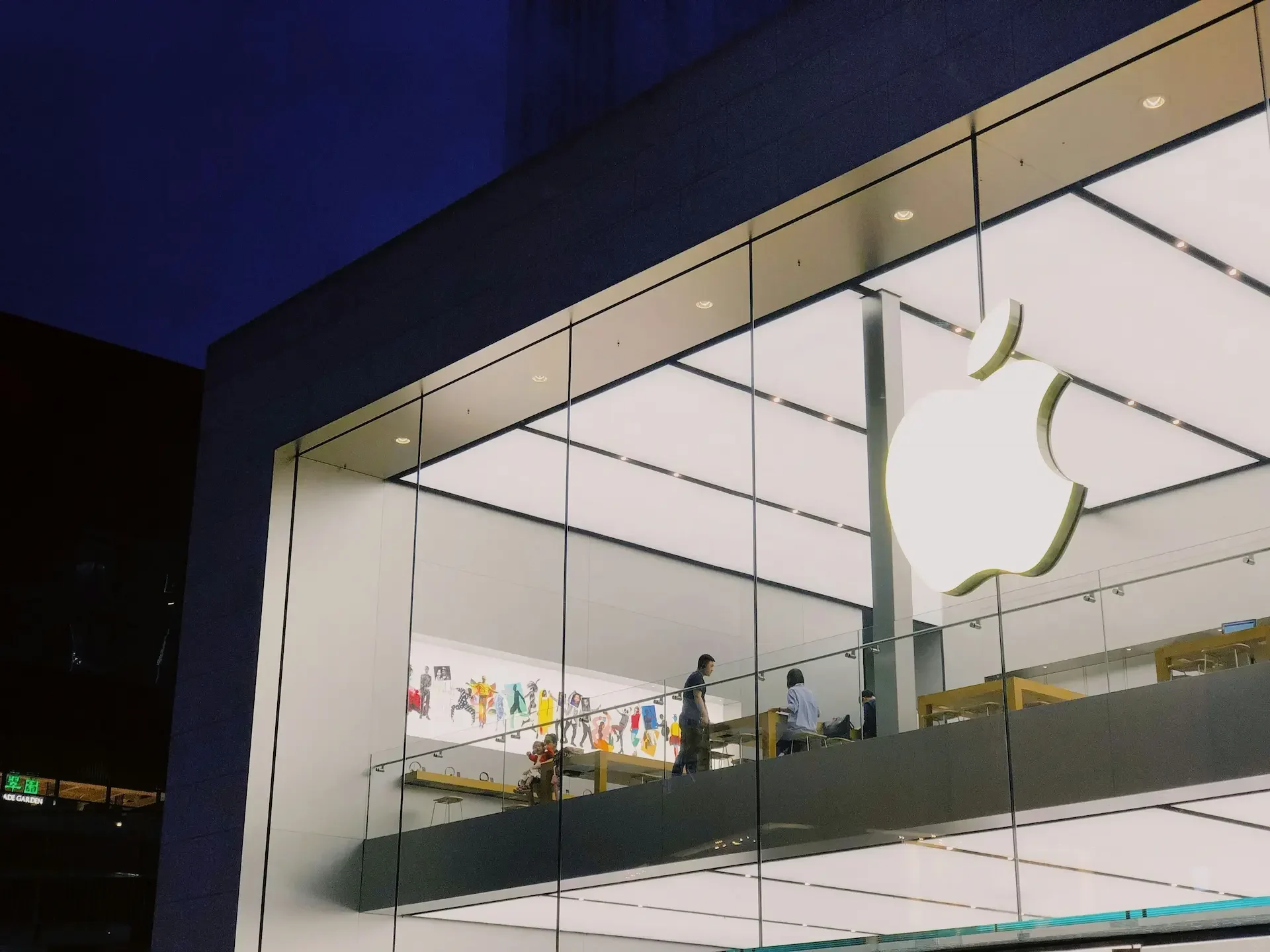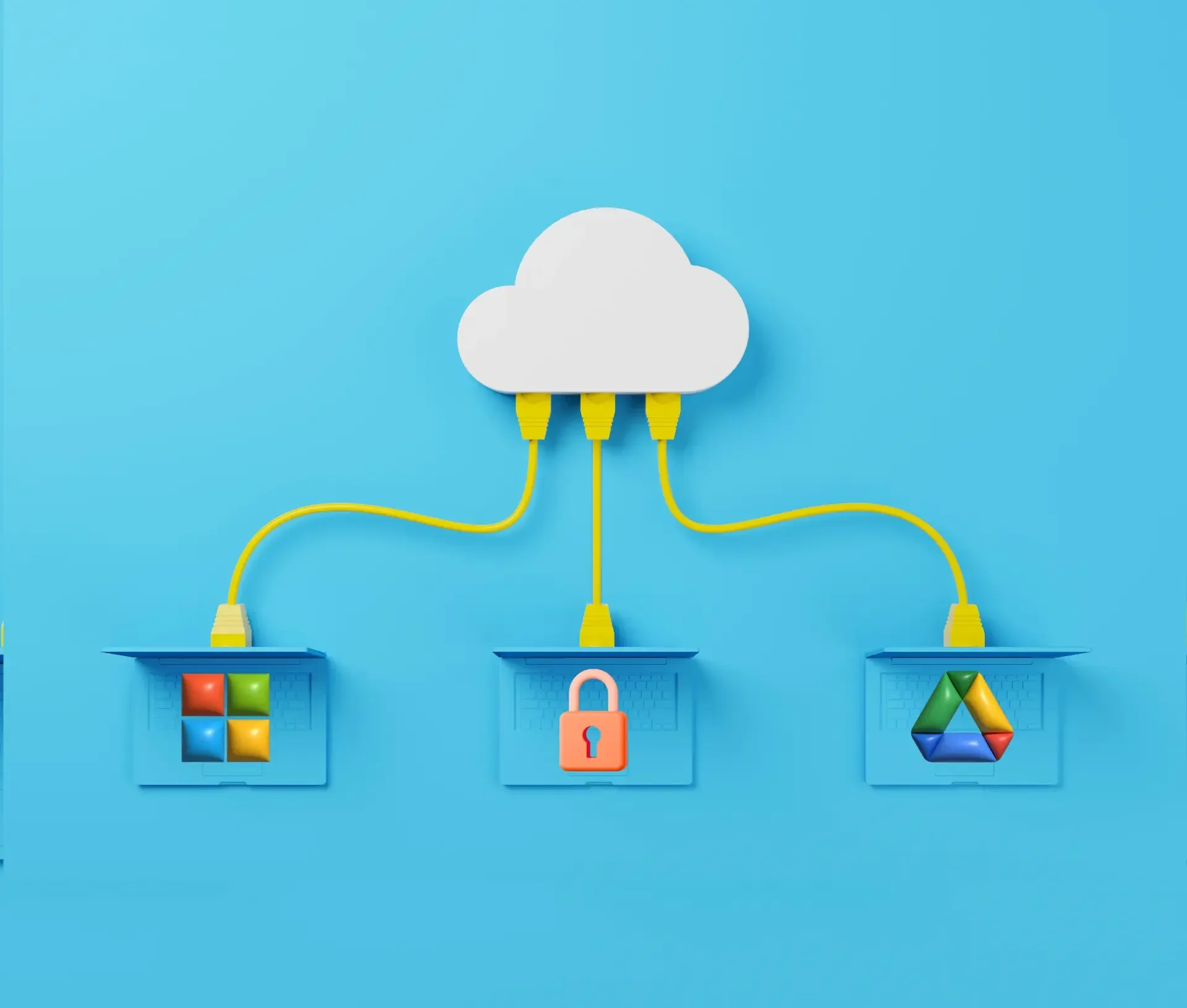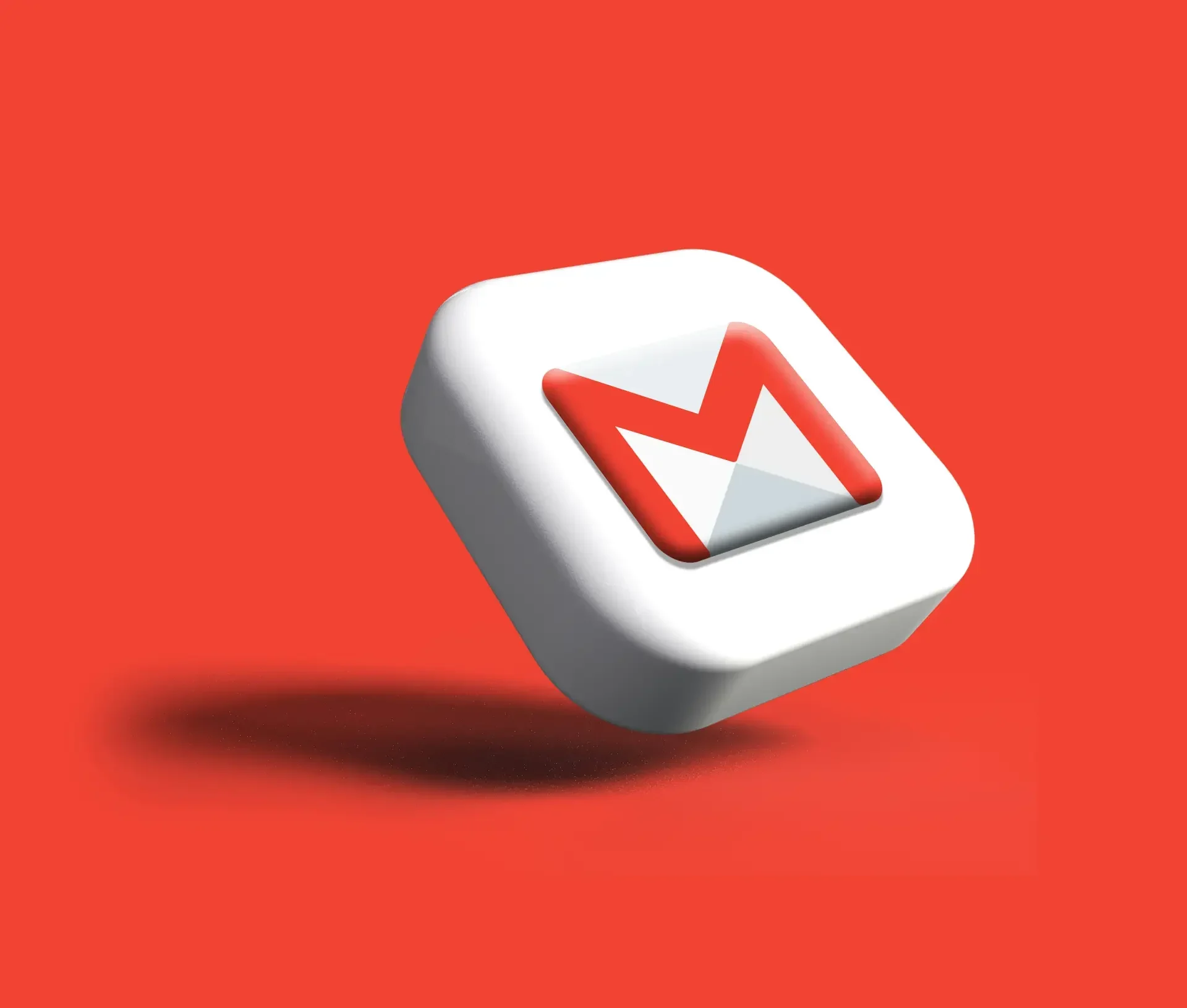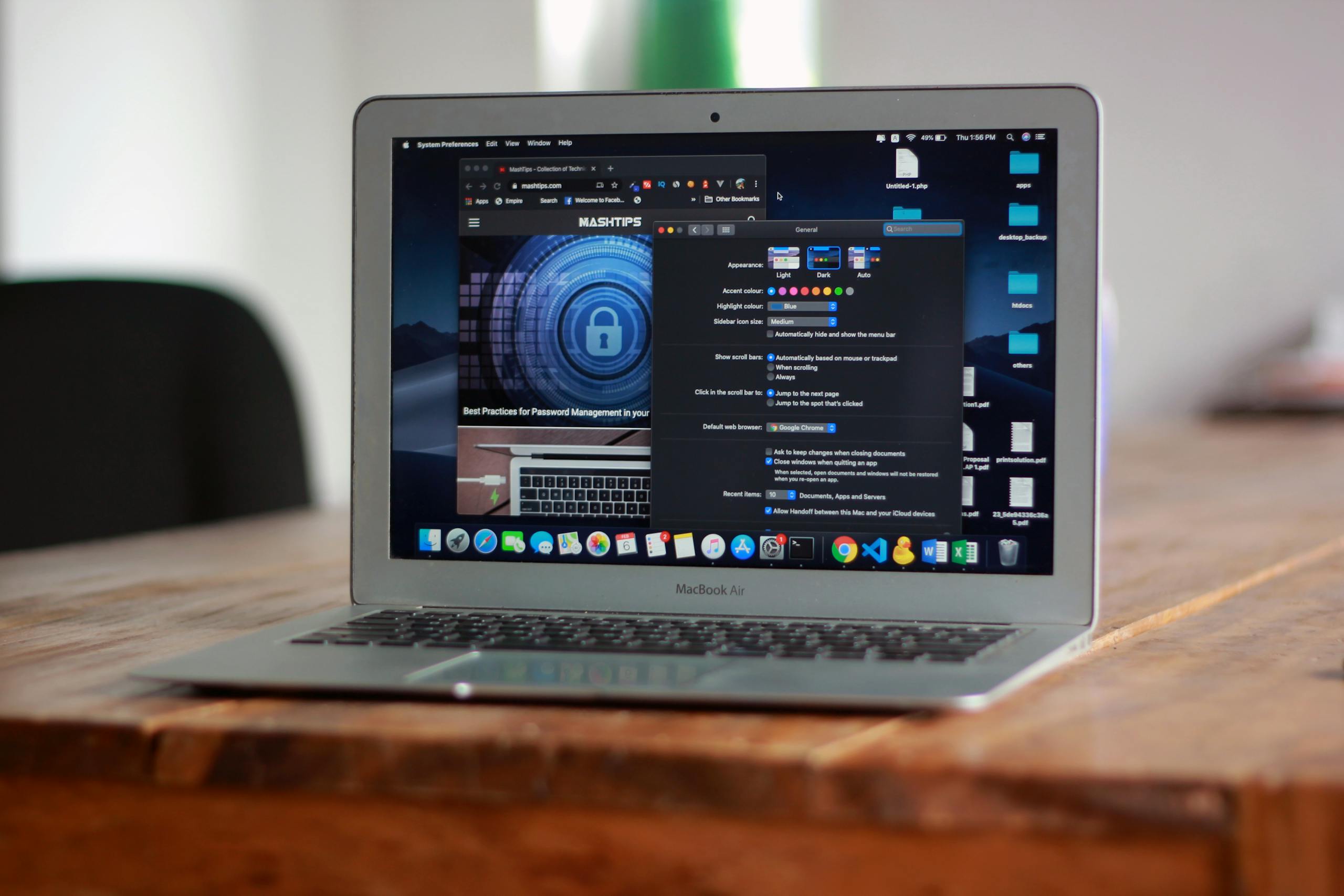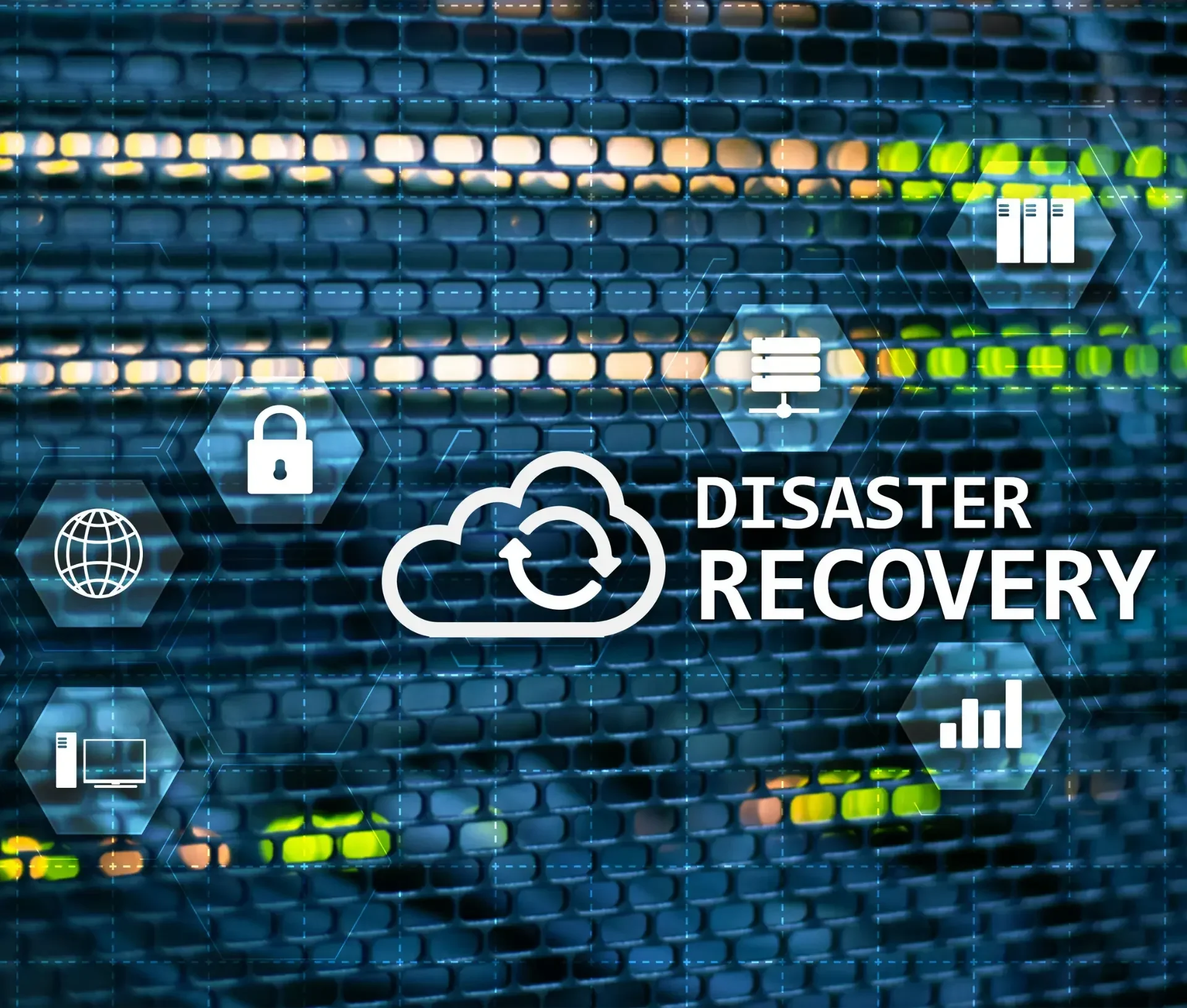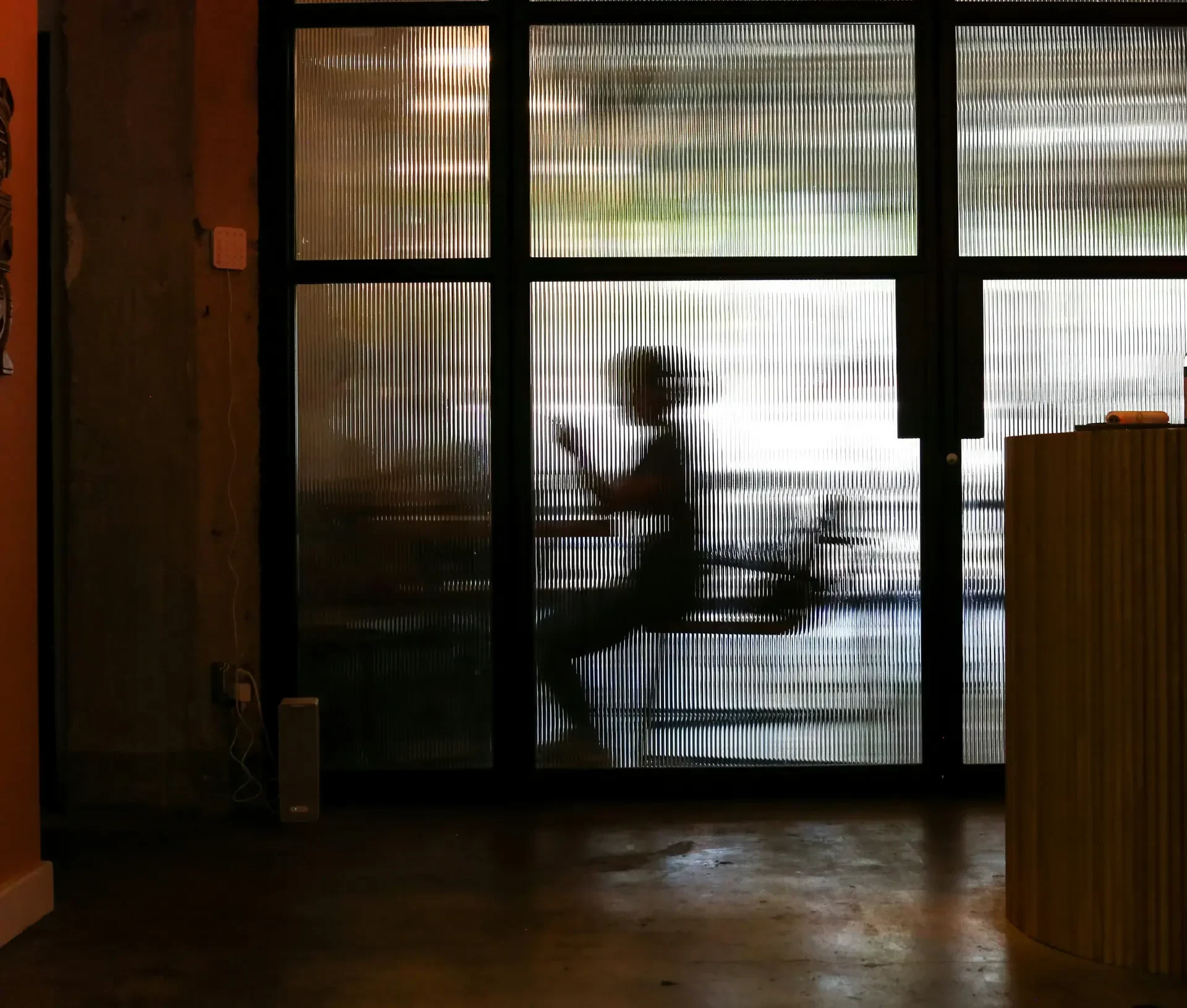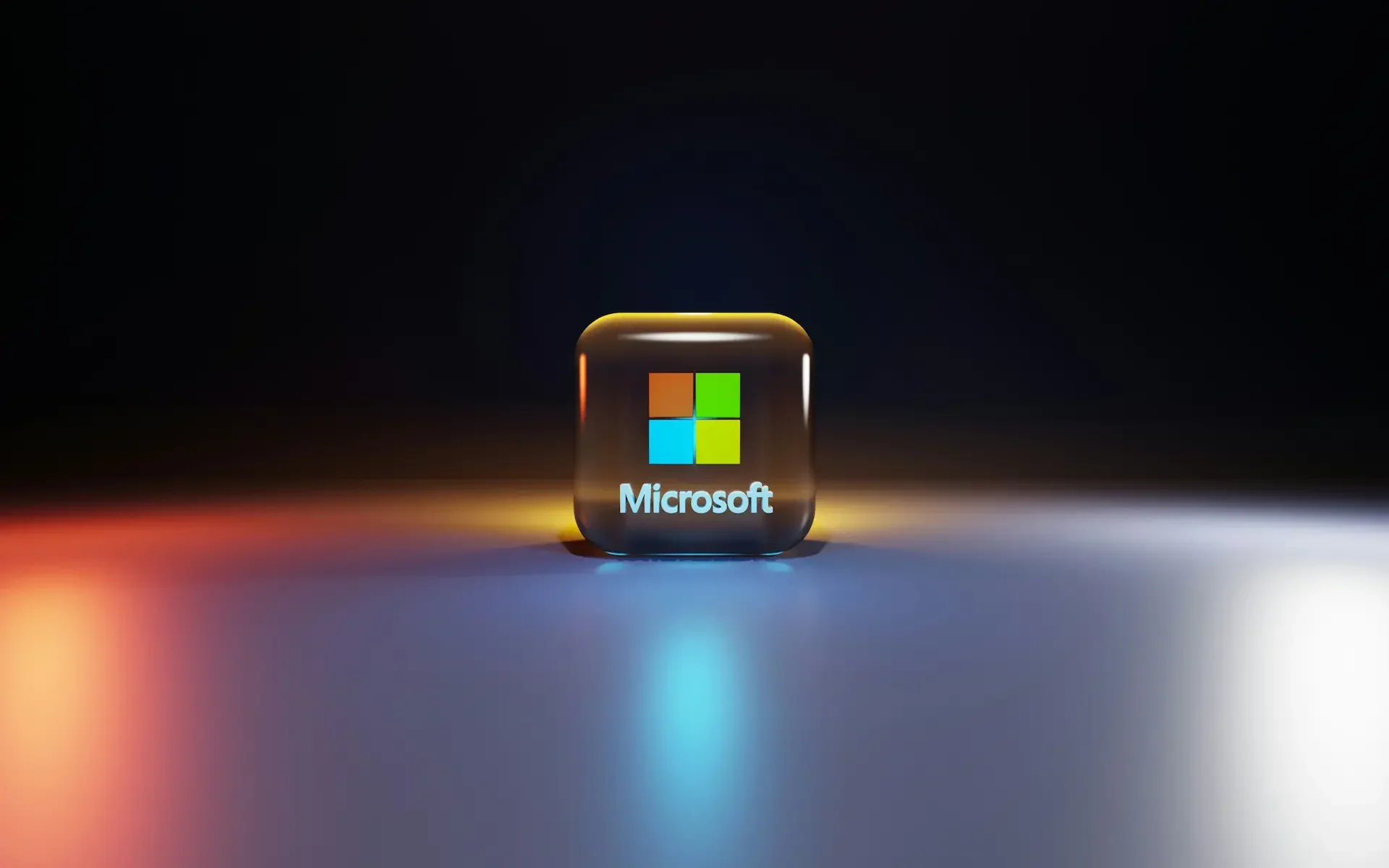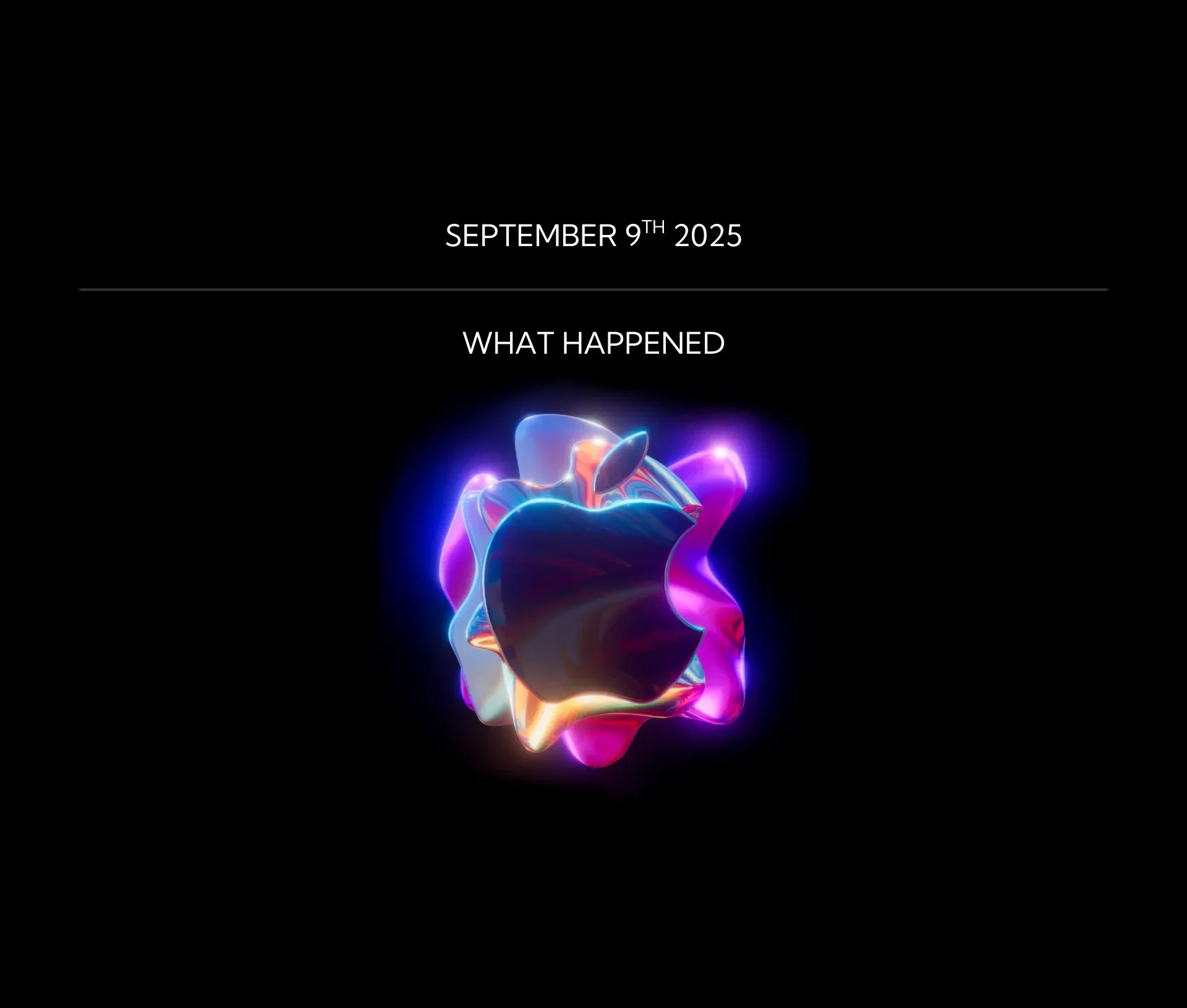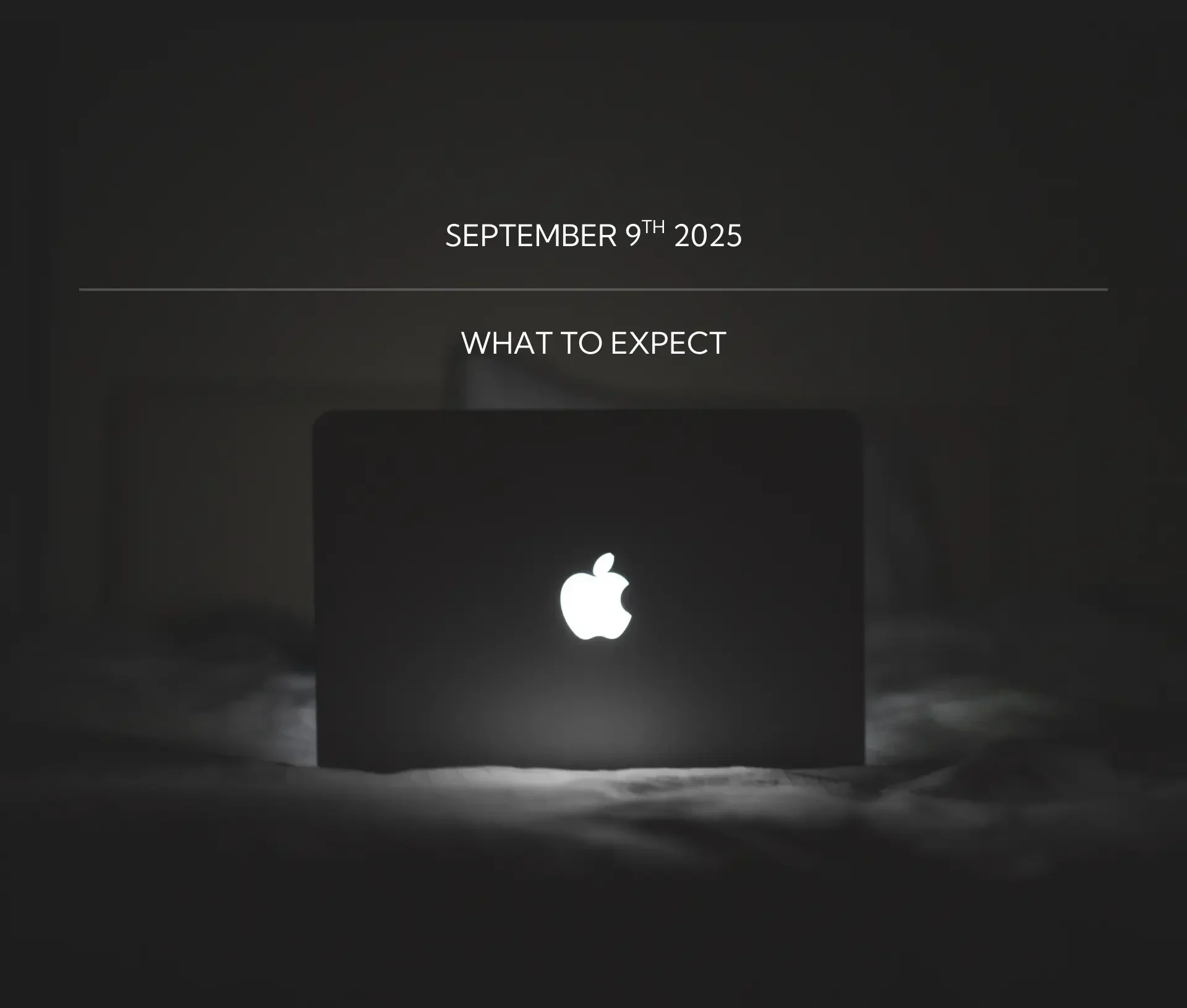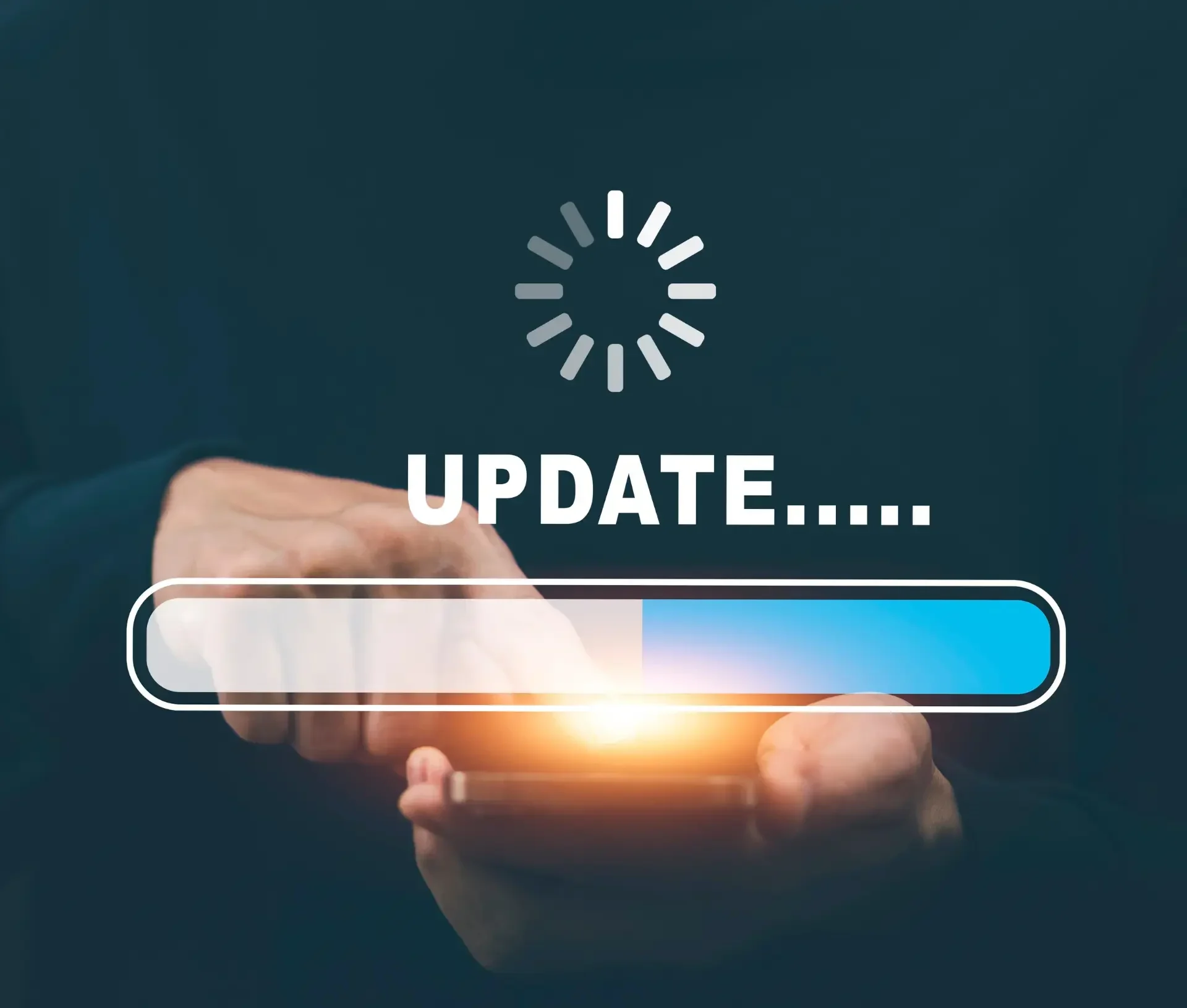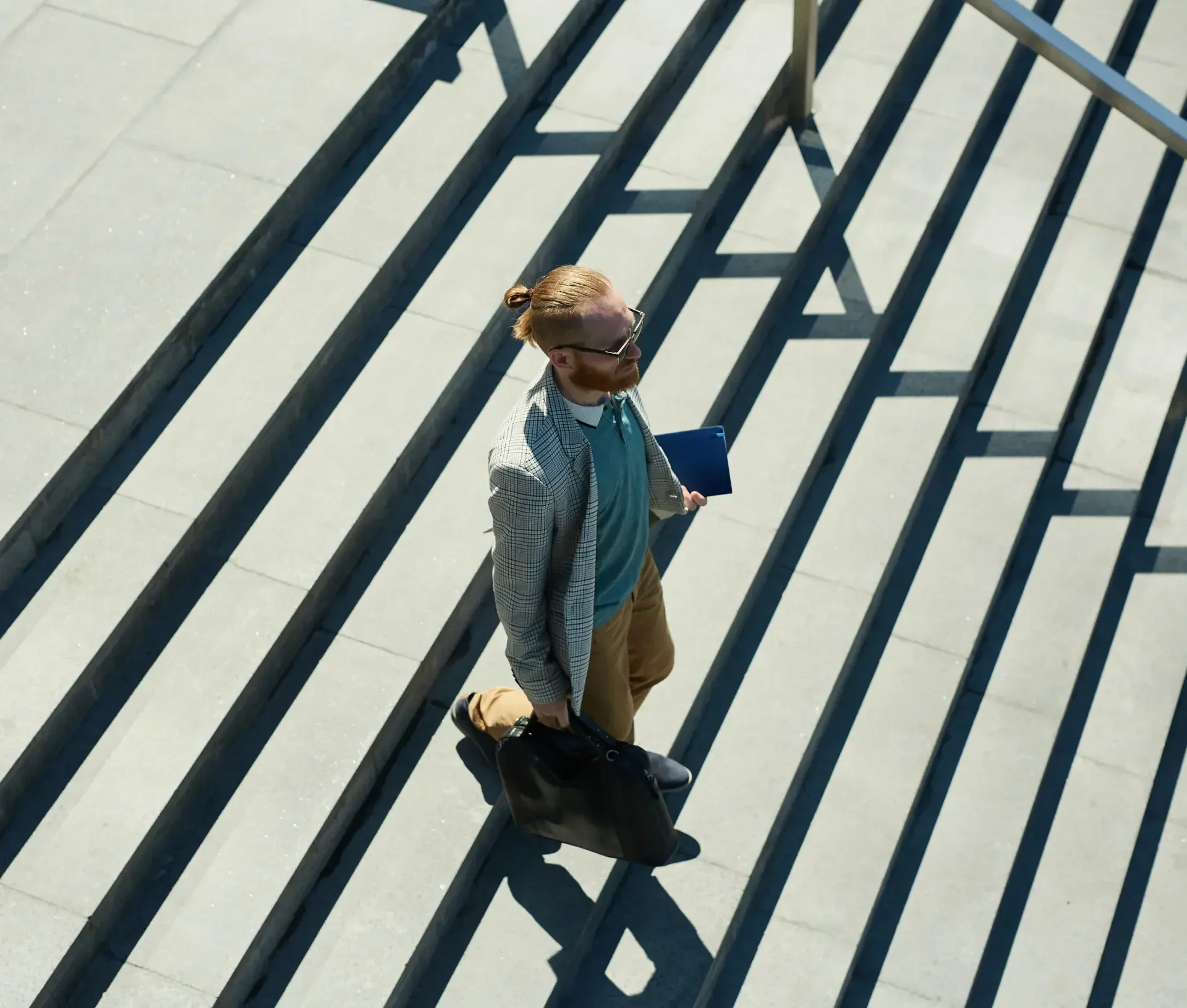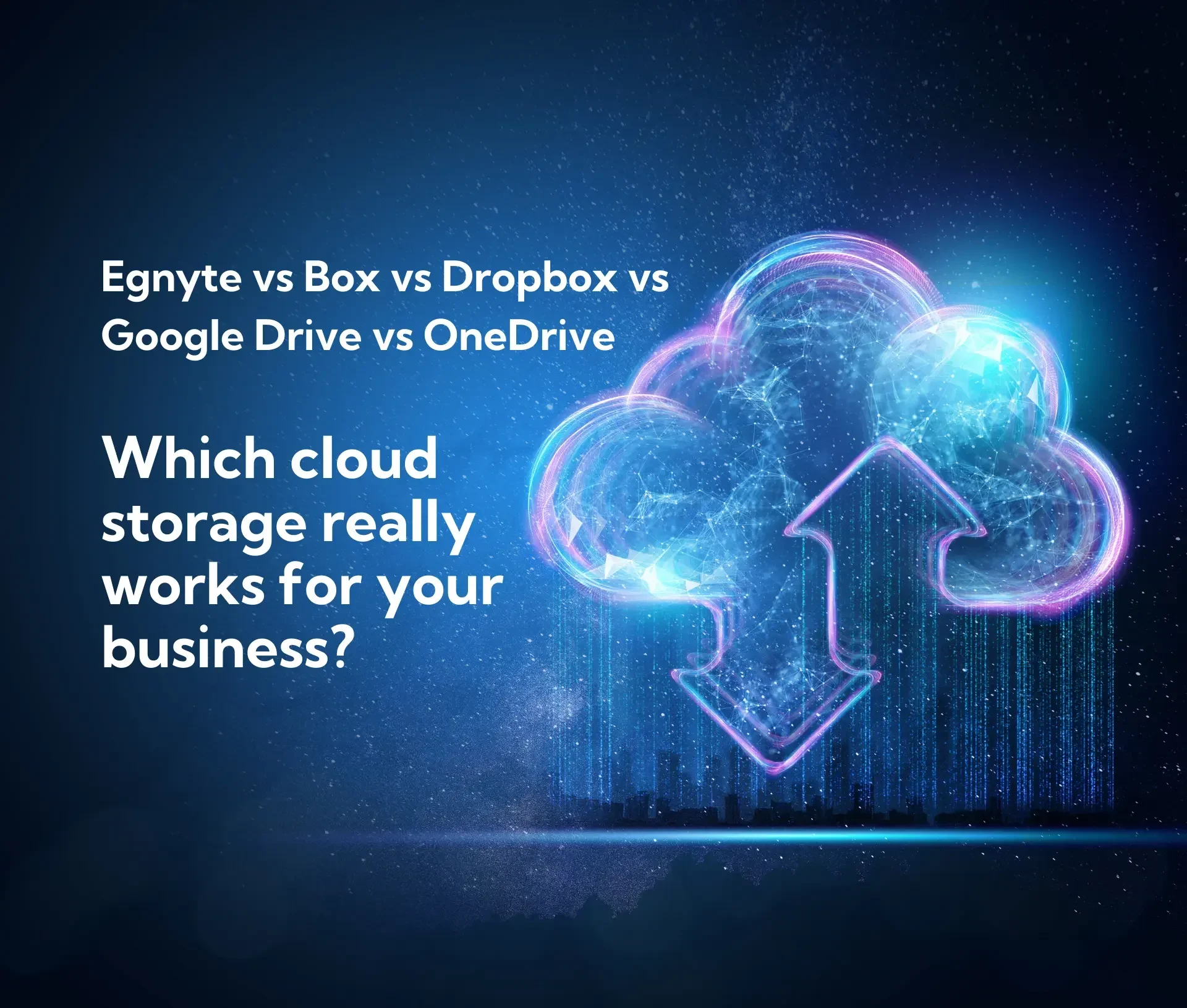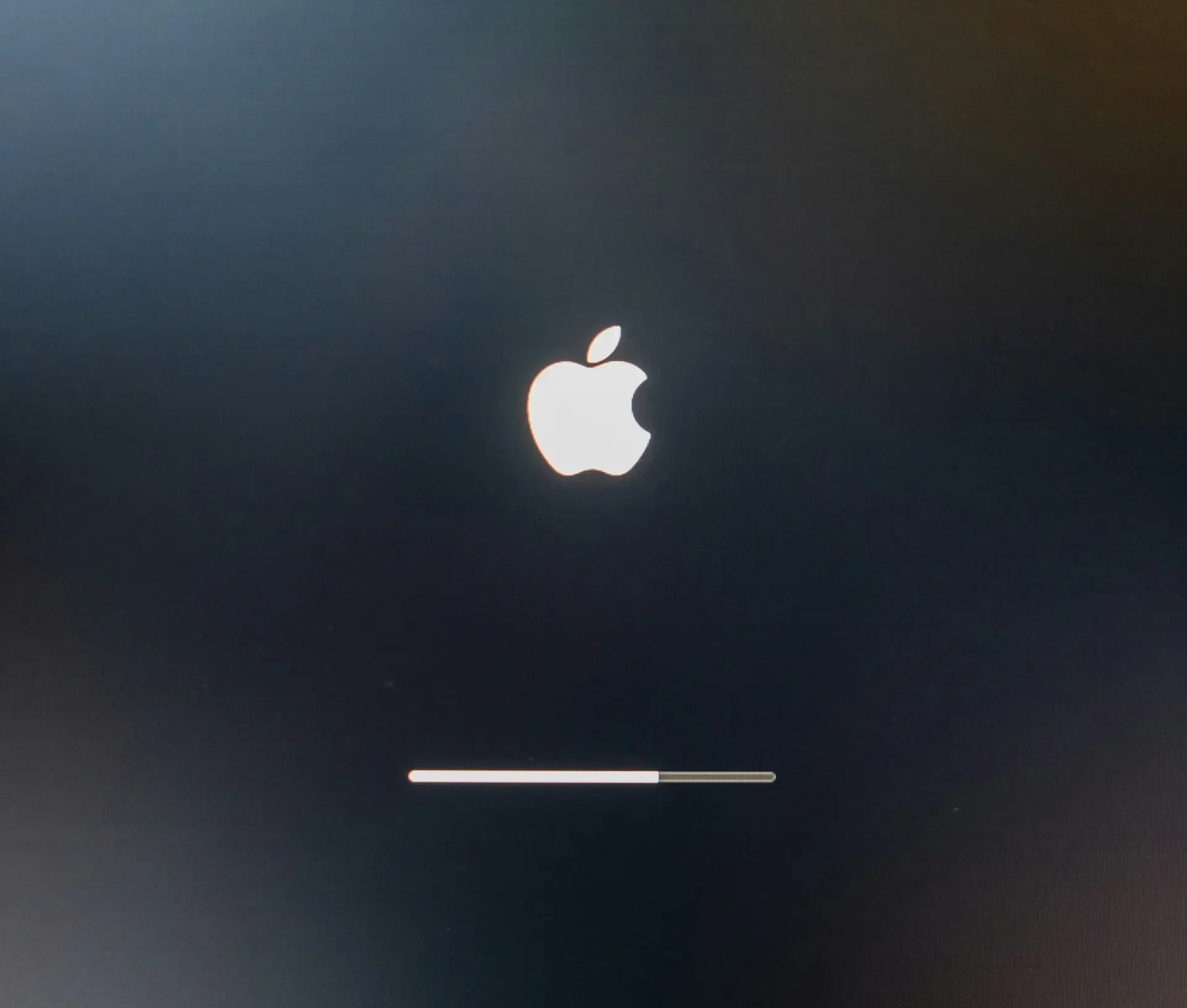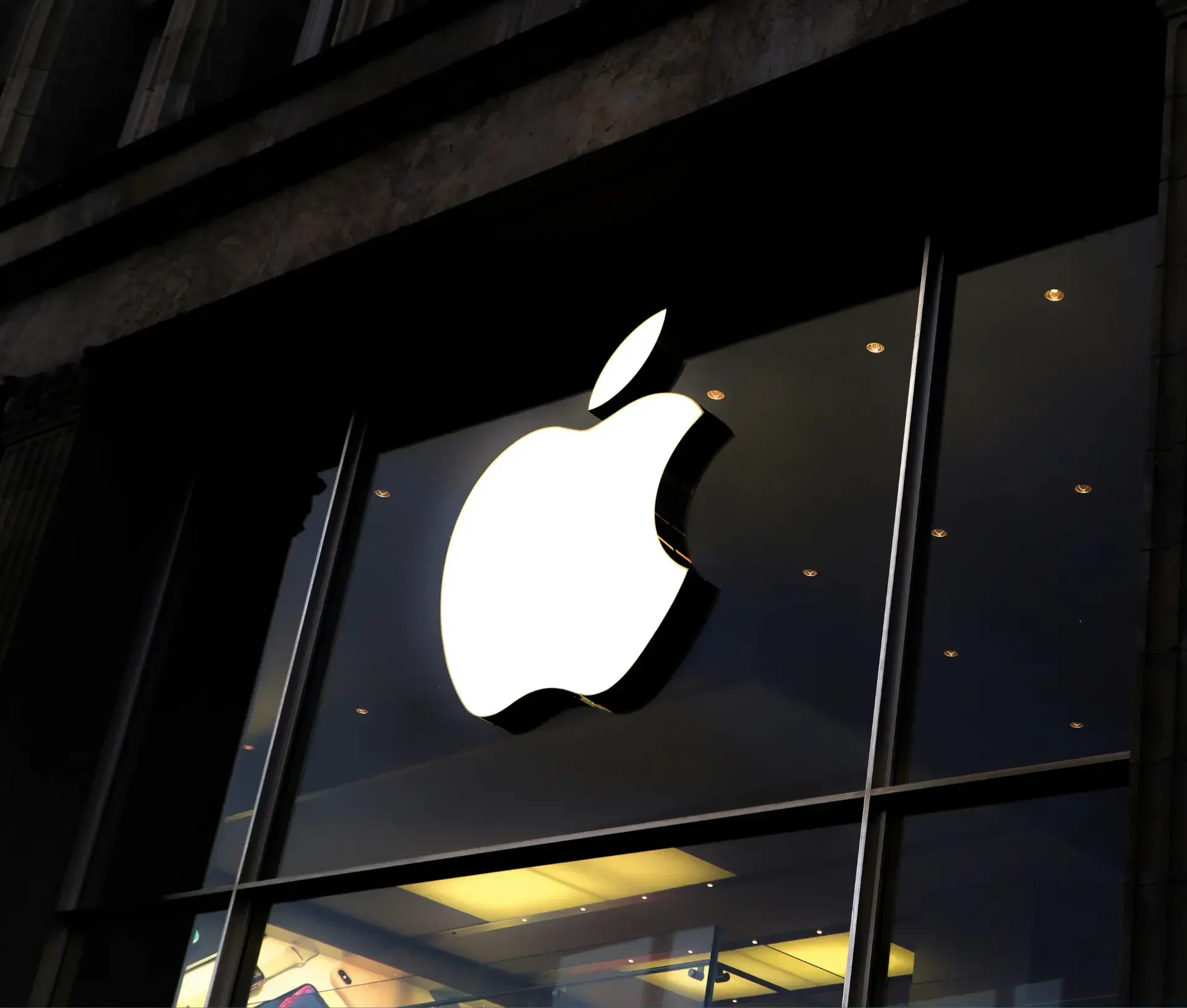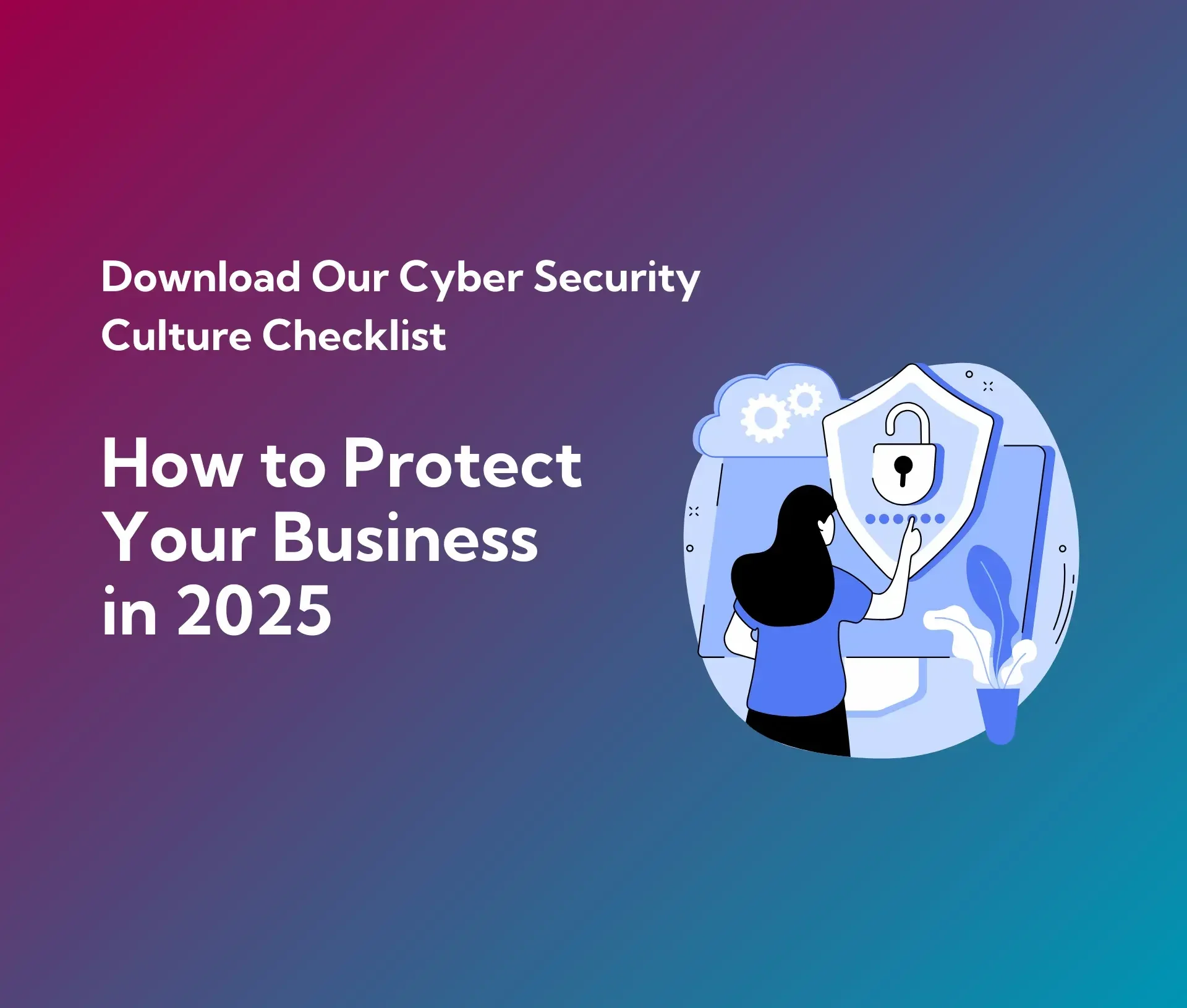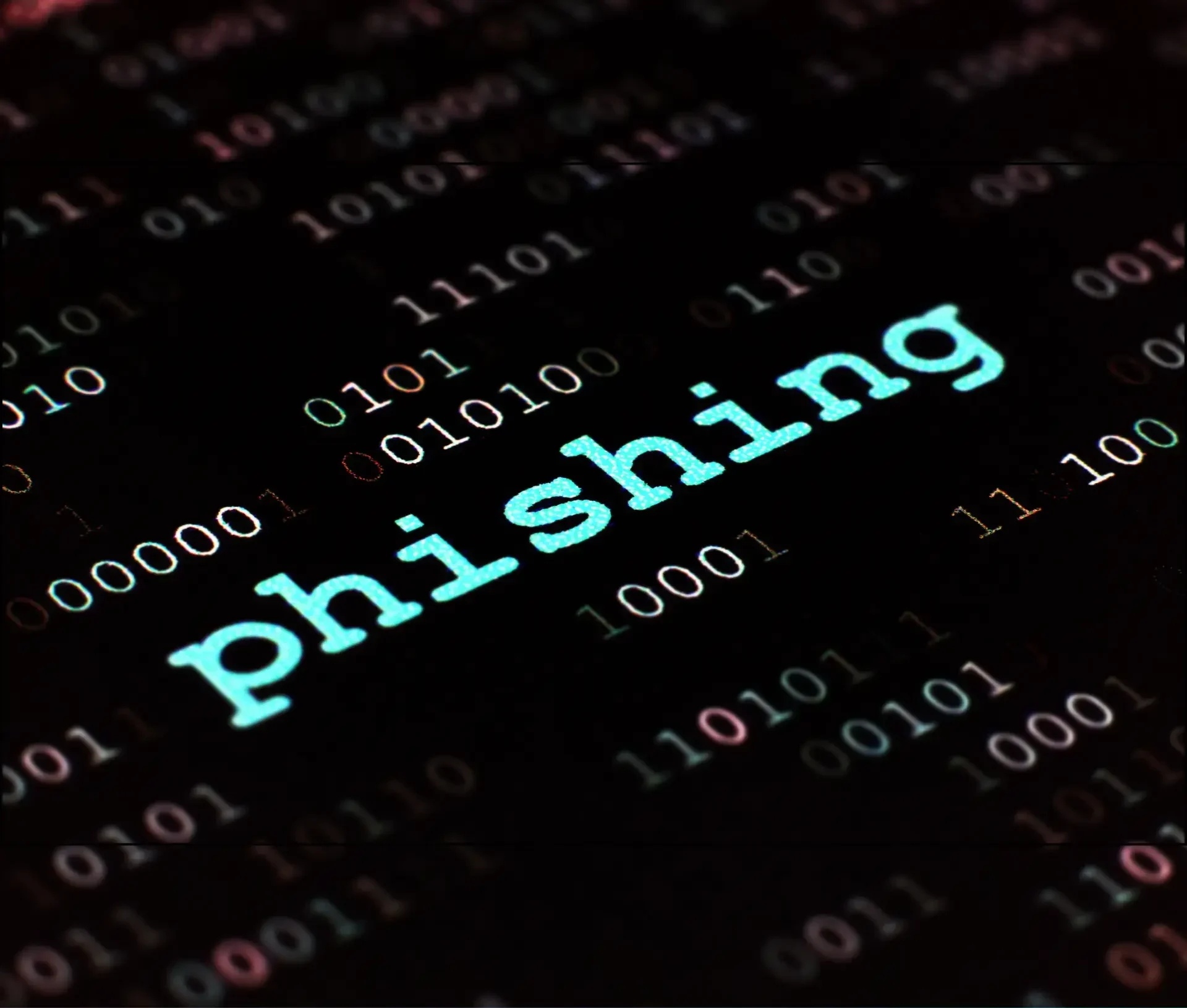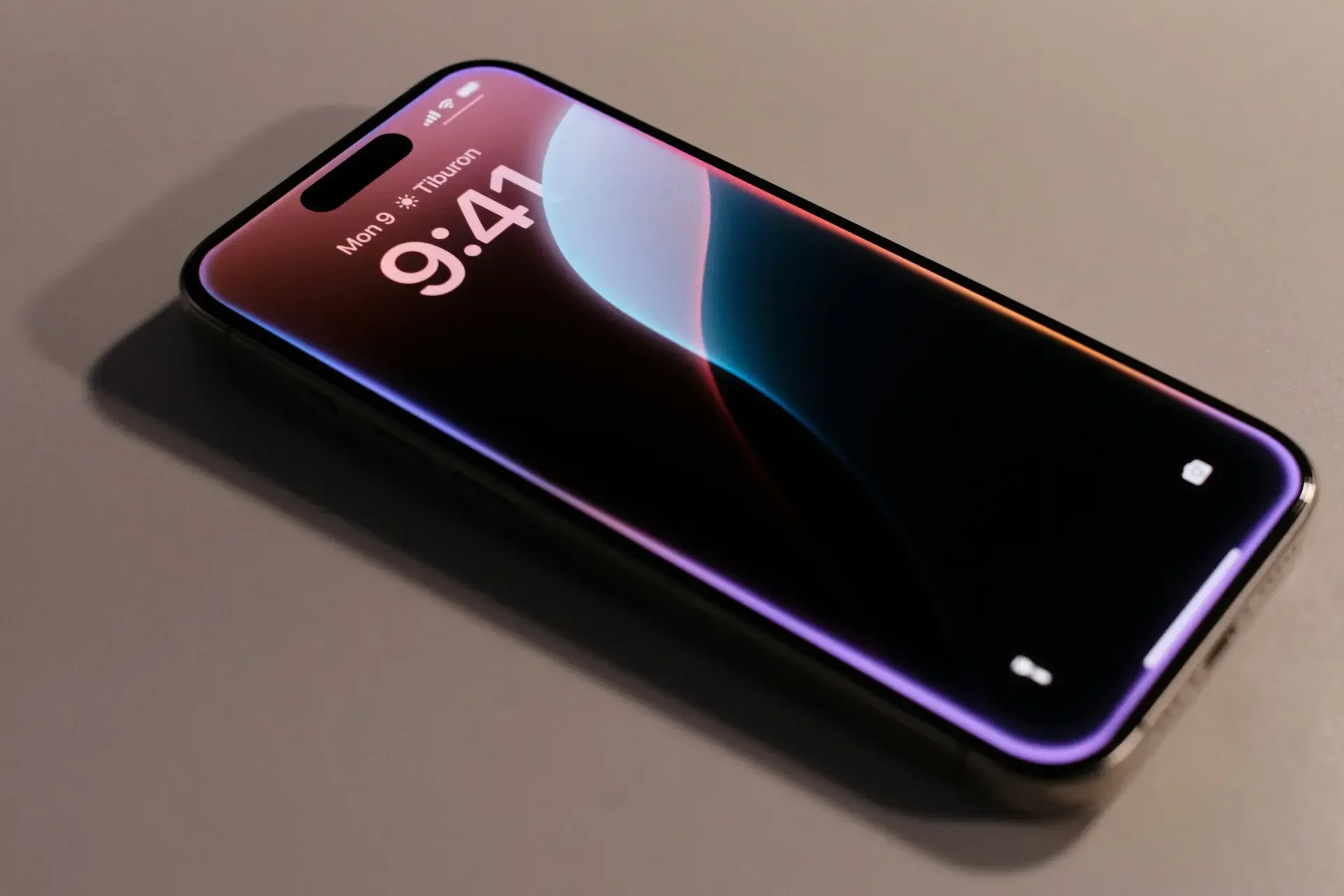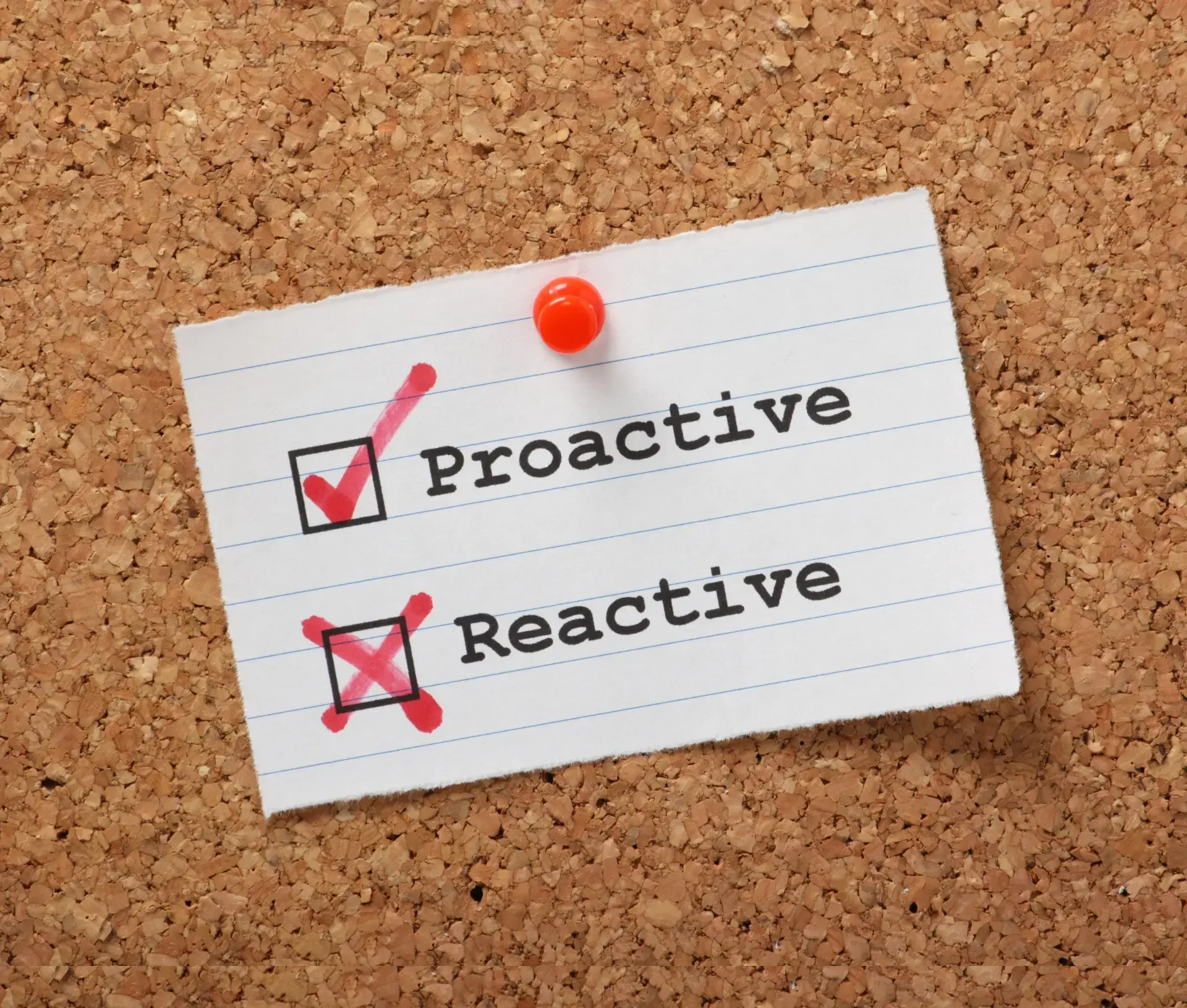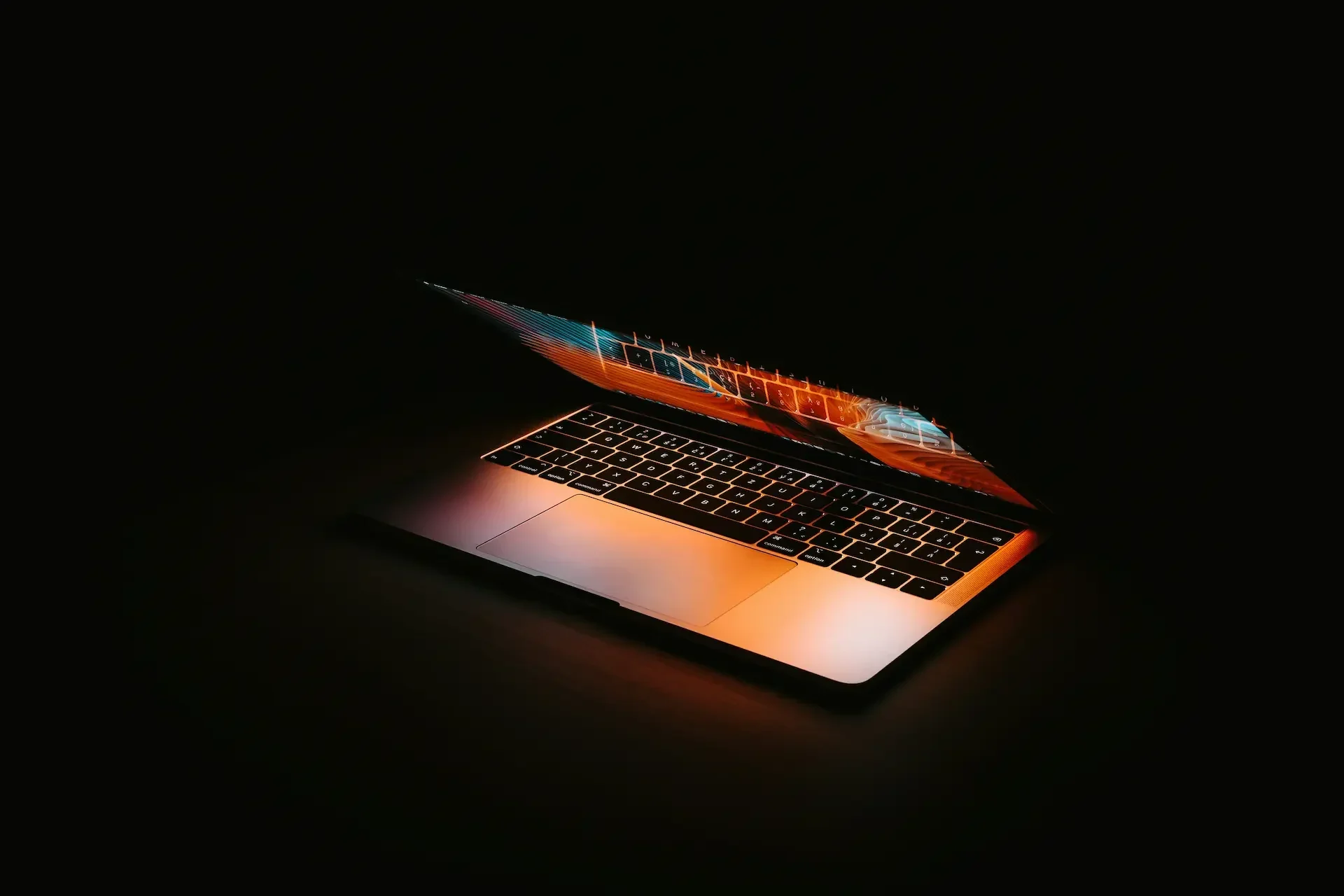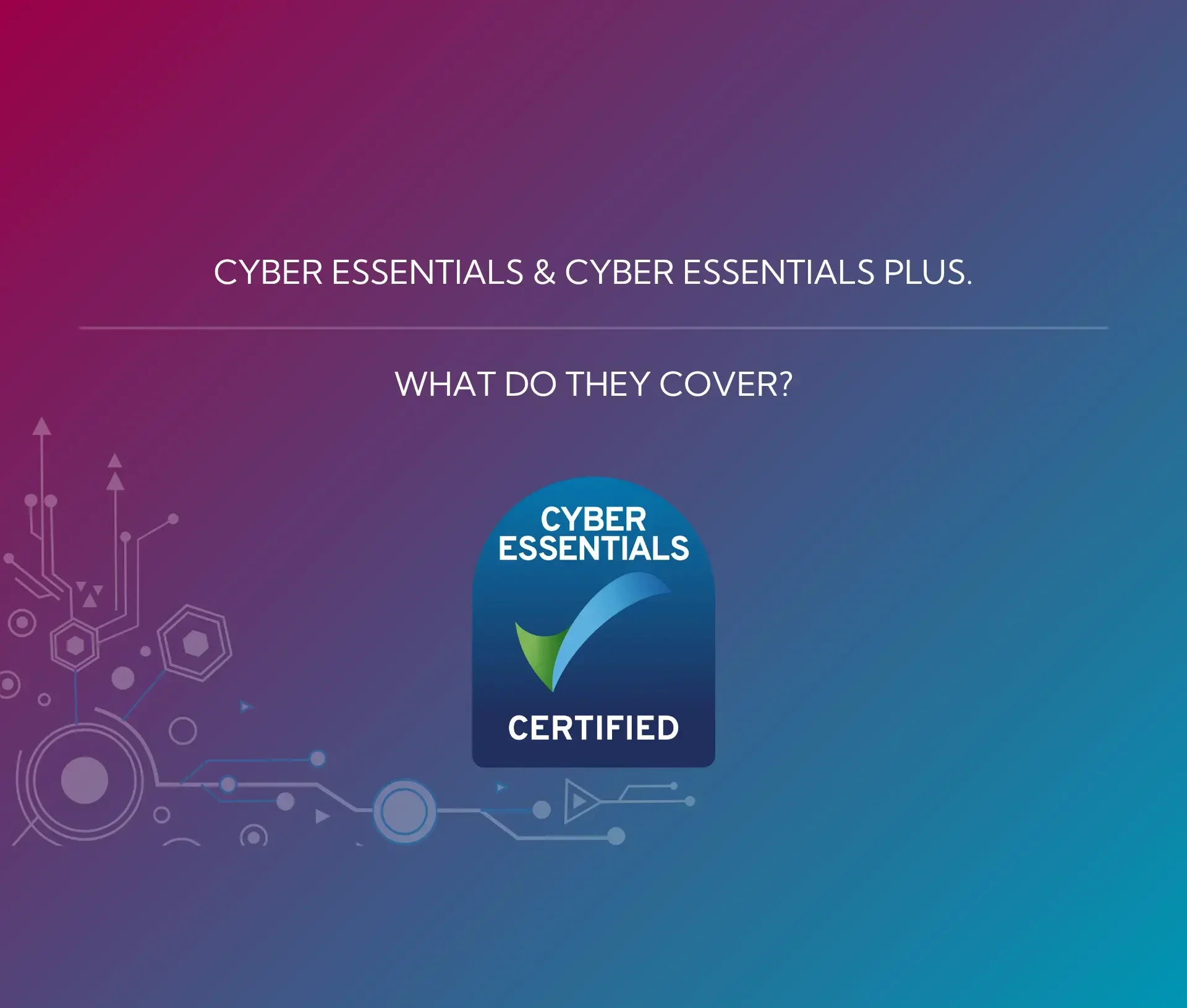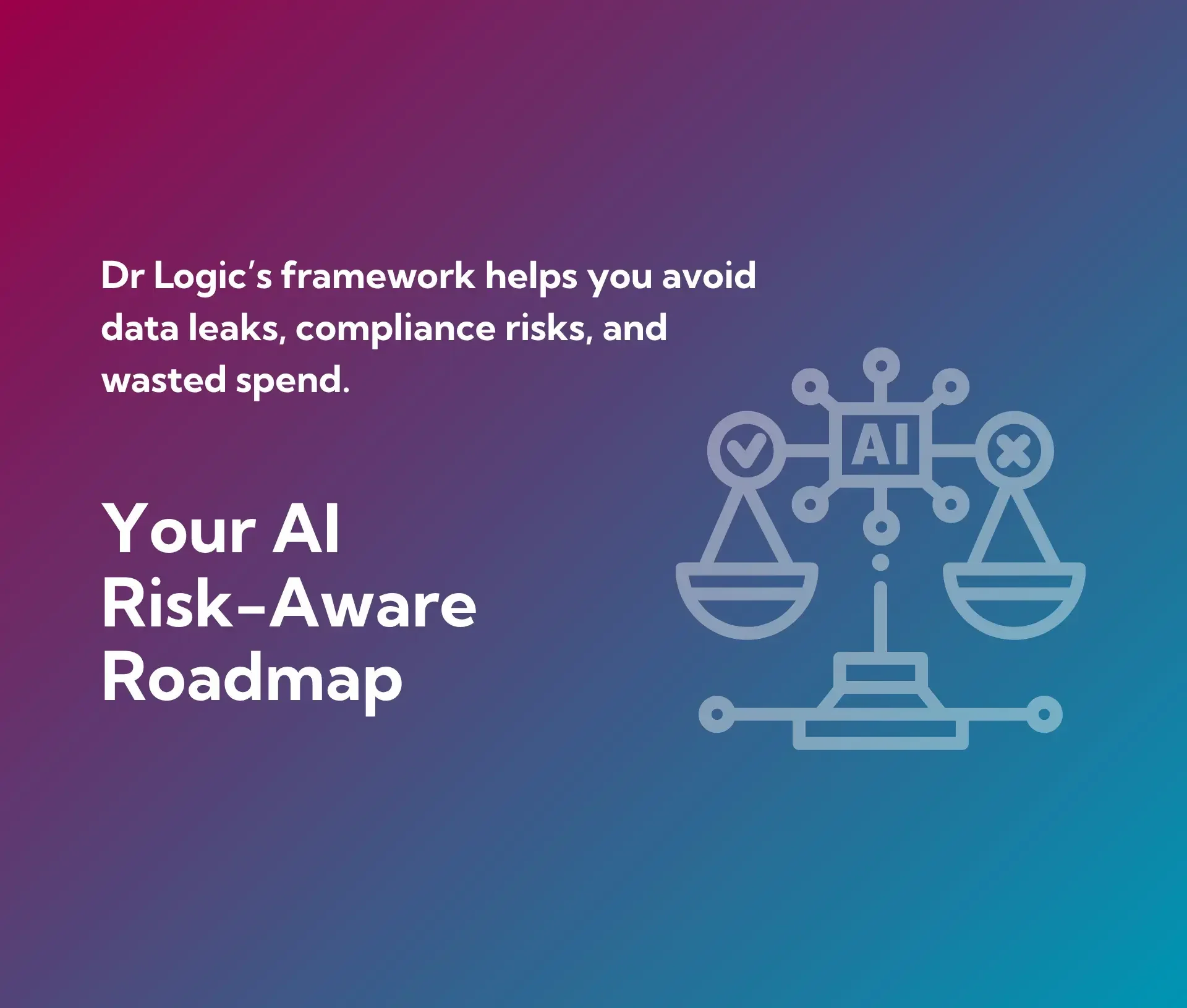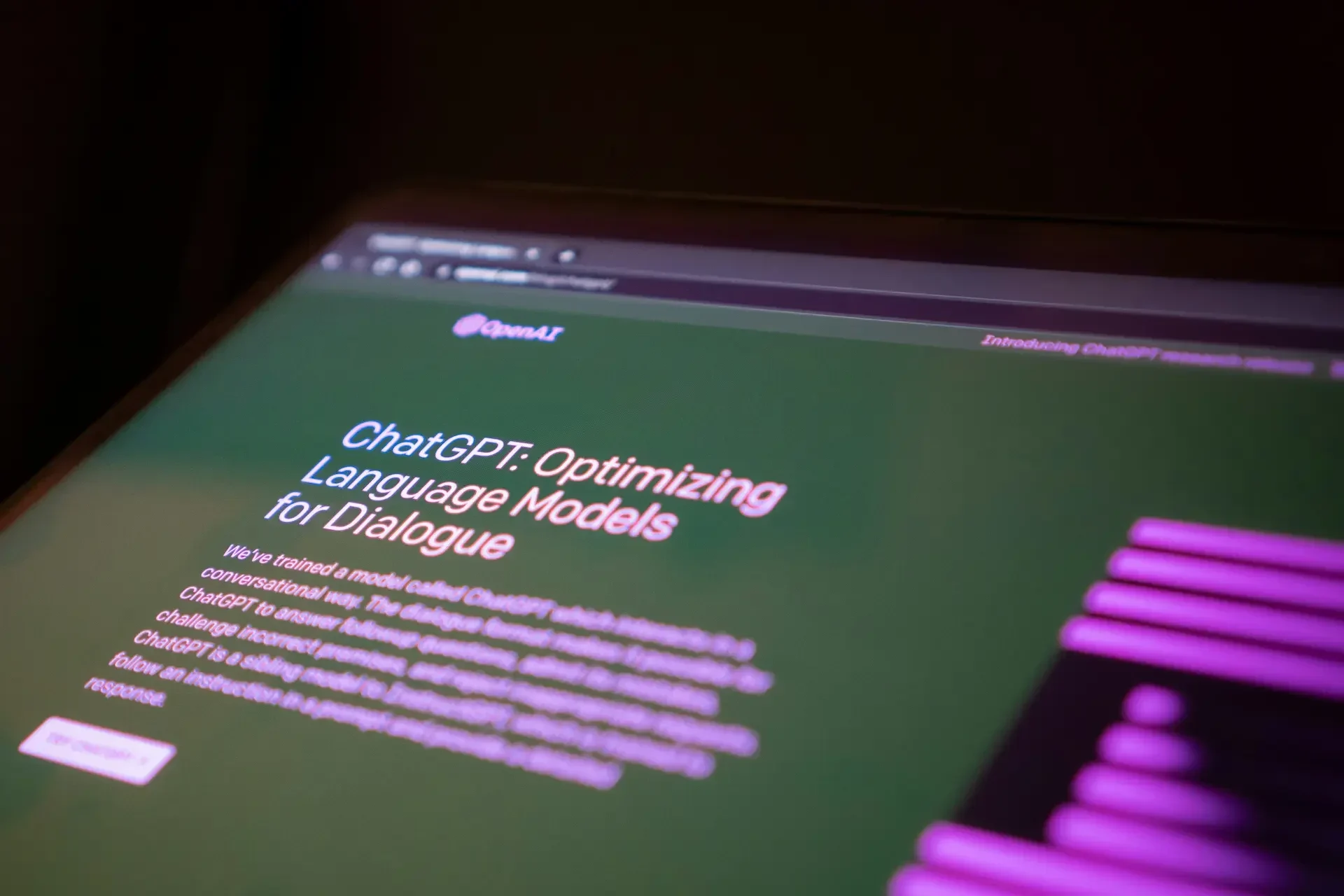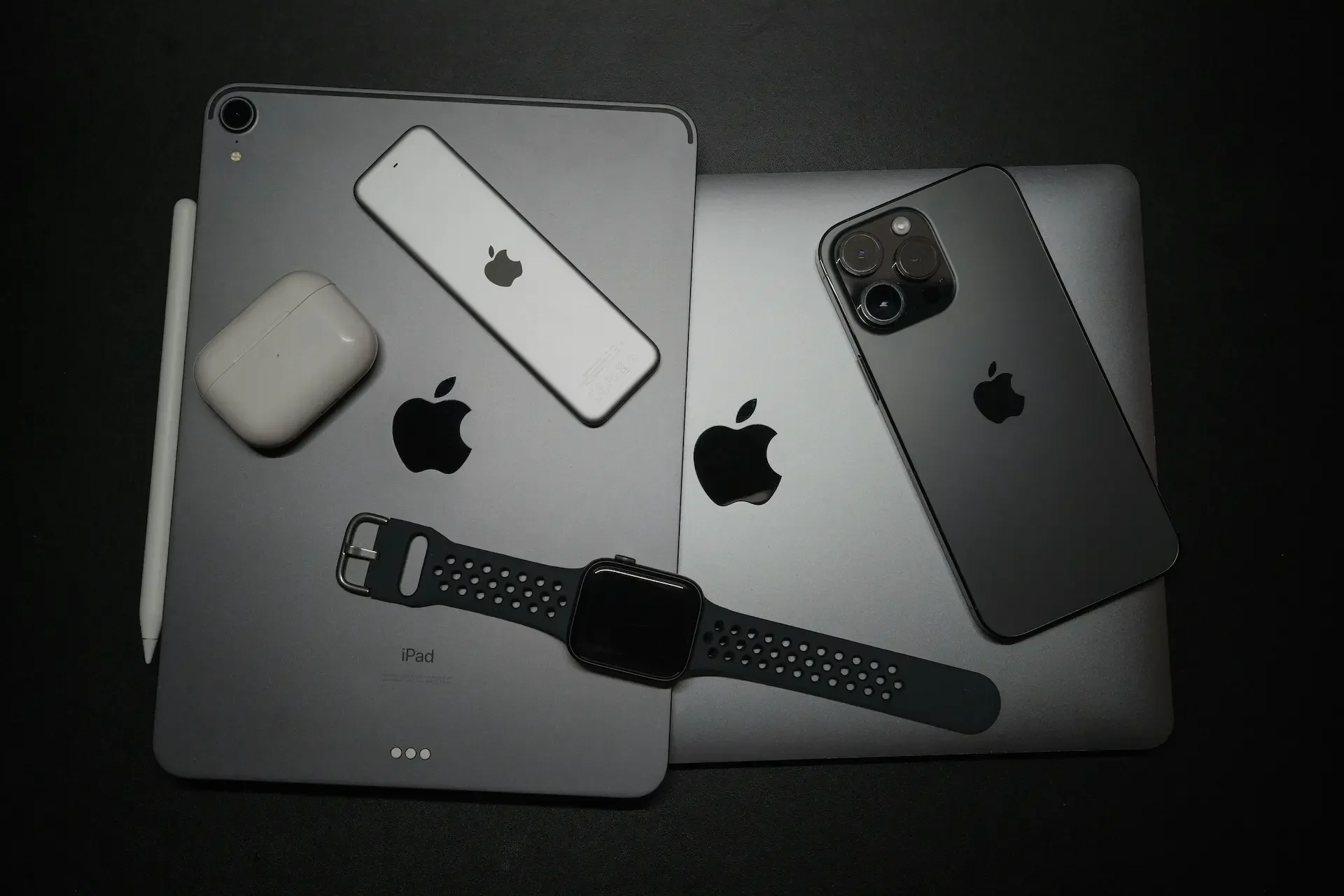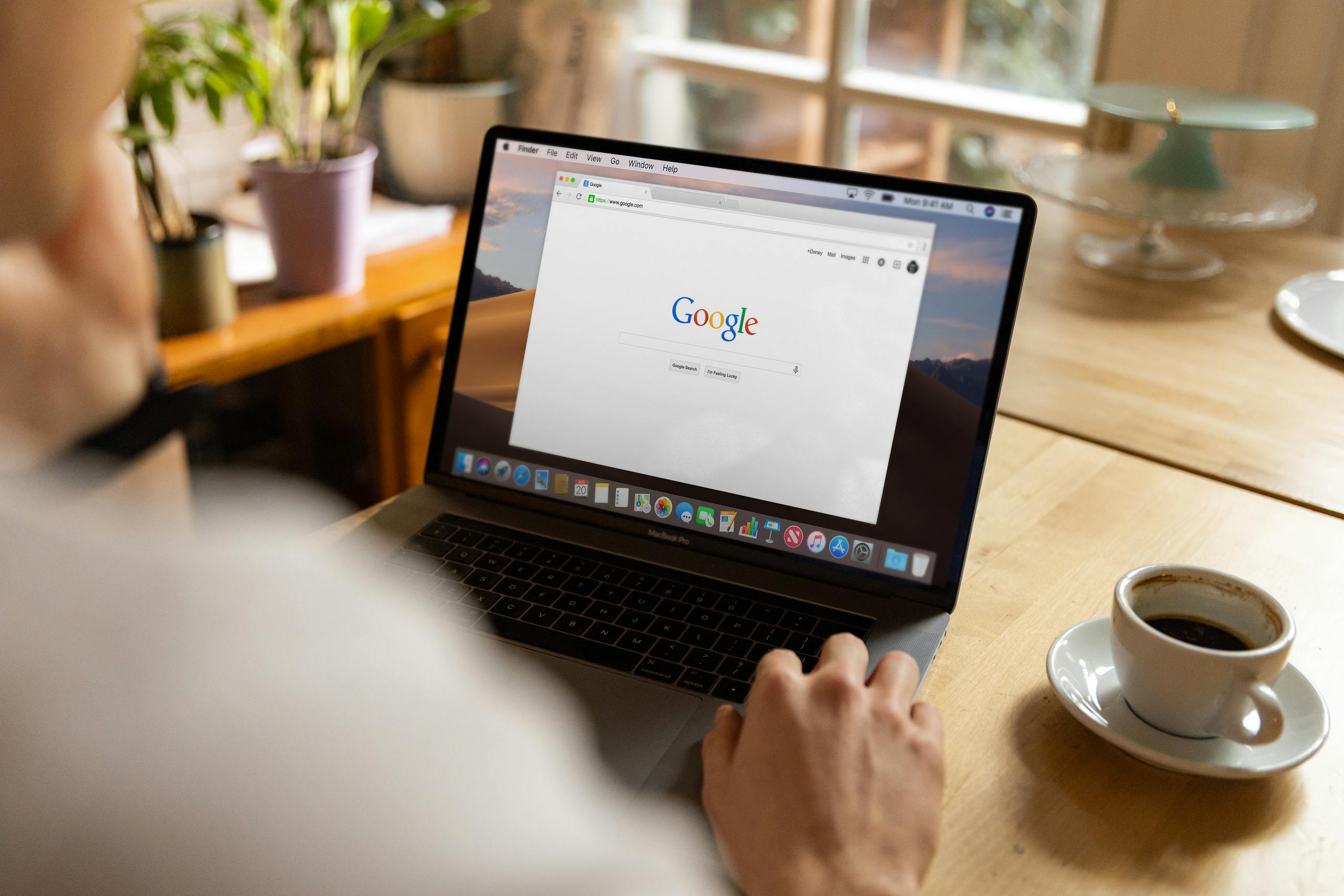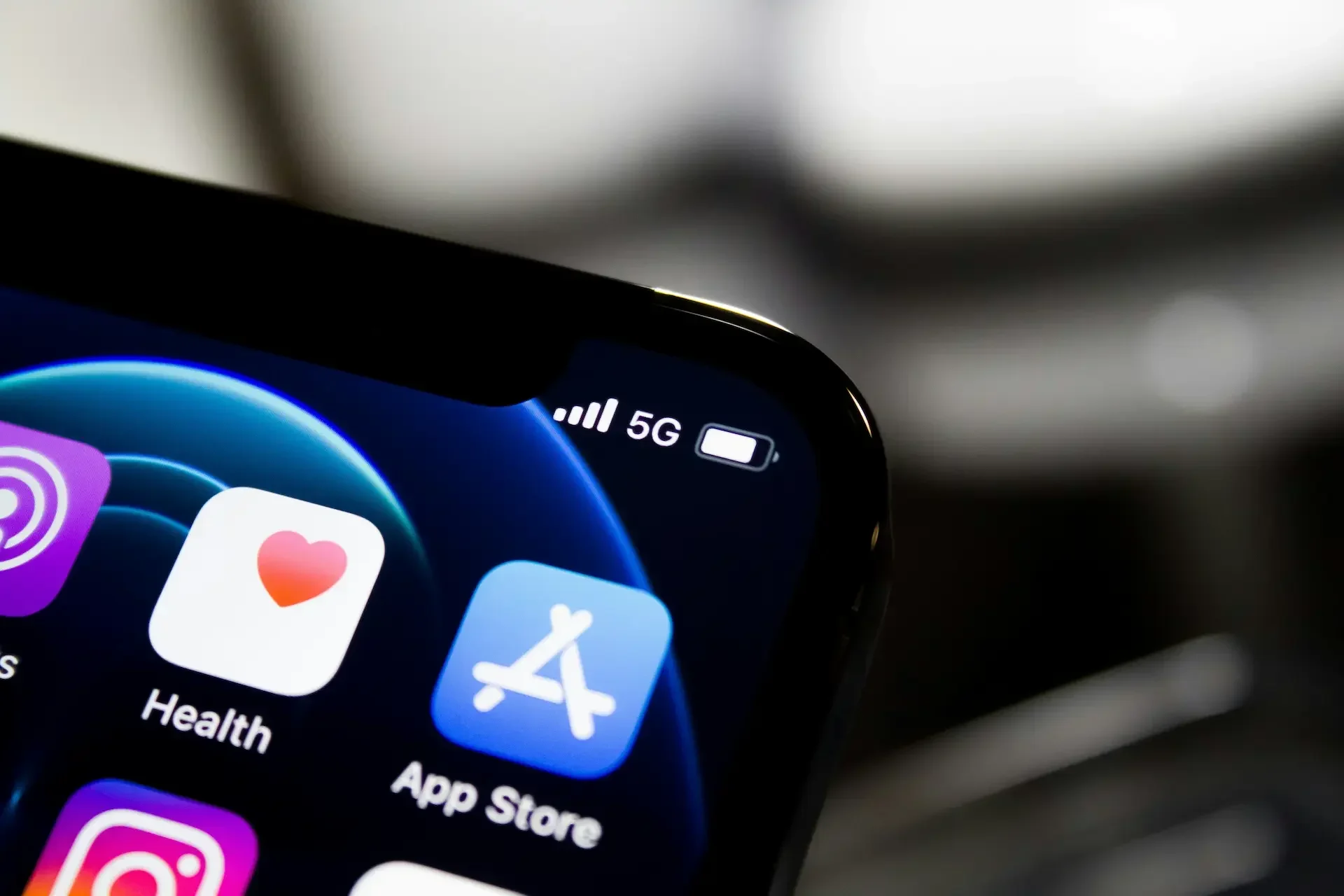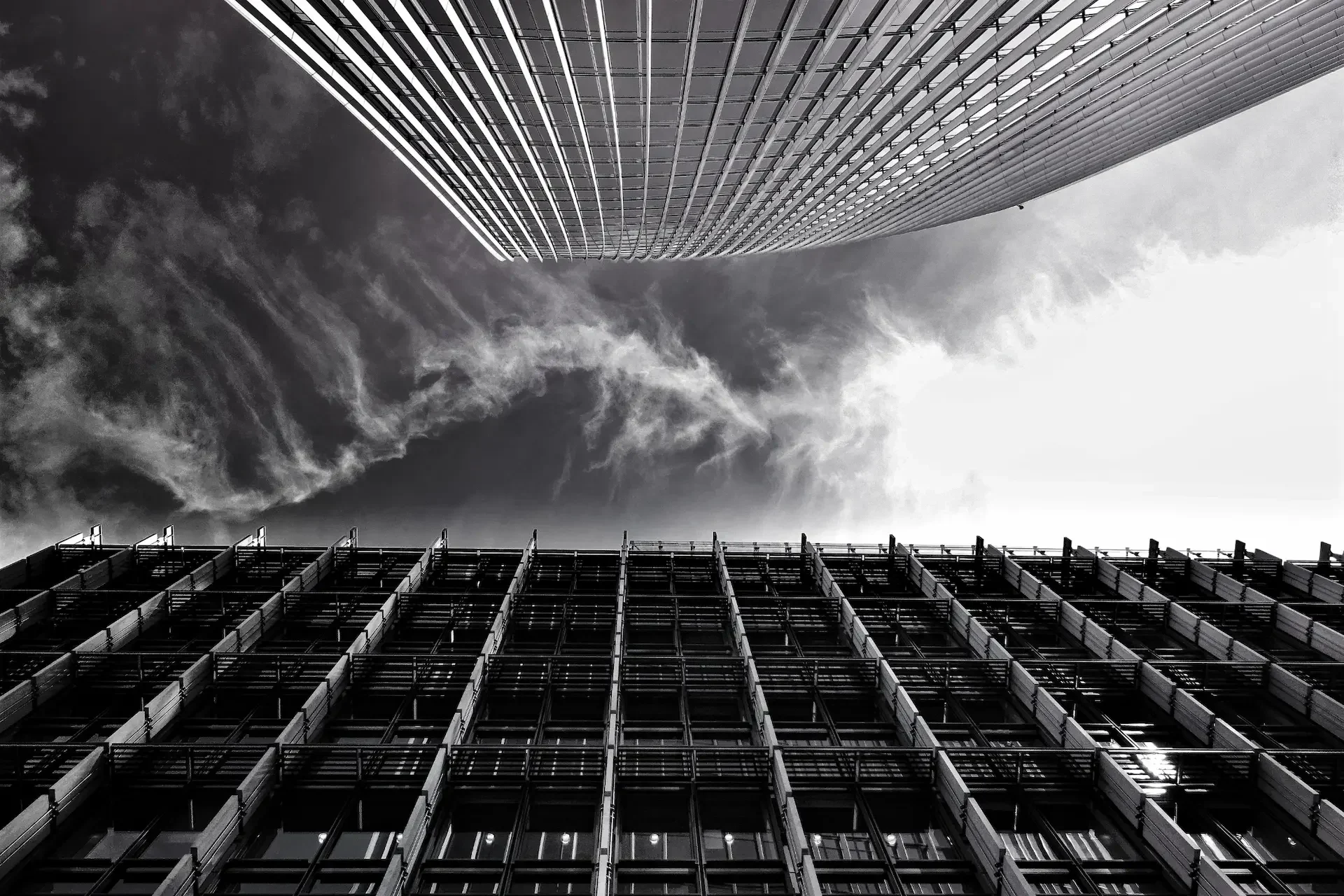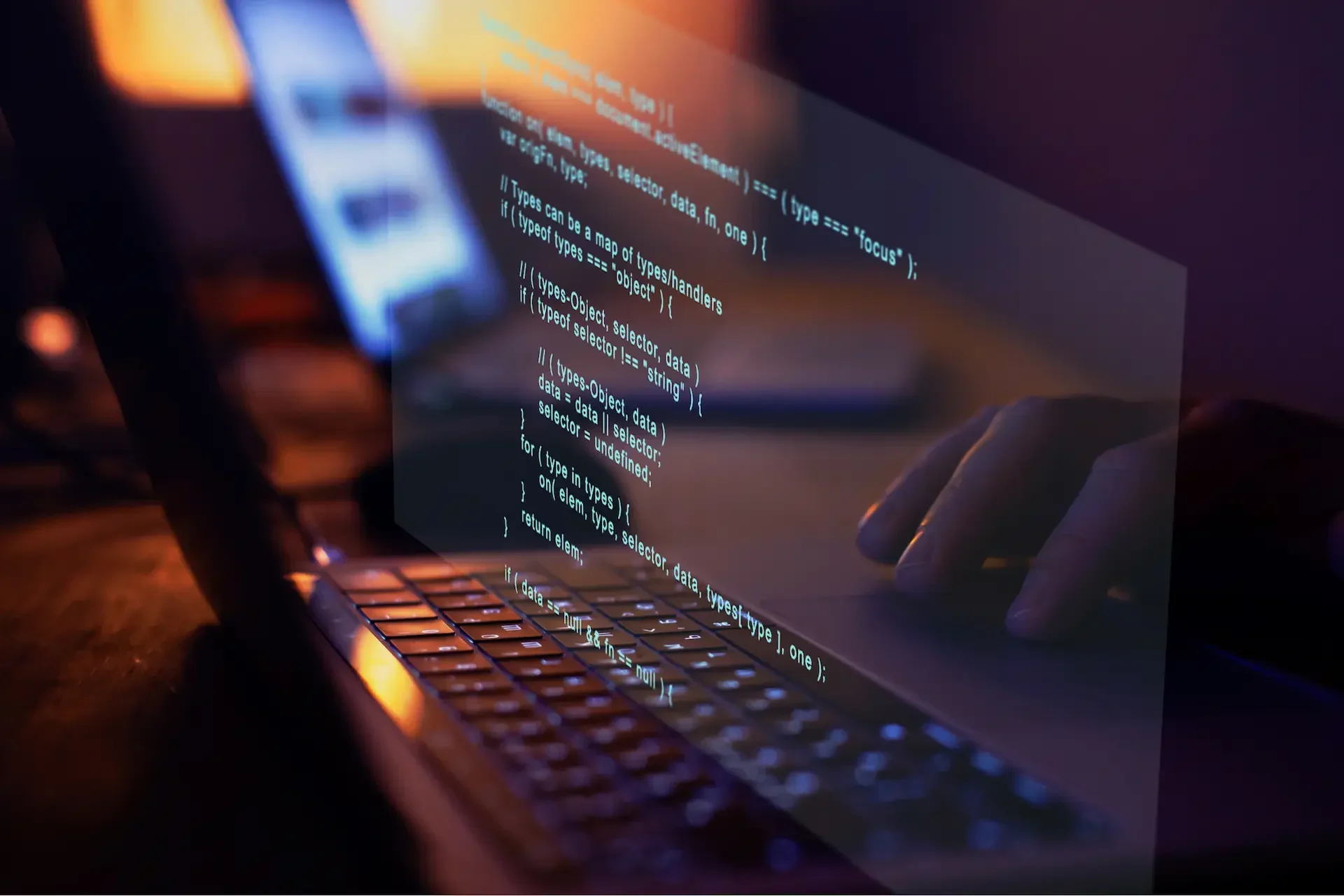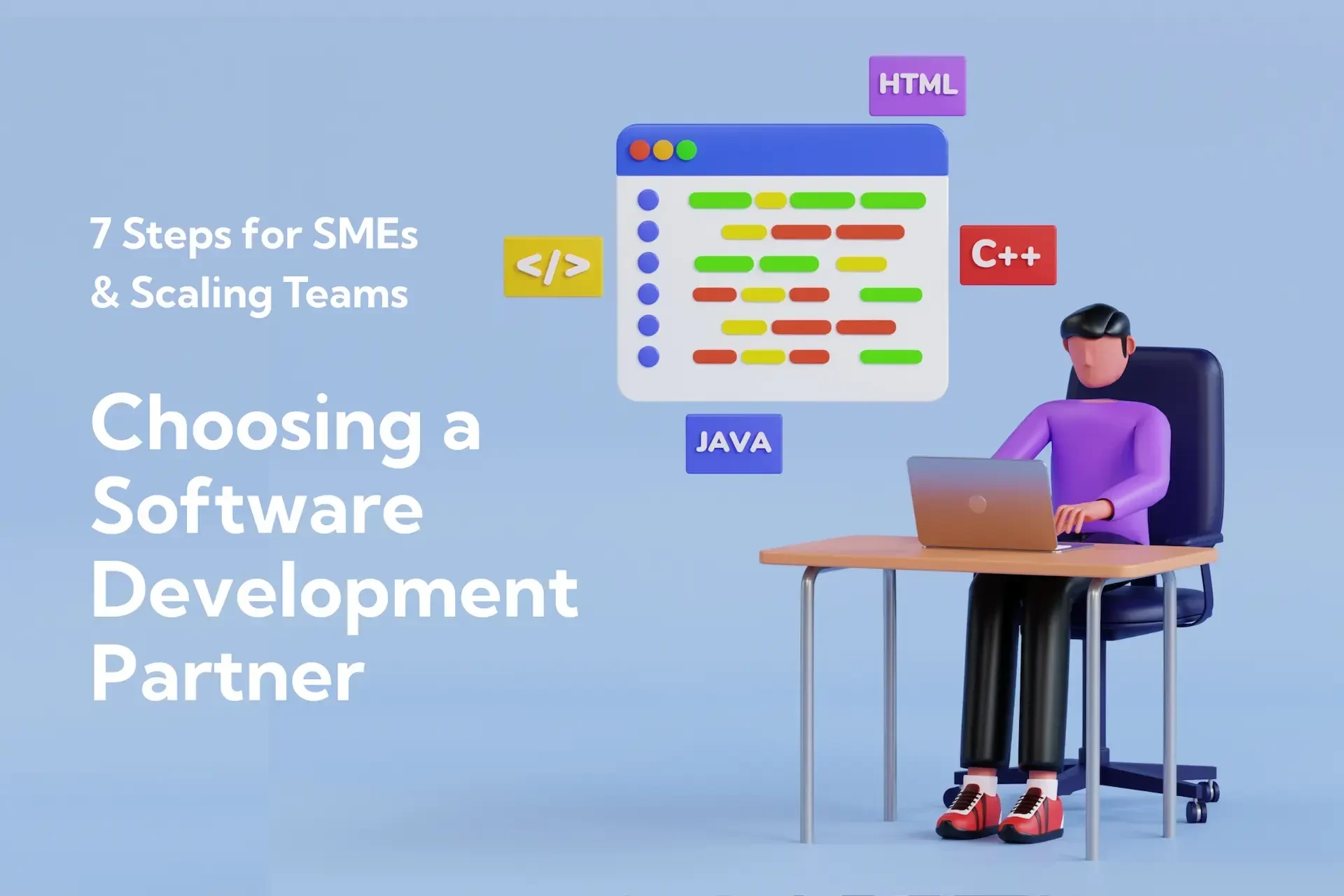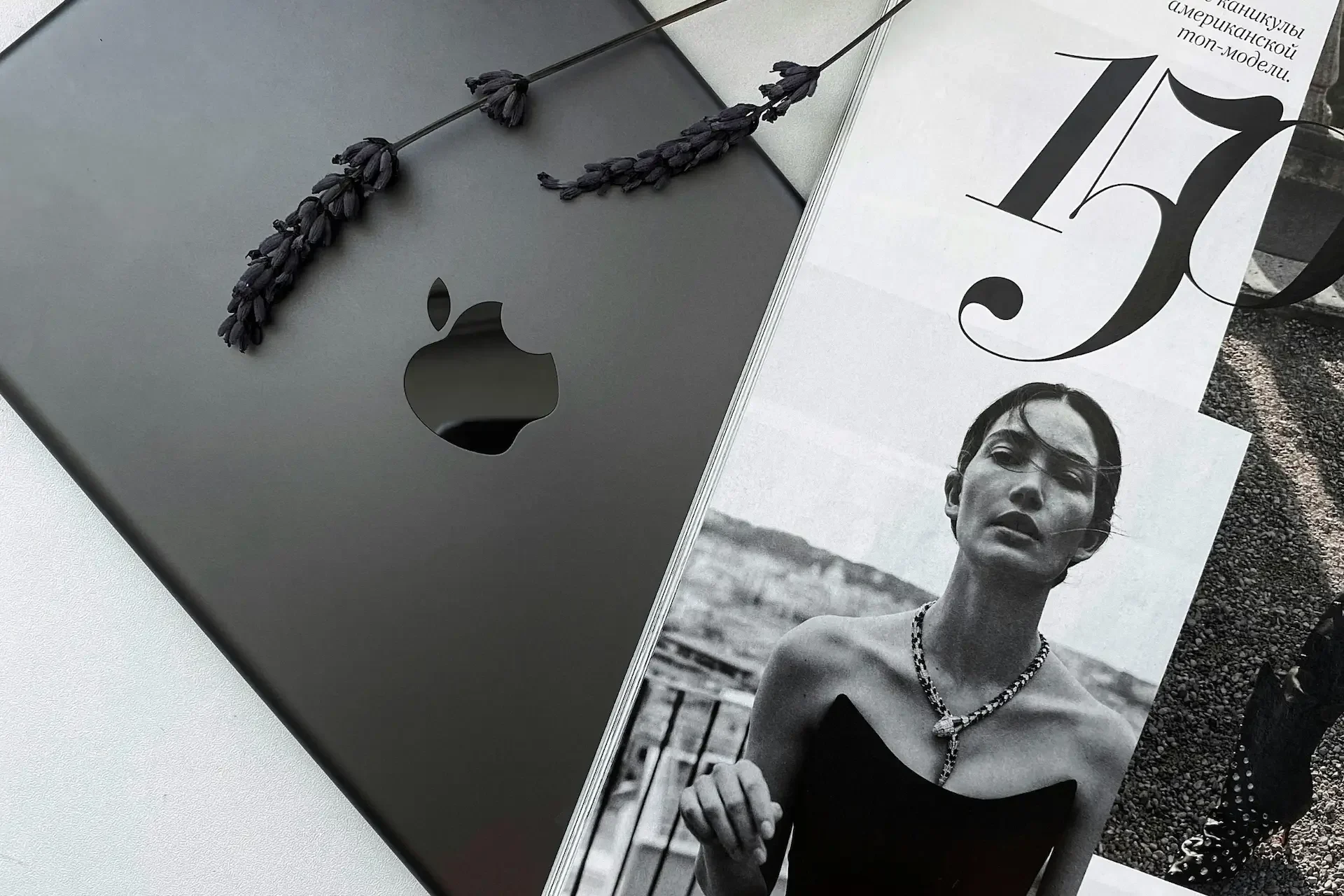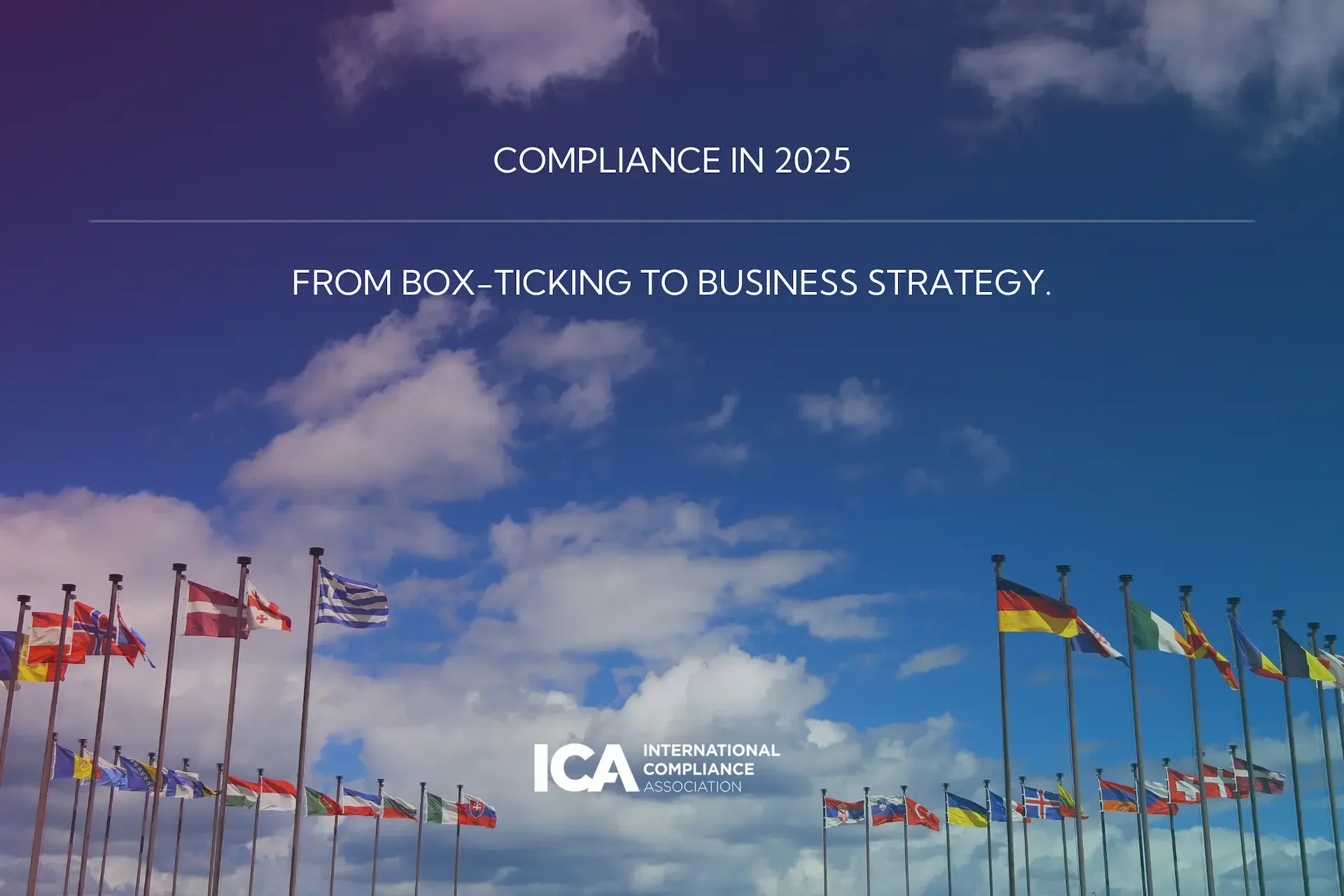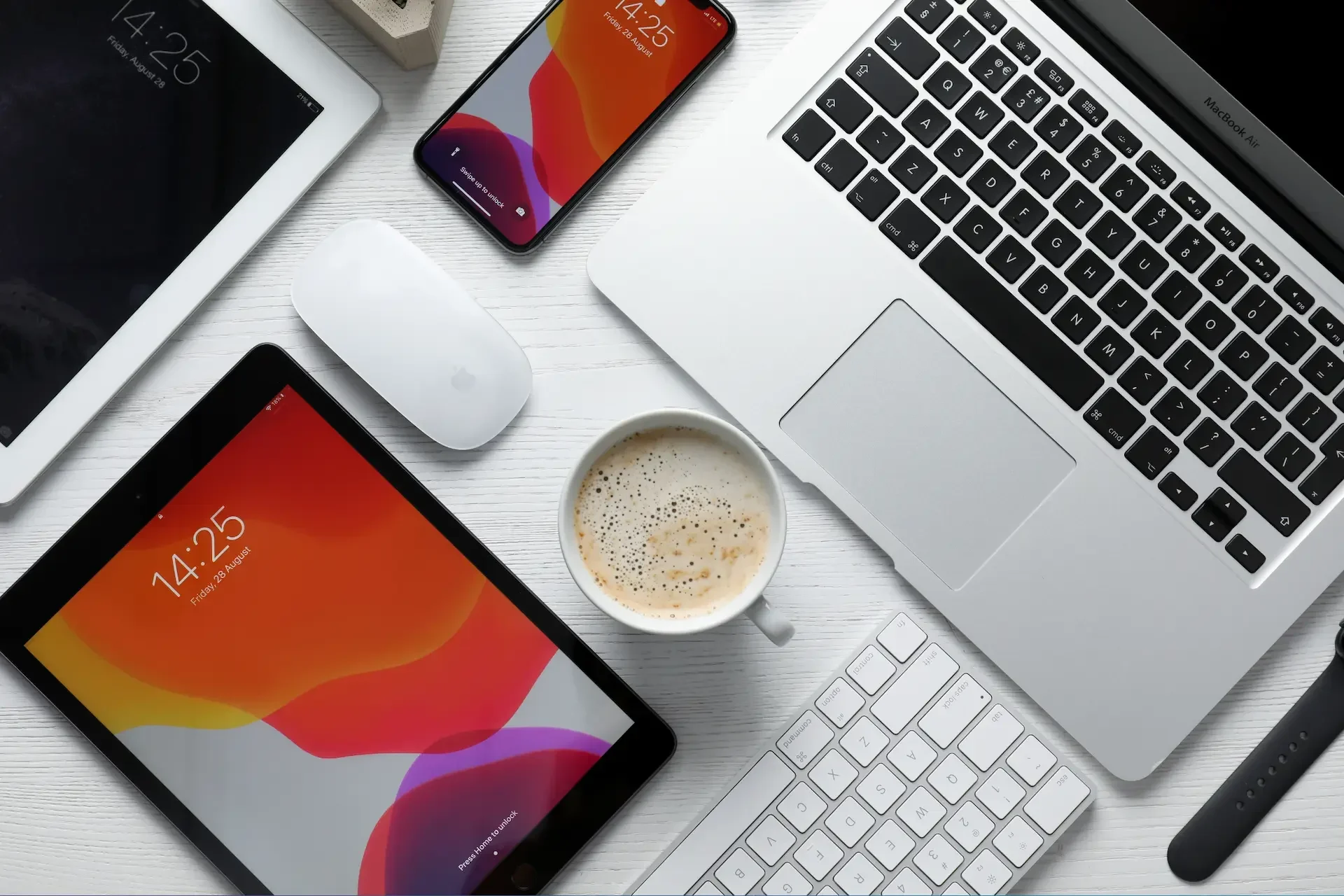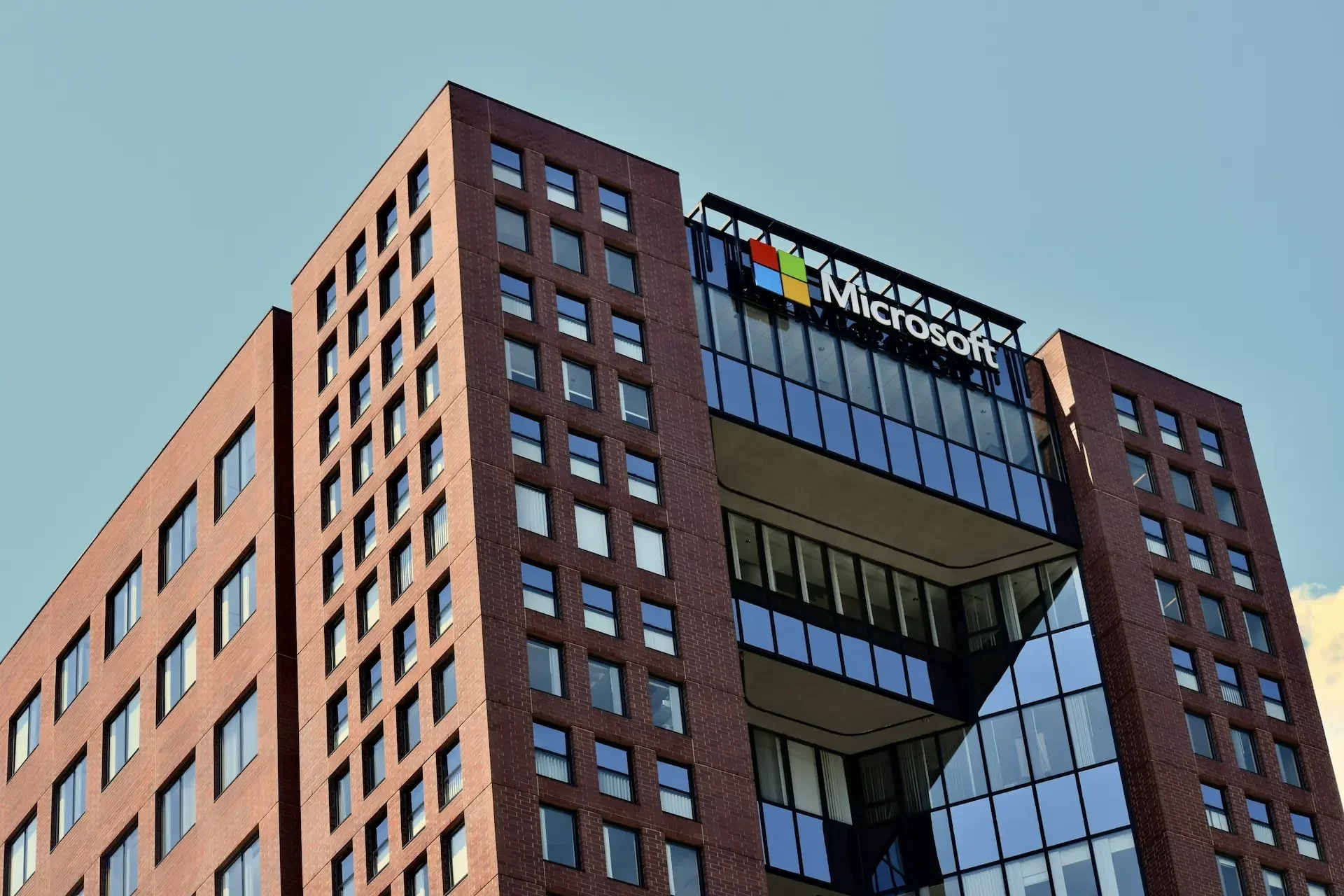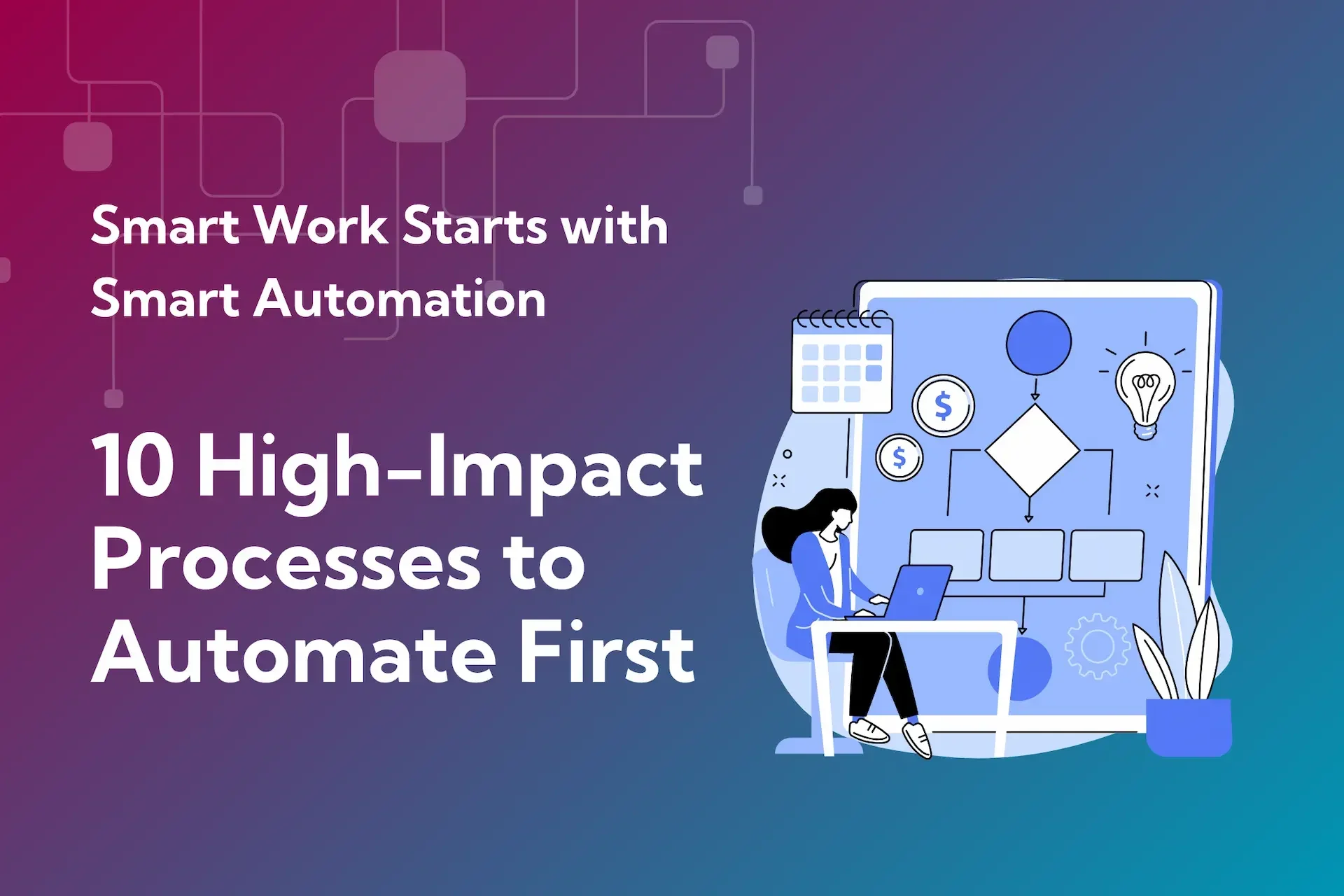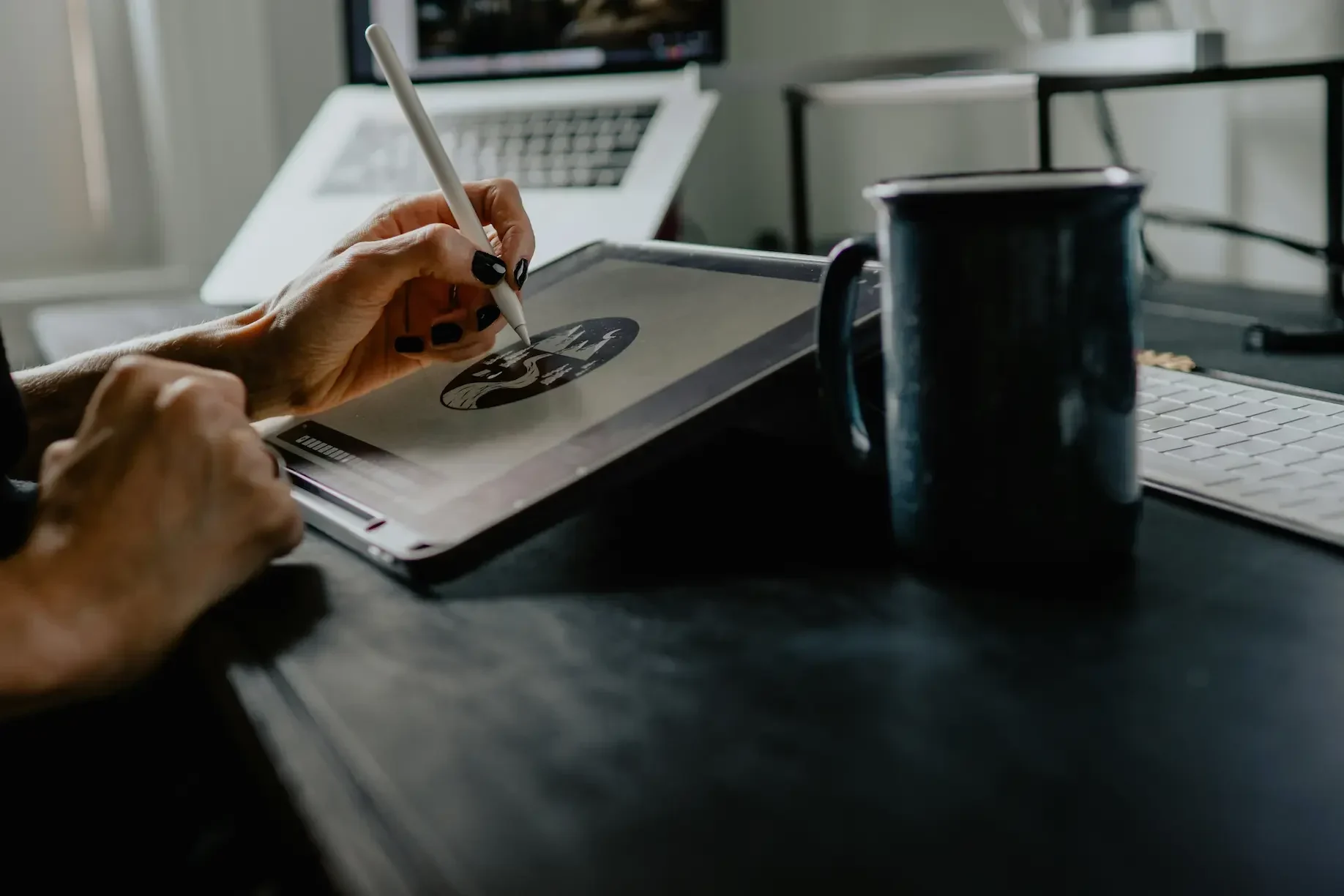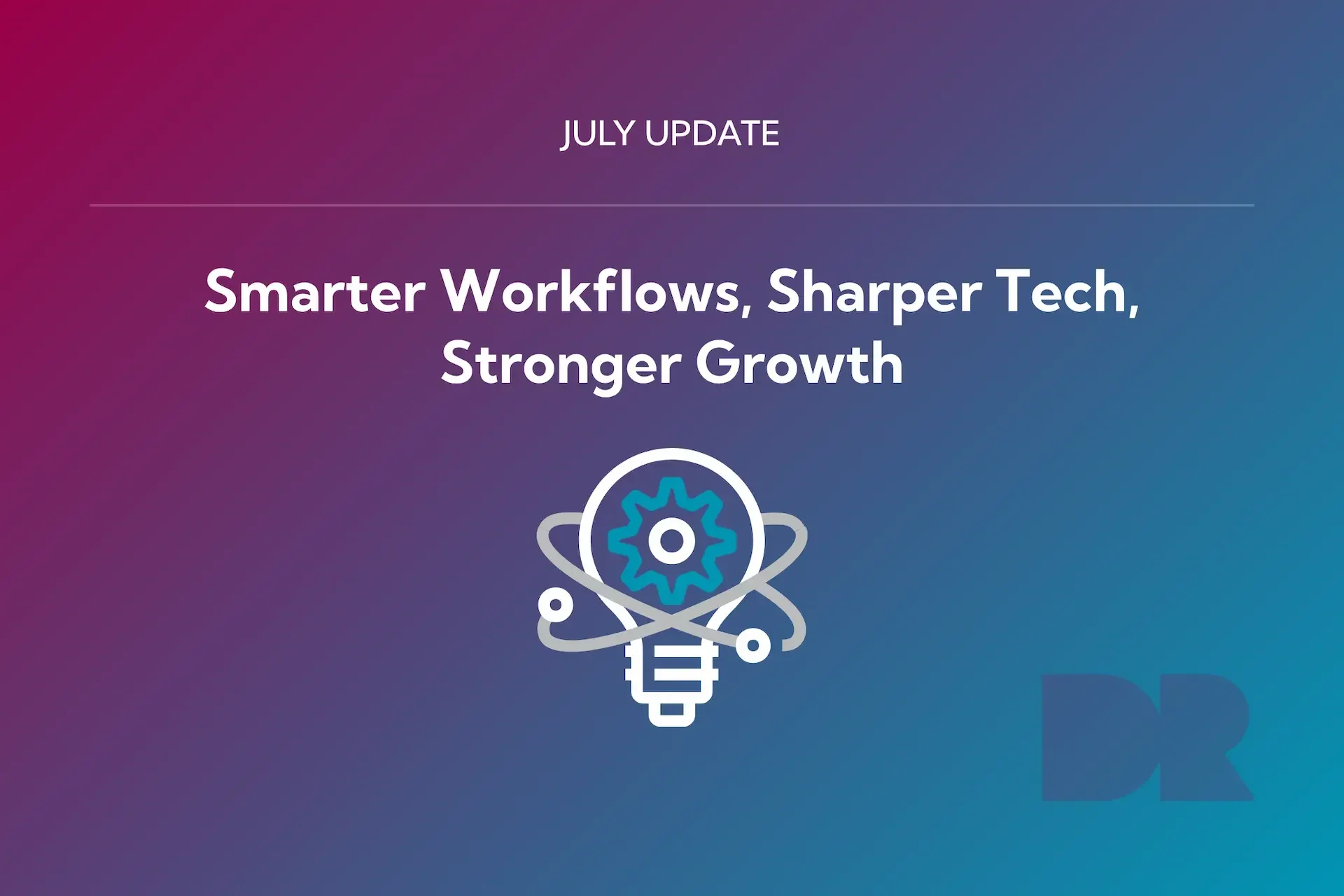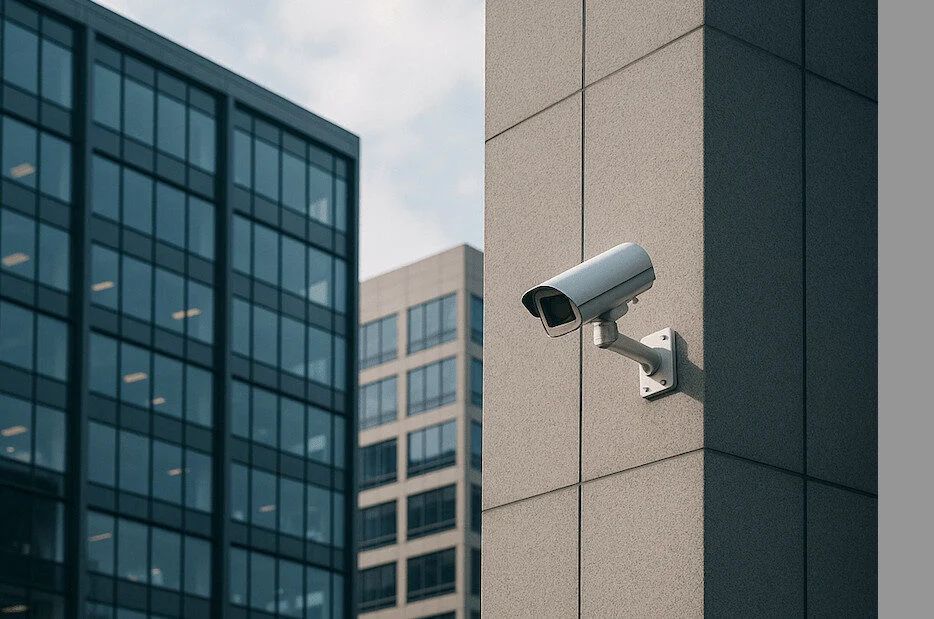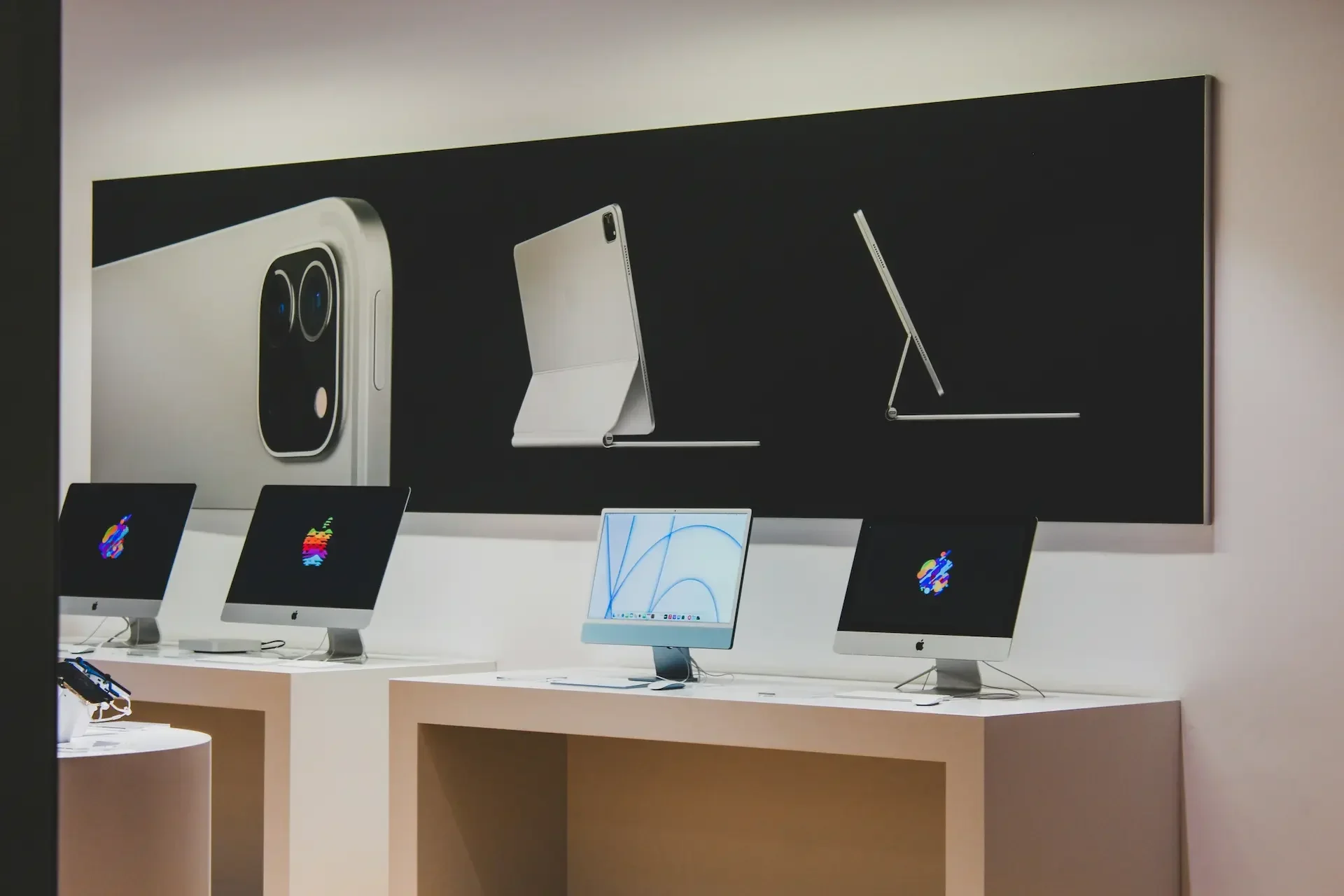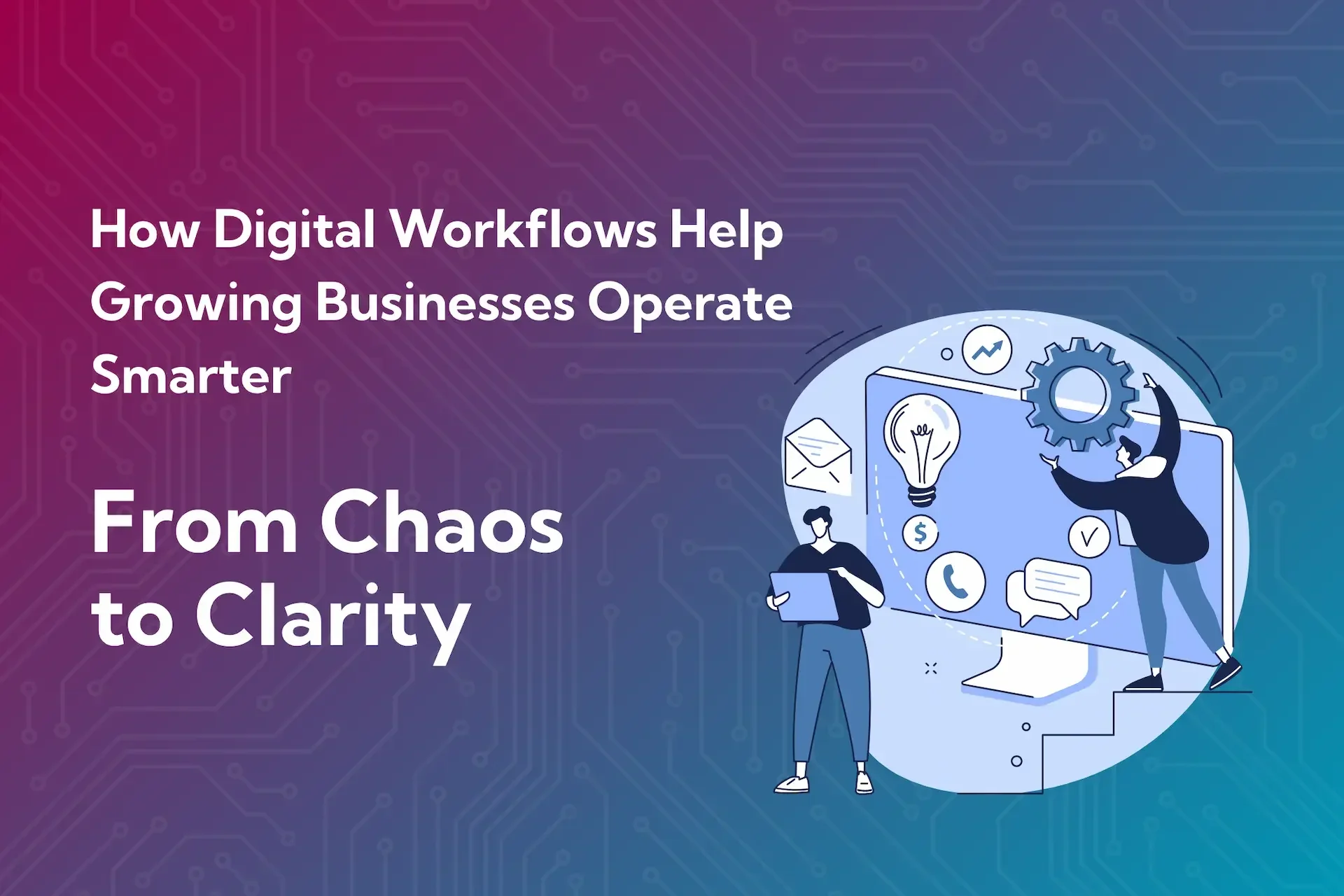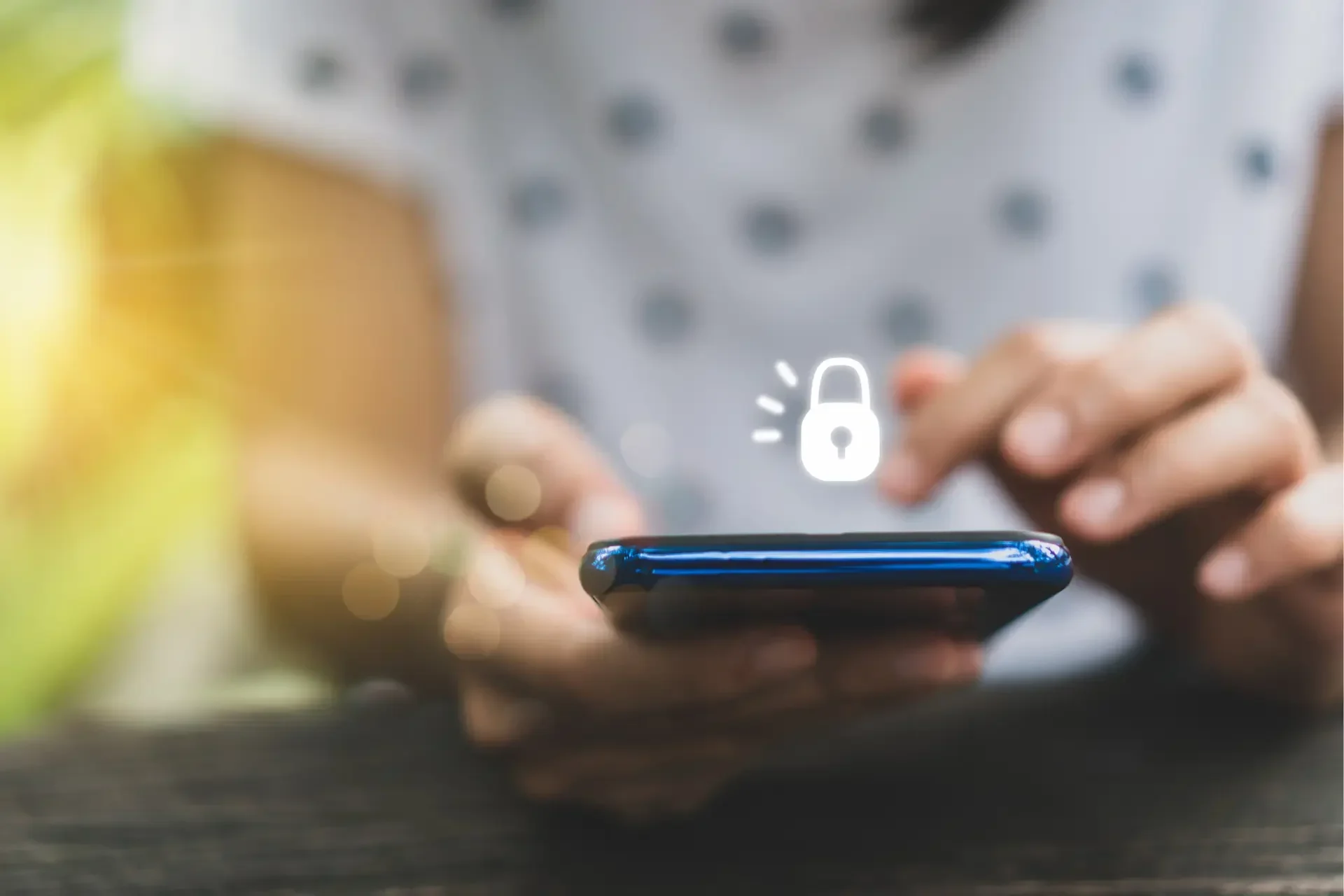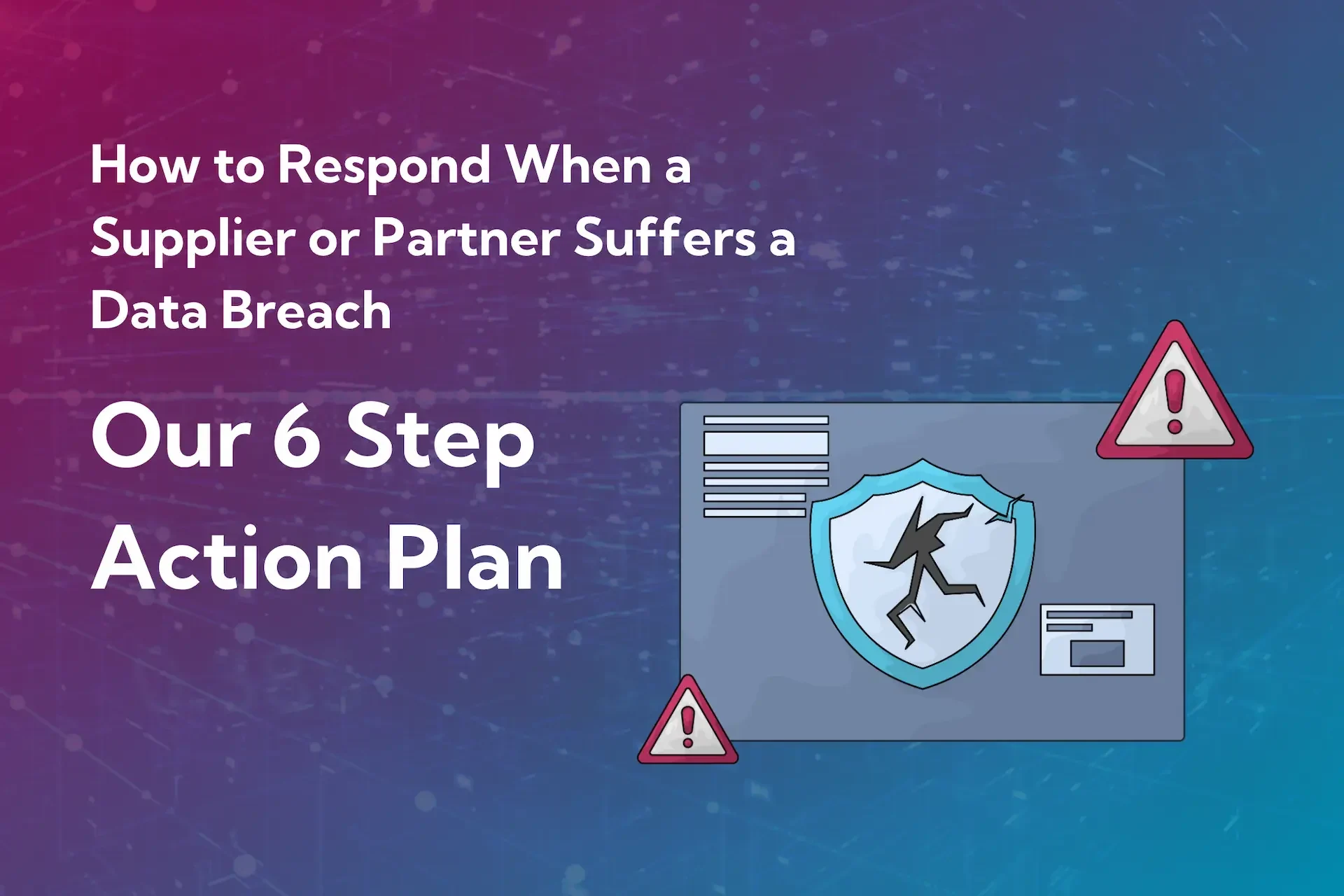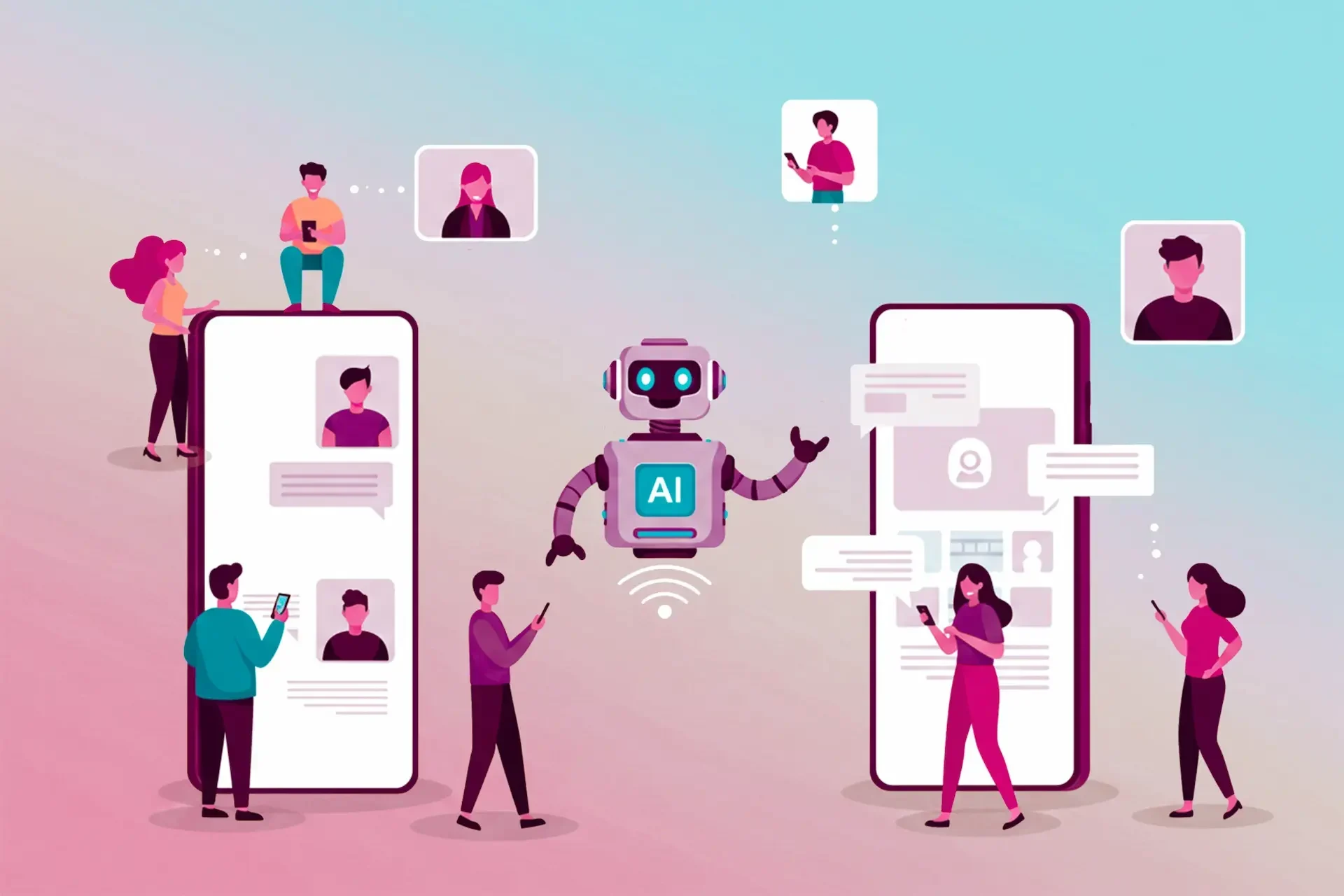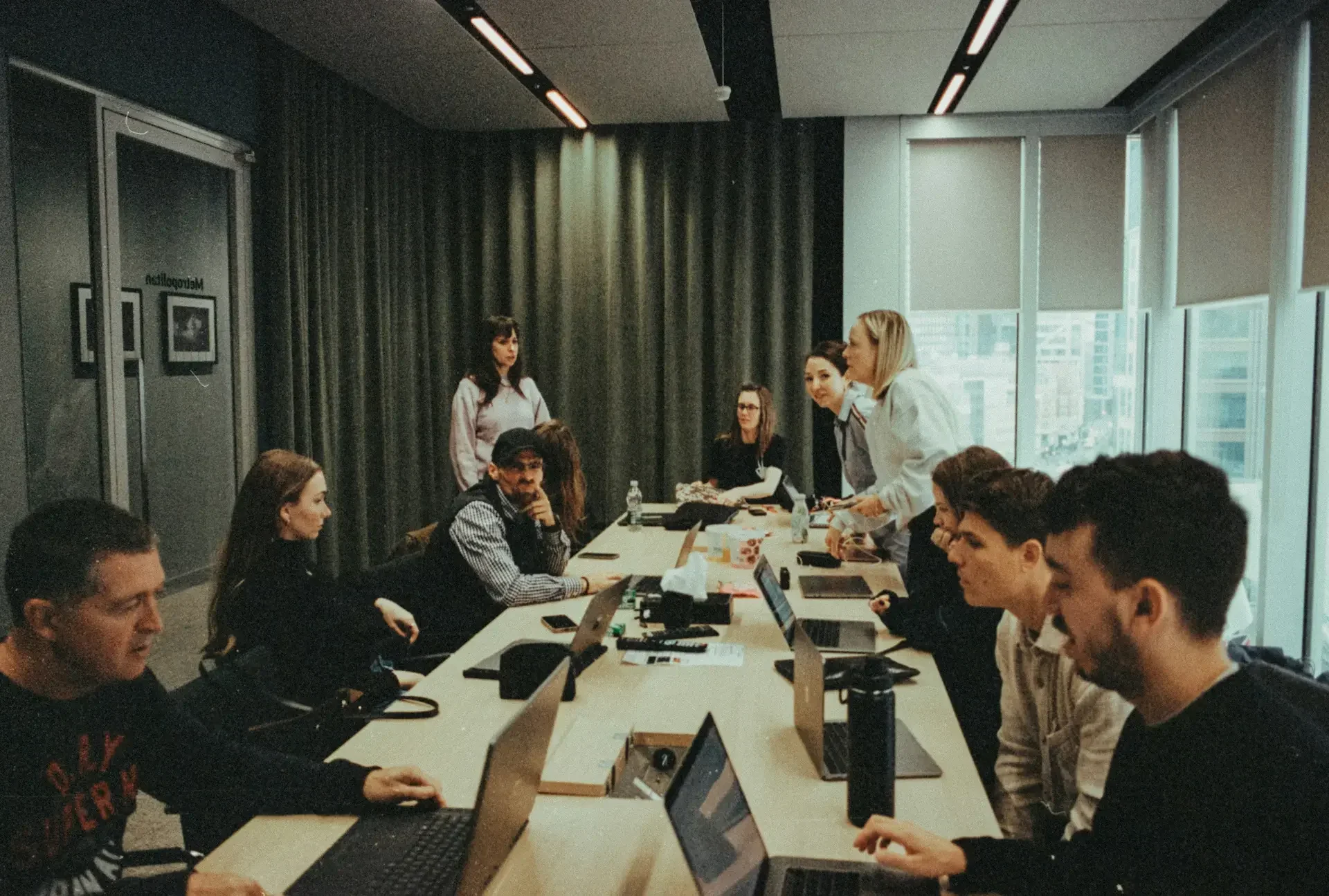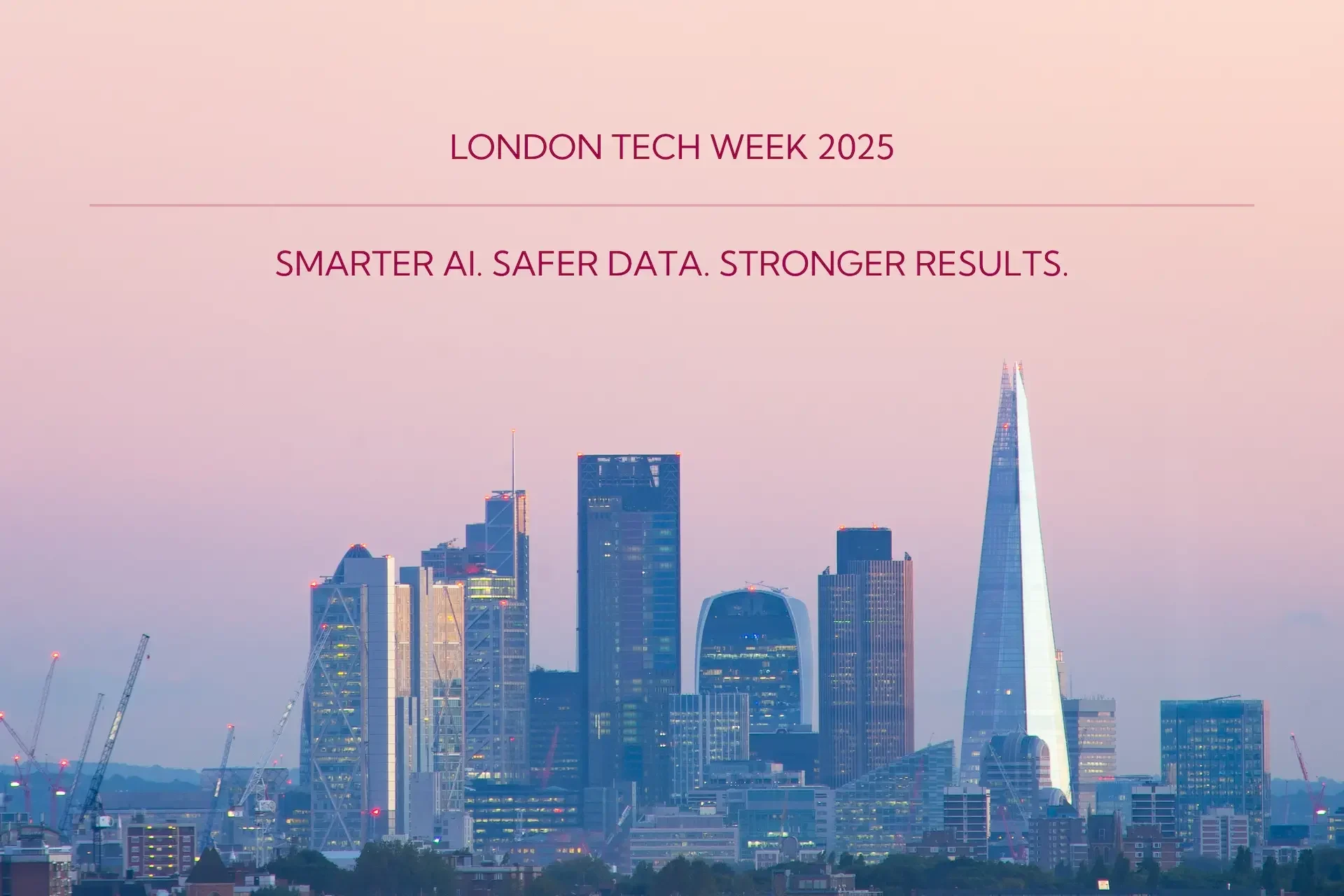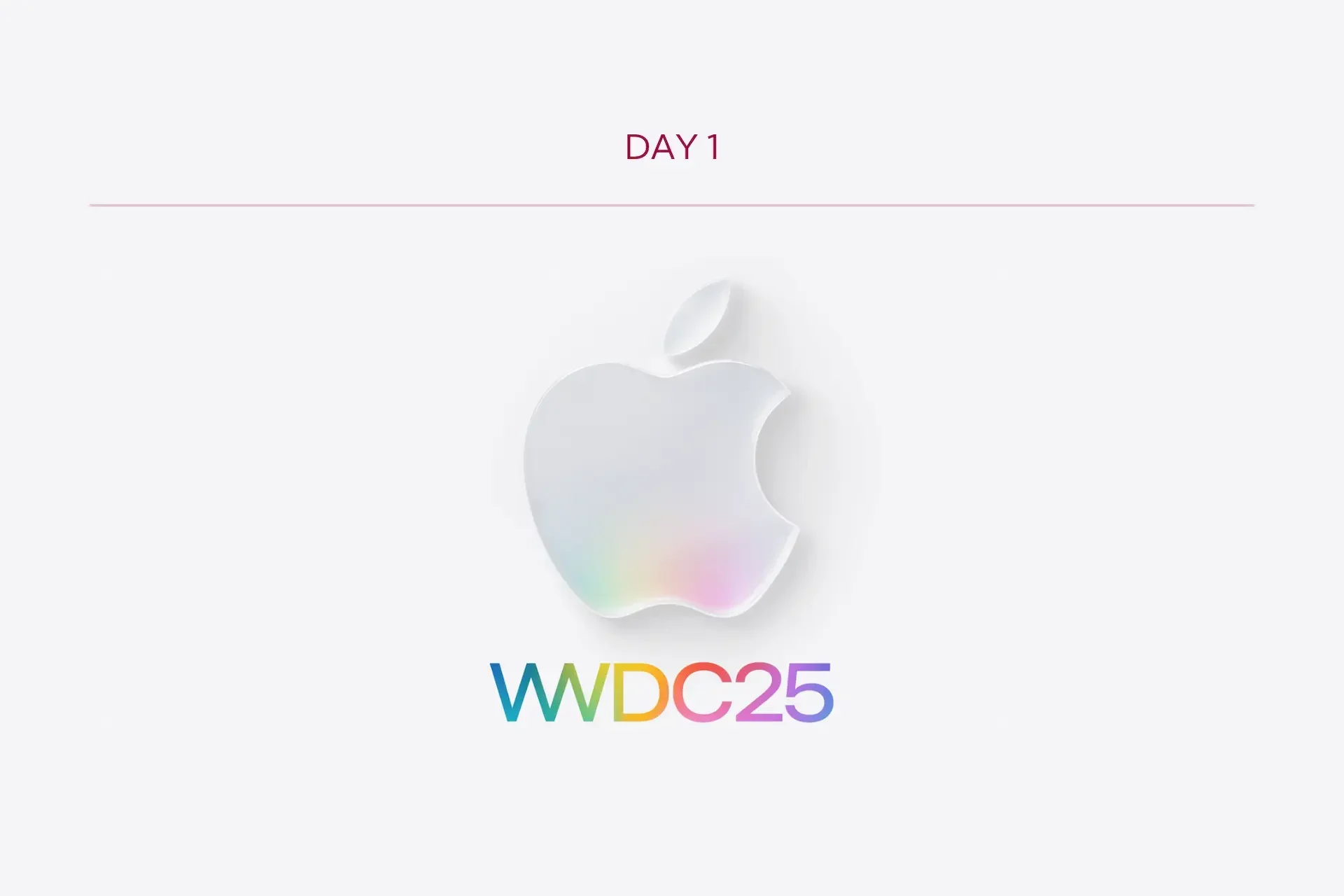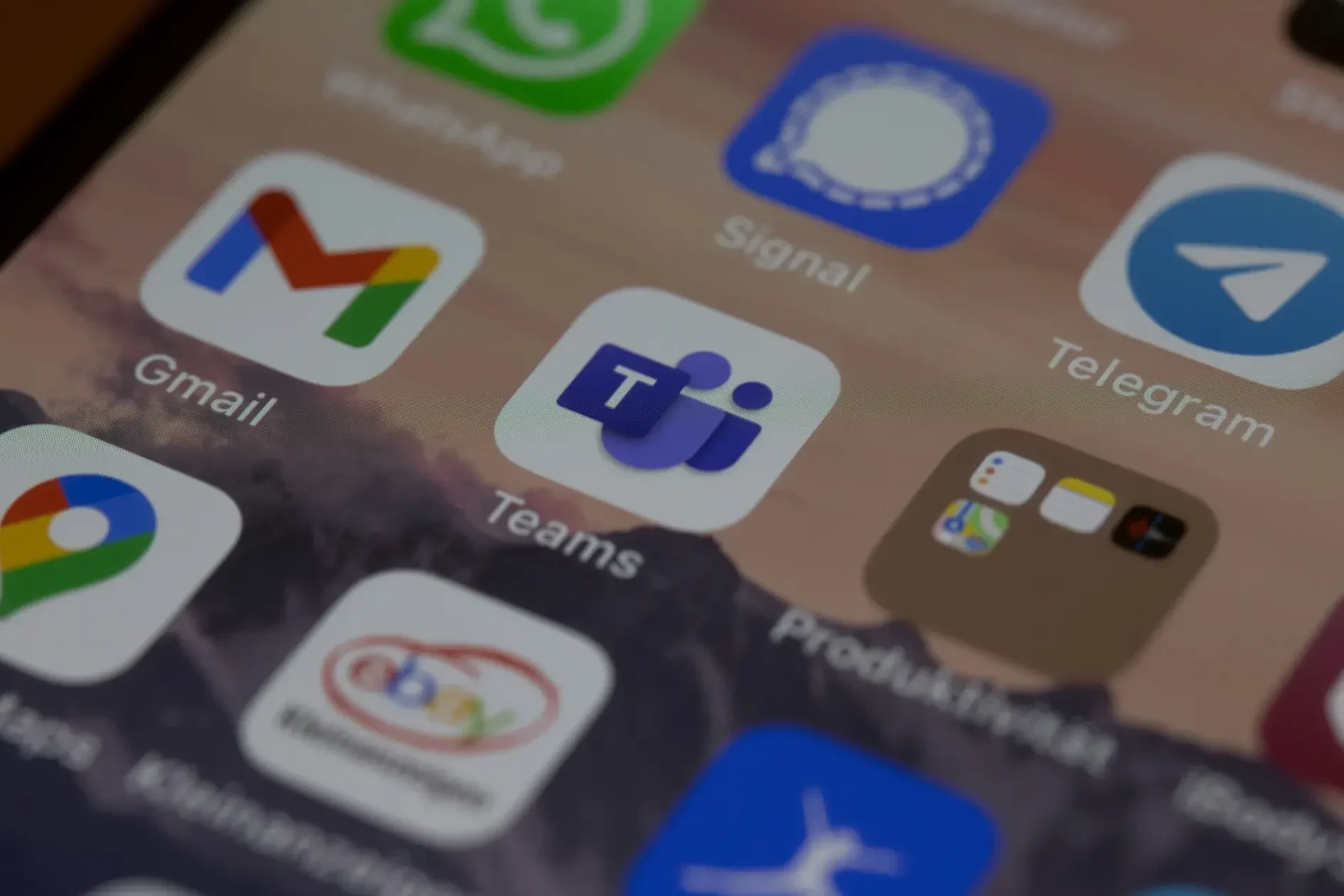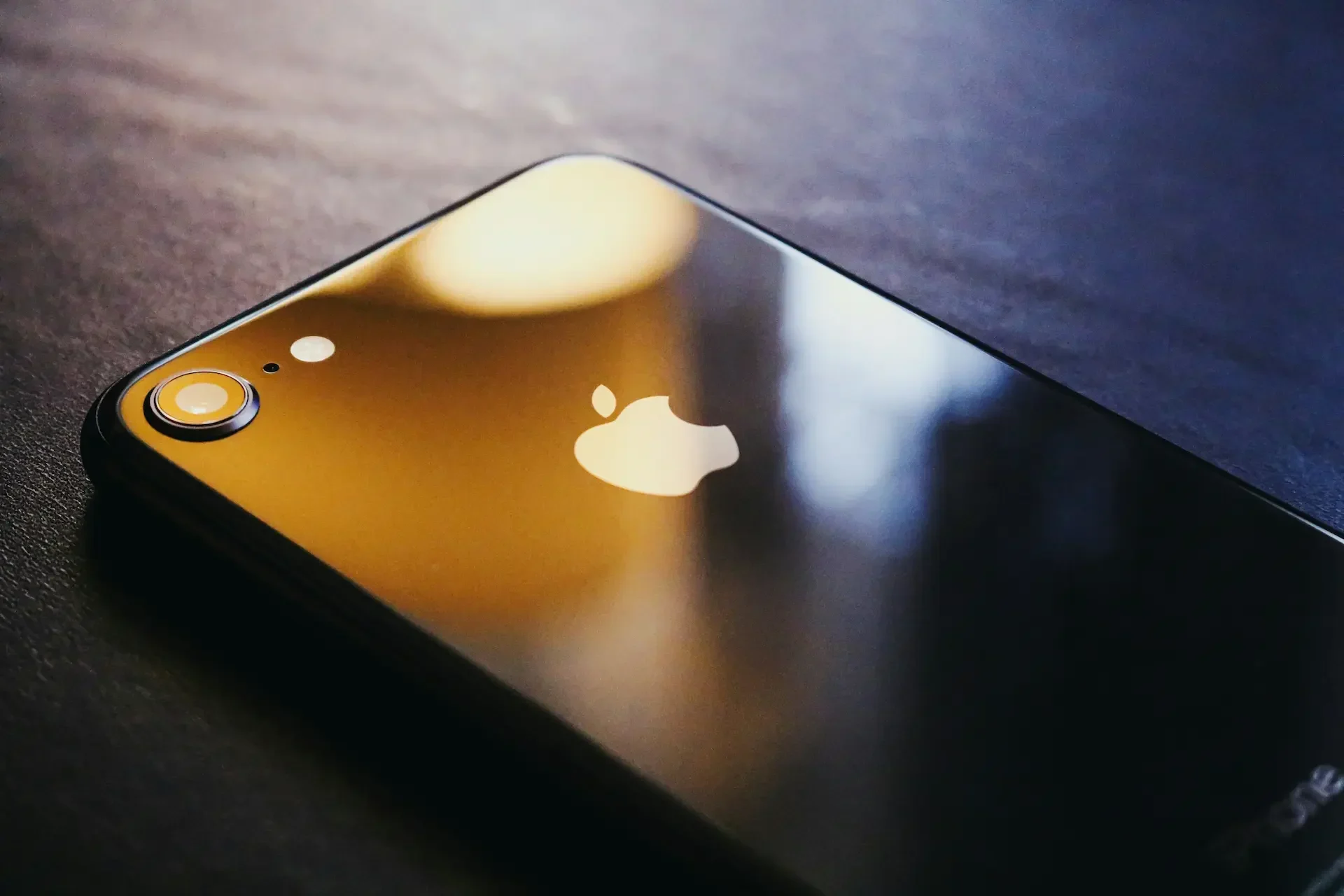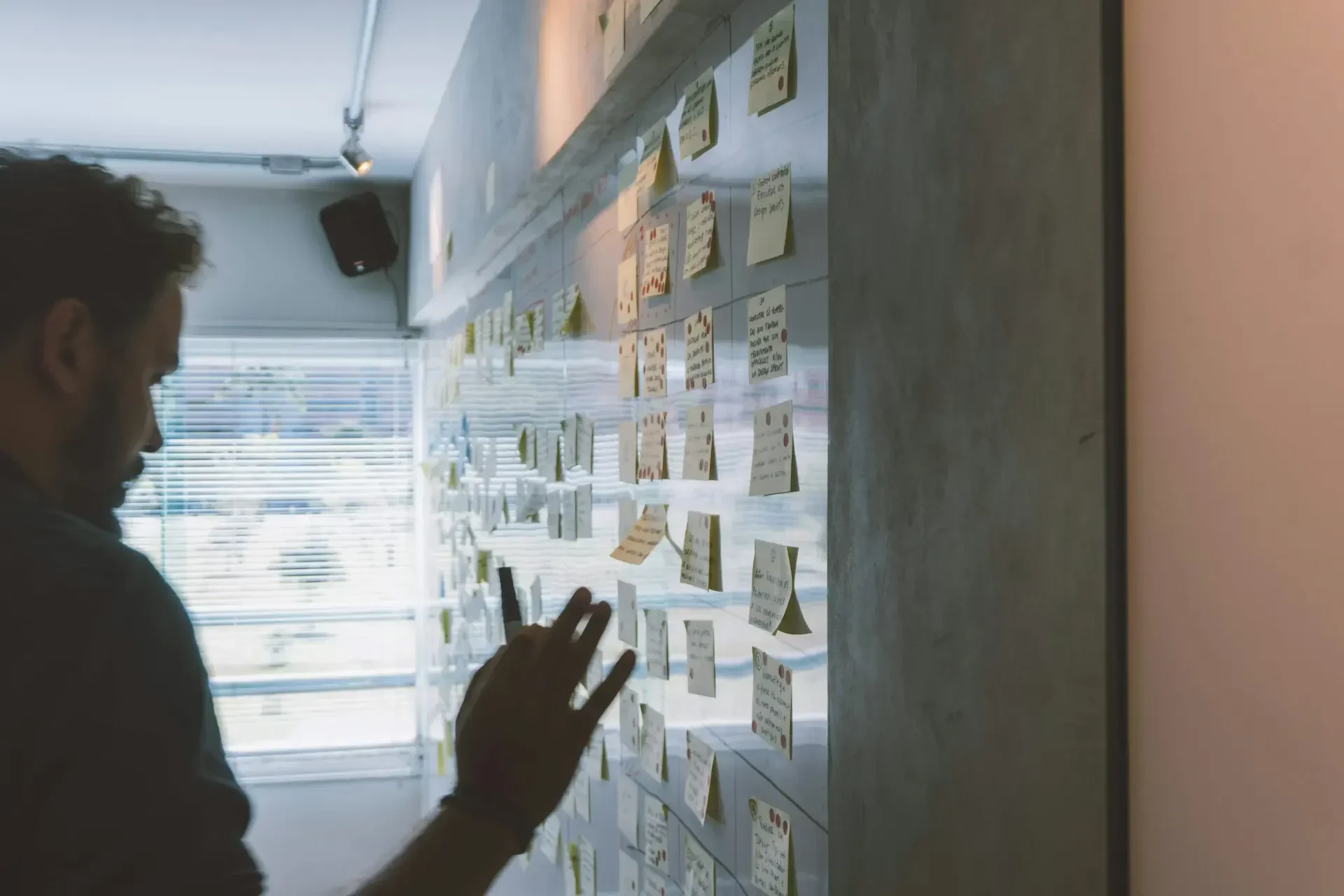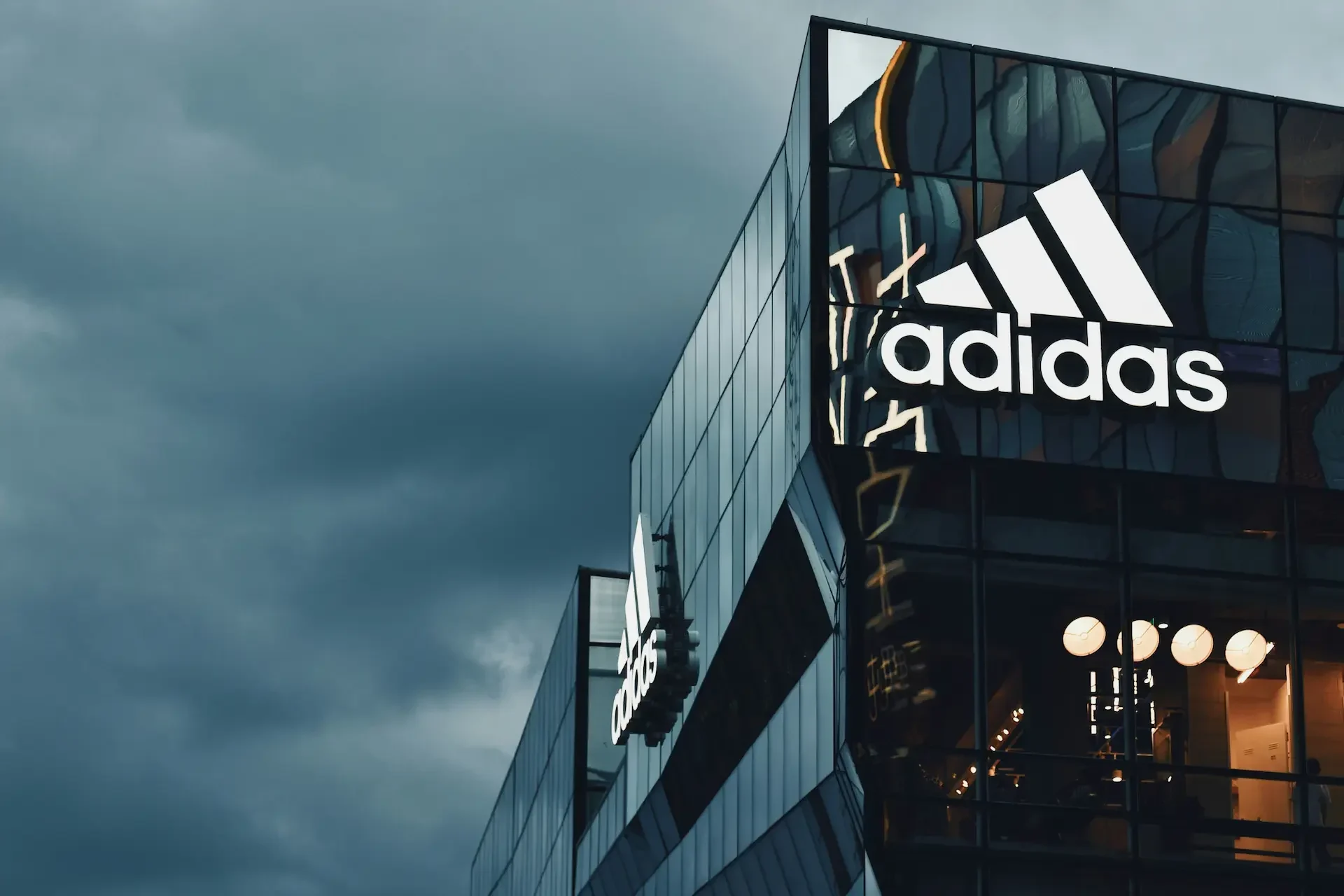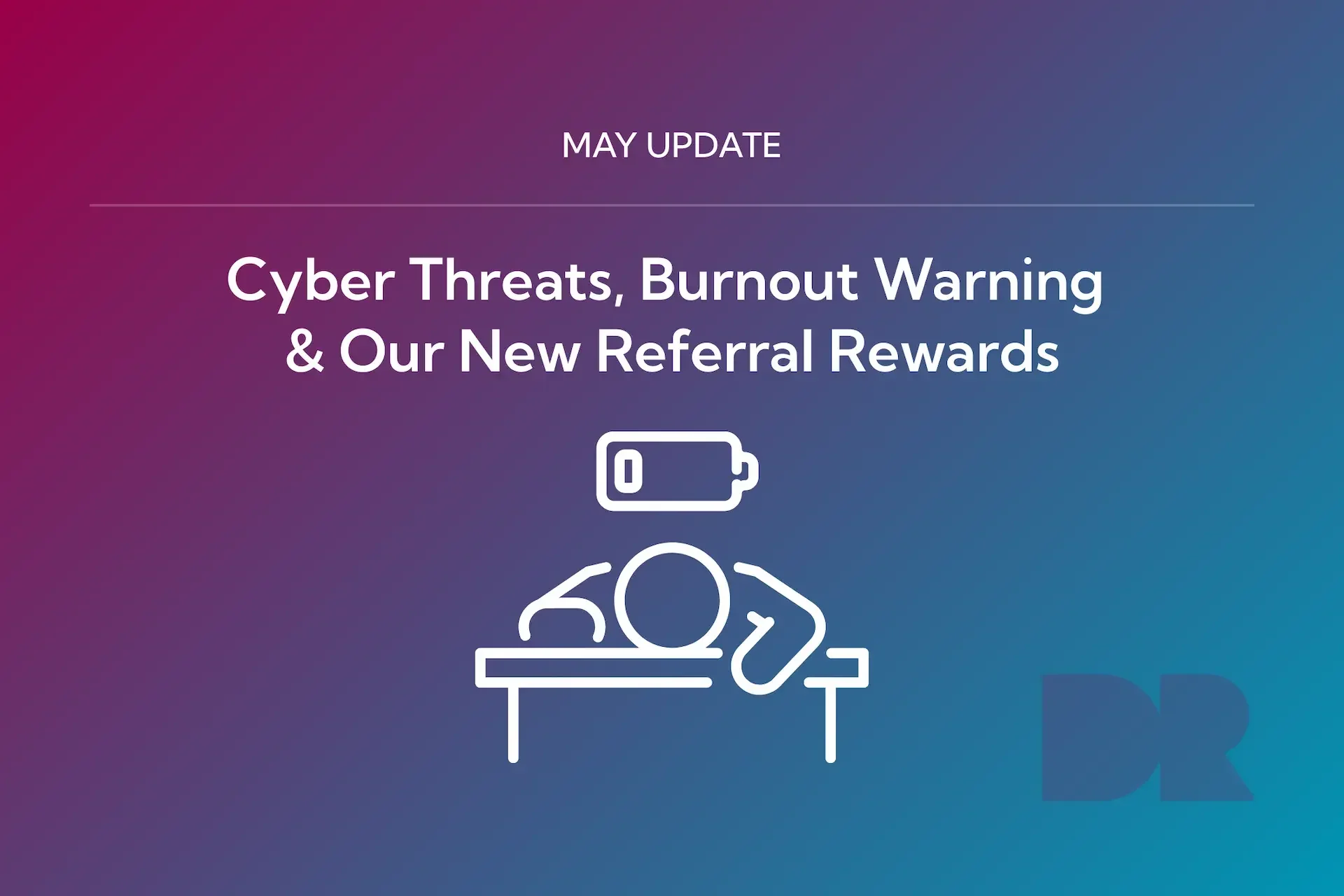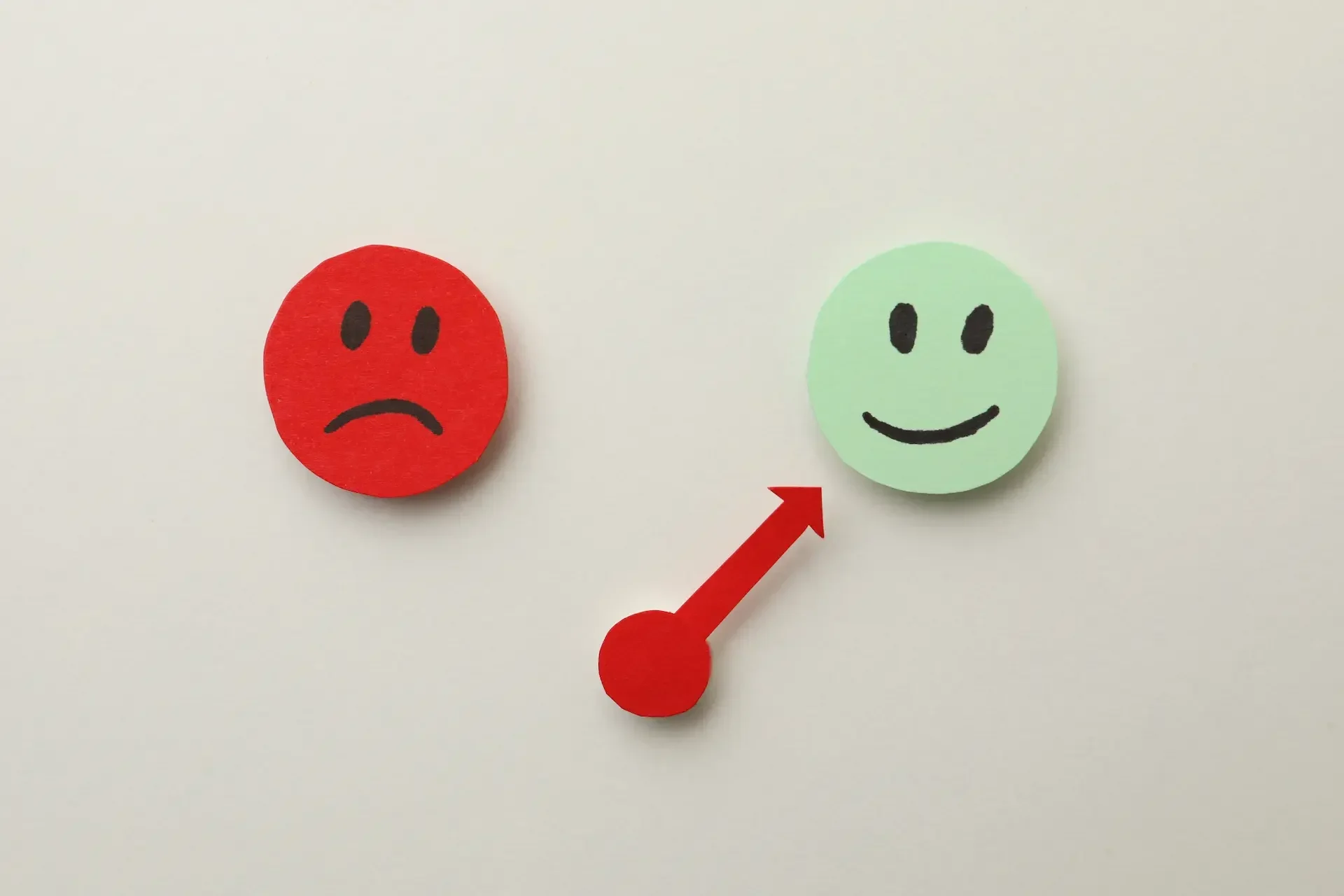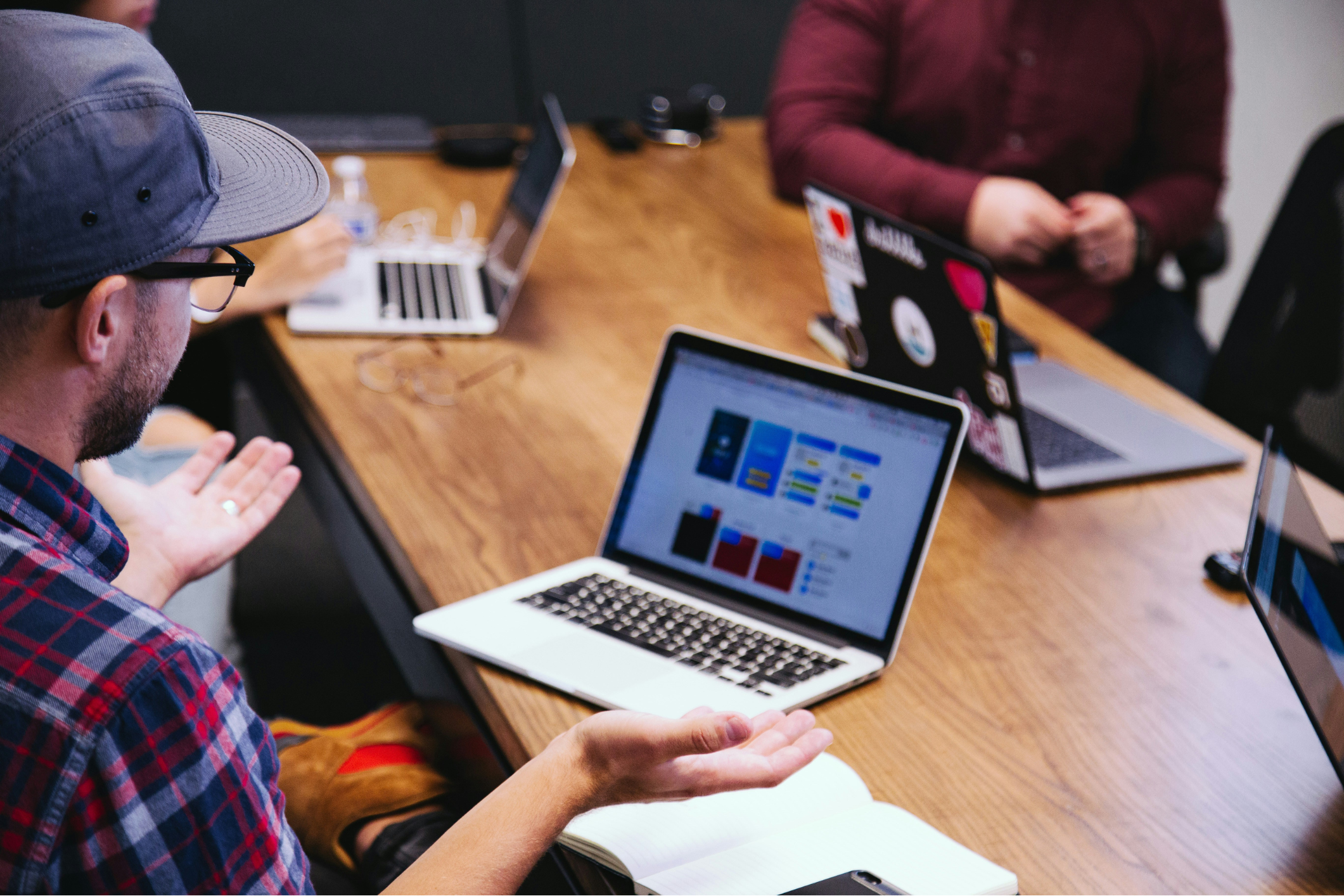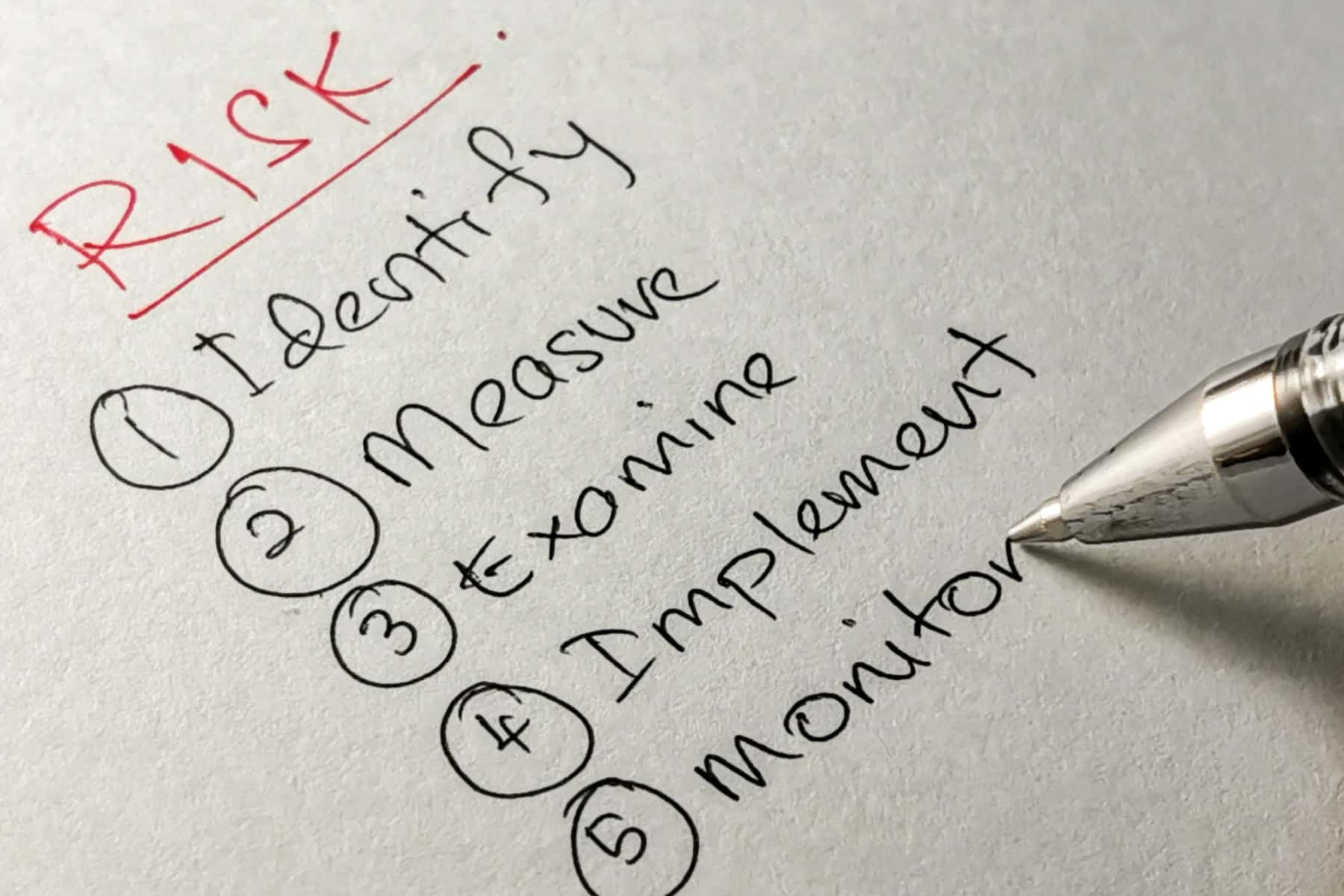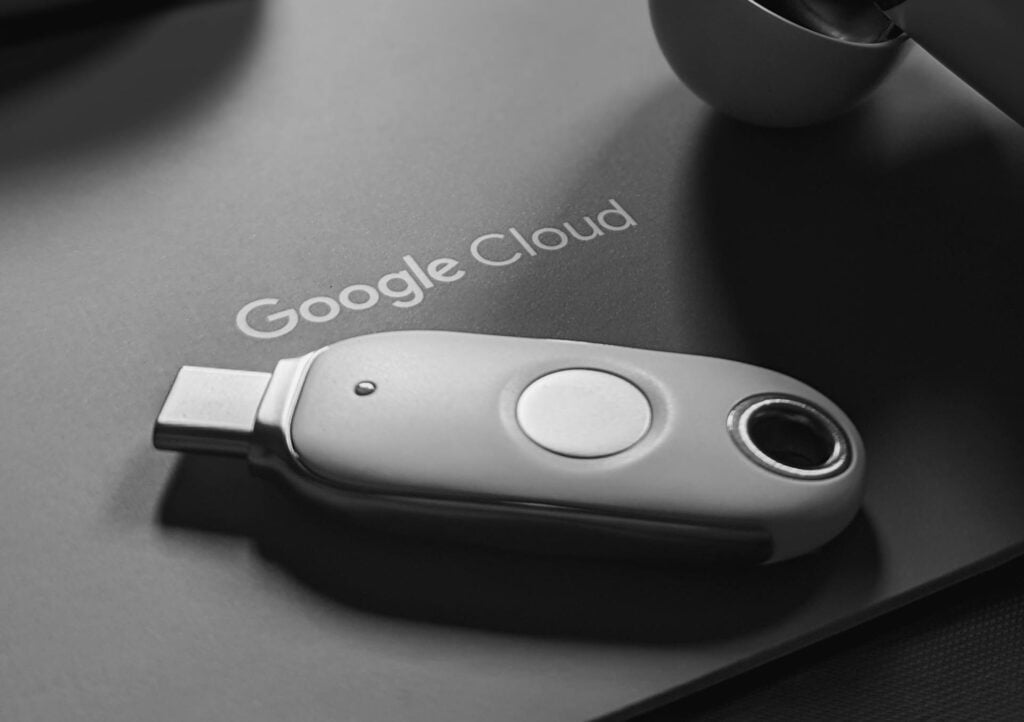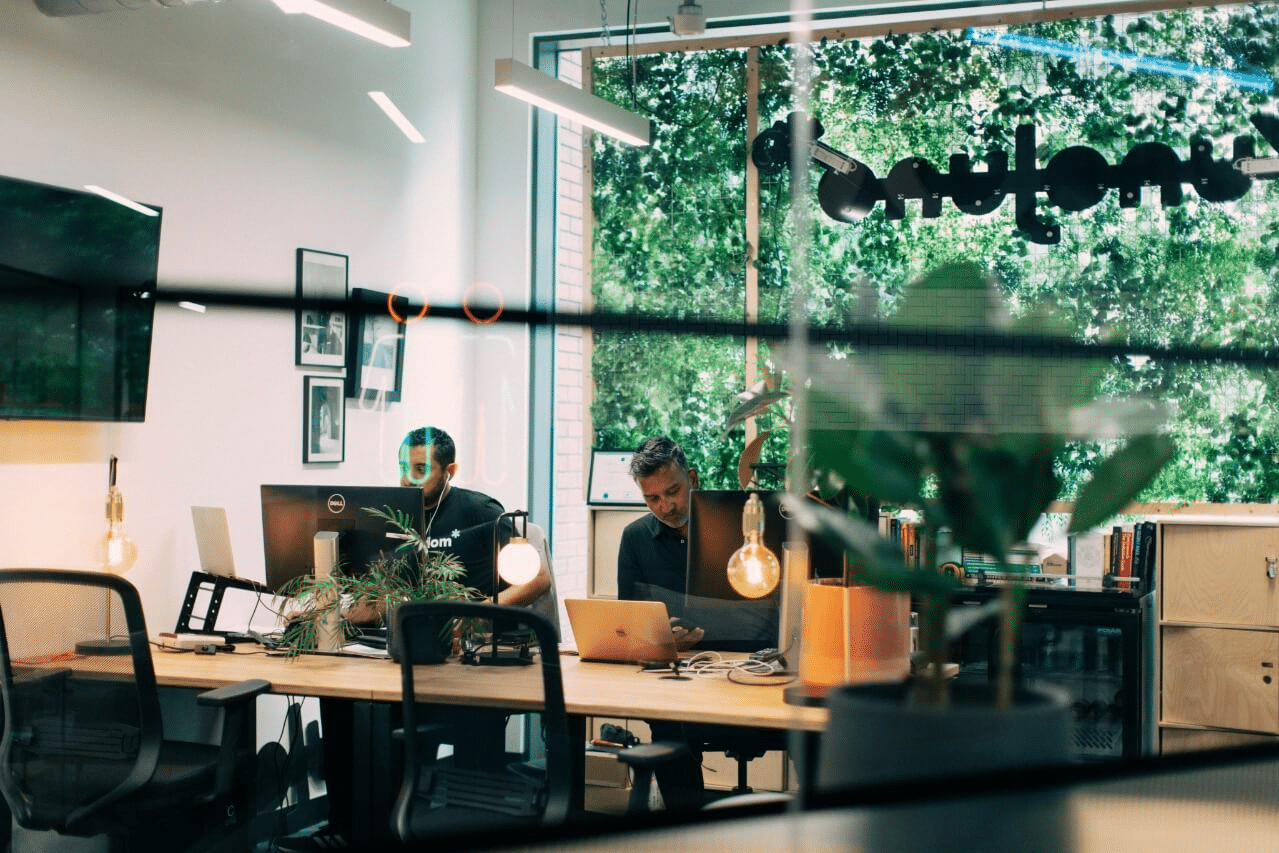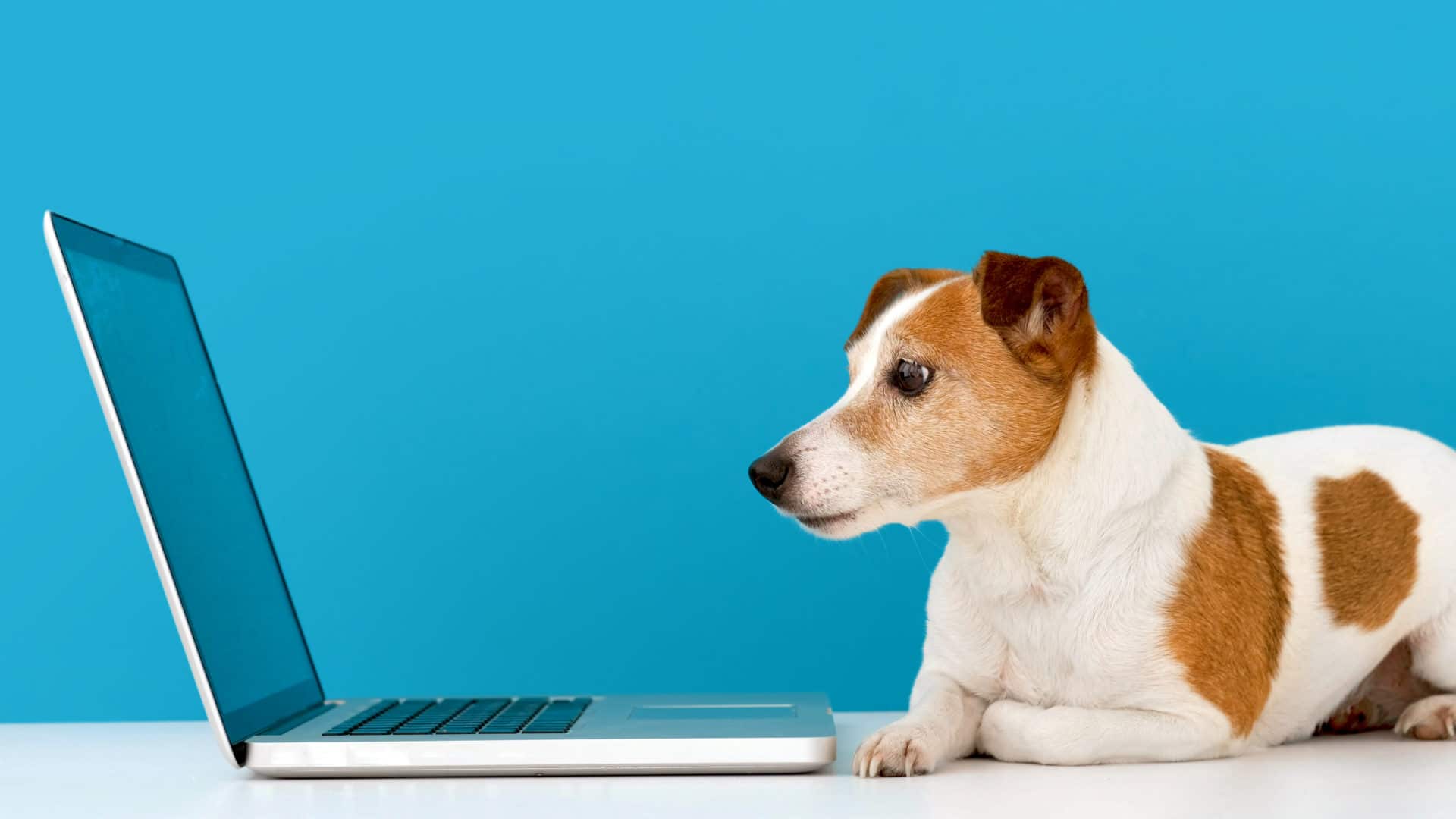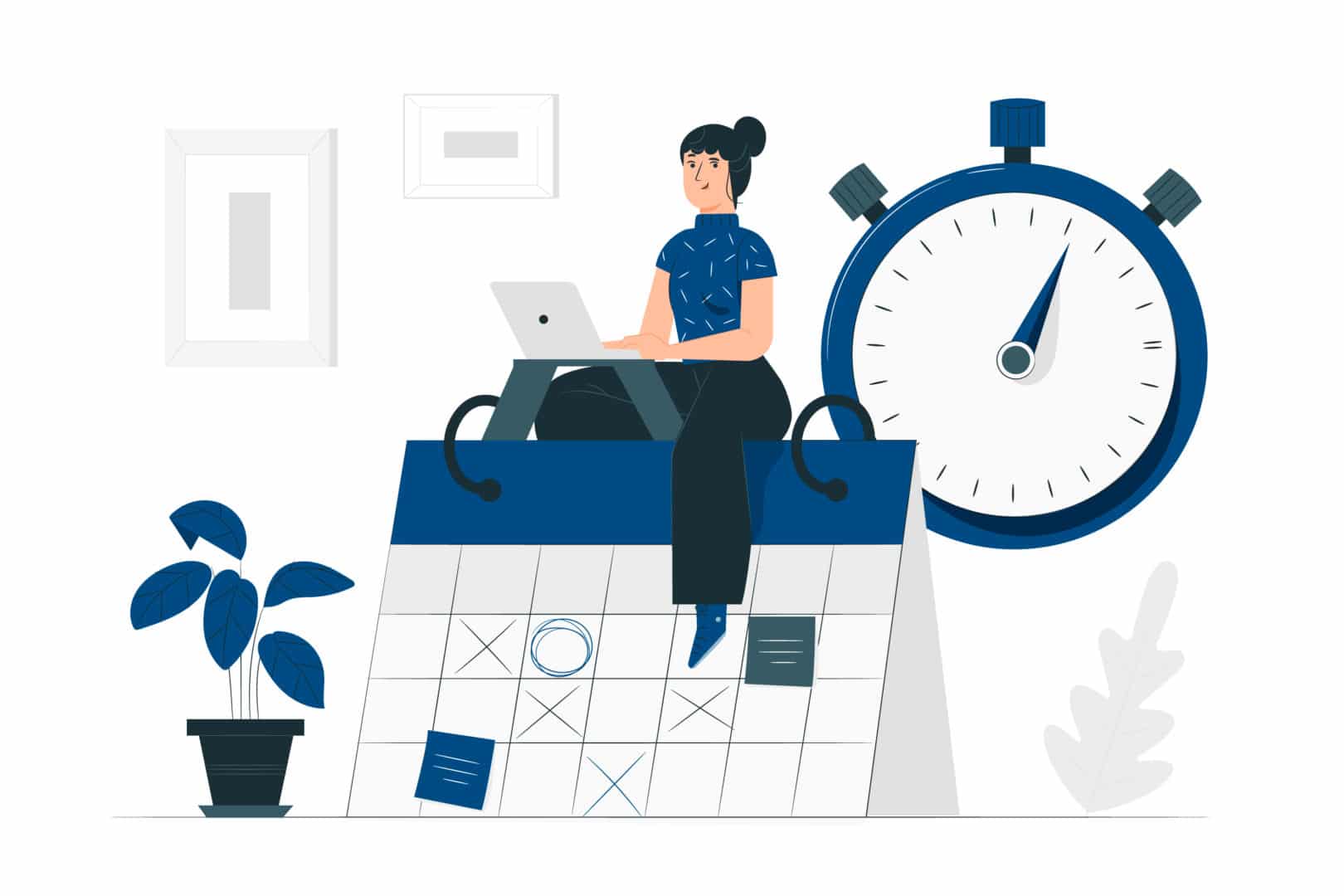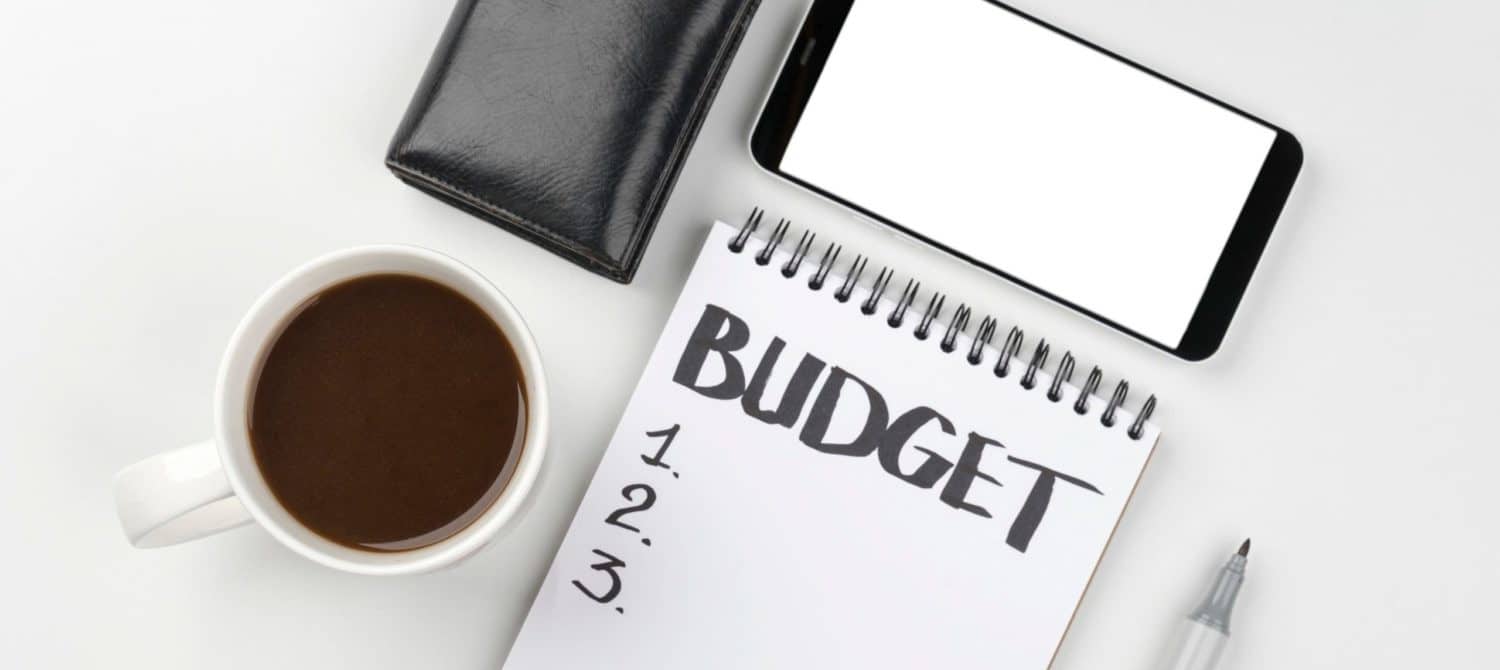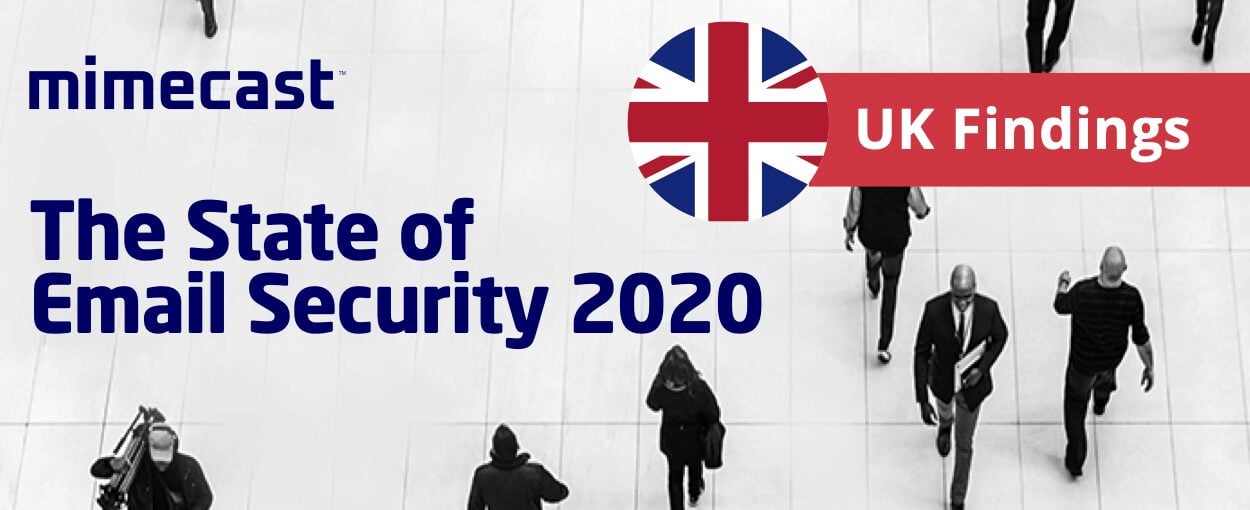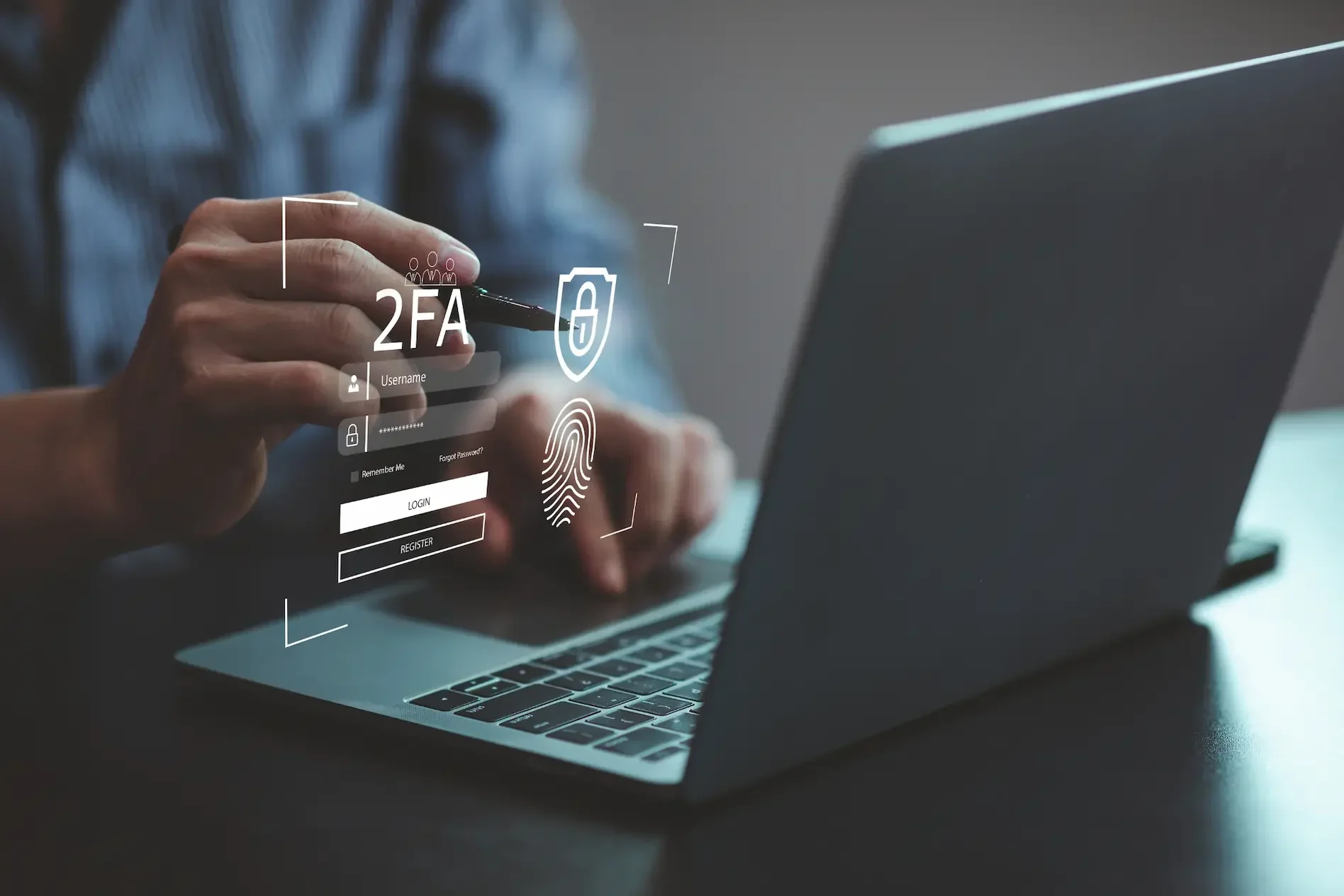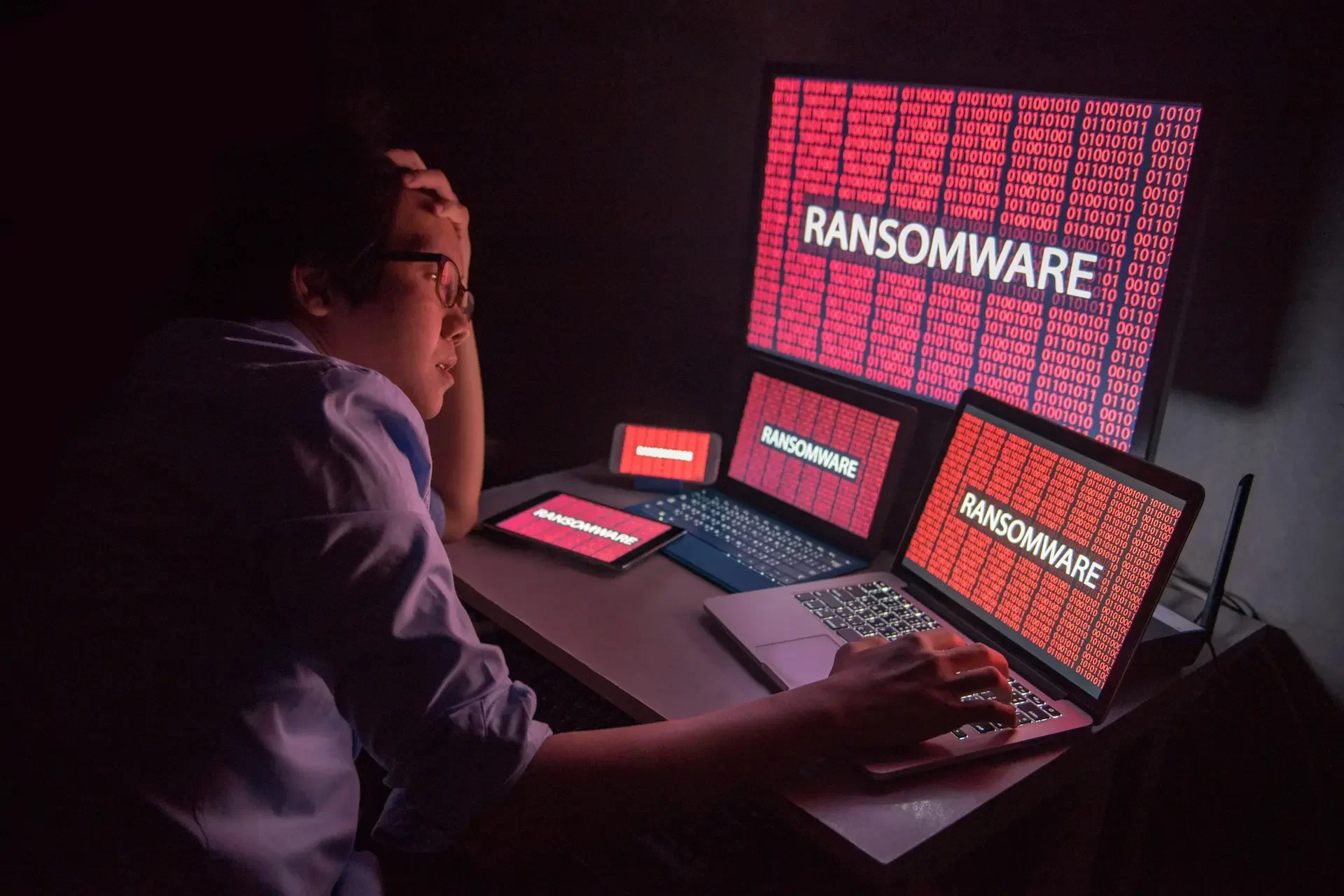Creative teams thrive on collaboration, speed, and flexibility. But the same things that fuel great work – fast file sharing, cloud tools, remote access, and external partnerships – also increase your cyber risk.
From lost pitch decks to leaked client data, the consequences of a breach go far beyond IT. They disrupt your work, damage your reputation, and put your business at risk.
In this article, we break down the biggest cyber threats facing creative and collaborative teams – and how to protect your people, your work, and your clients without slowing things down.
Why Creative and Collaborative Teams Are at Risk
Creative businesses – from marketing agencies and PR firms to design studios and architecture practices – are rich in high-value intellectual property, fast-moving collaboration, and cloud-based workflows. That makes them a growing target for cyber criminals.
Here’s why:
- You work fast. Deadline pressure can lead to security shortcuts or shadow IT.
- You collaborate constantly. Working with clients, freelancers, and third parties increases your attack surface.
- You rely on cloud tools. SaaS platforms and shared drives can be exploited without proper security in place.
- You create valuable IP. Pitch decks, branding work, strategy docs, and campaign assets are all high-value targets for cyber theft or ransomware.
“90% of breaches involve human error – and in fast-paced creative environments, it’s easy to make mistakes.”
Cyber criminals don’t care how creative you are – they care how exposed you are.
1. Social Engineering: When Hackers Target Your People
Creative teams are often fast-moving and highly trusting – and attackers know it. Social engineering tricks people into giving up access or information, often by pretending to be a colleague, client or supplier.
Real-world risks:
- A fake client email asking for access to a shared drive
- A spoofed Slack message asking you to approve a payment
- A convincing login page that captures your password
2. Mobile Devices and BYOD: Creative Freedom, Serious Risk
Whether it’s a MacBook, iPhone, or personal tablet, creative work happens across multiple devices – many of which aren’t properly secured.
Risks include:
- Lost or stolen devices with unencrypted client files
- Work done on personal devices with no antivirus or monitoring
- Syncing business accounts with insecure mobile apps
3. Third-Party Breaches: When It’s Not Your Fault, But Still Your Problem
Creative teams rely on a huge ecosystem of partners, platforms and tools – but every connection is a potential risk.
Examples:
- A cloud storage provider suffers a breach exposing your shared files
- A freelance contractor’s laptop is compromised
- A client system is hacked, and you had access to their data
4. File Sharing and Collaboration Tools: Convenience Comes at a Cost
Tools like Google Drive, WeTransfer, and Dropbox are essential – but they’re also common weak points.
Key risks:
- Shared links left open indefinitely
- Old folders still accessible to former freelancers or staff
- Sensitive client files shared without encryption
What helps: MFA, access audits, link expiry policies, and proper controls for external sharing.
5. Over-permissioned Users and Old Accounts
It’s common in creative teams to give everyone access to everything. It’s faster, right? Until something goes wrong.
What can happen:
- A compromised intern account exposes your client folders
- A former staffer still has access to campaign assets
- Admin accounts go unused but remain active
Fix it with least-privilege access, automated offboarding, and regular account reviews.
6. Human Error and ‘Workarounds’
Under pressure, people often take shortcuts. That’s when mistakes happen.
Examples:
- Using personal drives or USBs to move files around
- Emailing passwords to a colleague “just this once”
- Ignoring software updates during a busy sprint
Human error causes the majority of breaches – not tech failure.
7. Legacy Systems and Unpatched Tools
Creative teams tend to focus on design, not device updates. But outdated software is a huge security risk.
Why it matters:
- Hackers exploit known vulnerabilities in unpatched apps
- Legacy servers or NAS drives may lack encryption or monitoring
- Unsupported OS versions leave devices wide open
Work with an IT partner who proactively updates, monitors, and secures your entire stack – not just your laptops.
Cyber Security That Protects Creative Work
At Dr Logic, we help creative and collaborative teams secure their work, protect their clients, and keep momentum high.
Whether you’re an agency scaling up, a studio handling sensitive client IP, or a business blending remote and in-office workflows – we’ll help you reduce your risk without killing your creativity.
Cyber security isn’t just about avoiding attacks – it’s about building trust, protecting your output, and enabling better work.
Ready to Secure Your Creative Business?
Let’s make cyber security a creative enabler – not a blocker.
FAQs
What are the biggest cyber security risks for creative teams?
Social engineering, mobile device loss, supplier breaches, file sharing exposures, and human error are all top risks – especially in fast-paced, collaborative environments.
How can we secure our creative tools and platforms?
Implement SSO and MFA, review user permissions regularly, and use encrypted cloud storage with auditing and access controls.
How do I protect client data when using freelancers or third parties?
Use secure file-sharing tools, issue time-limited access, and enforce device protection policies for external collaborators.
What's the best way to improve cyber security without slowing the team down?
Choose cyber-first IT tools and partners that integrate seamlessly with your workflow – not ones that add friction.
Can you support hybrid setups with Macs, Windows, and cloud tools?
Absolutely.
